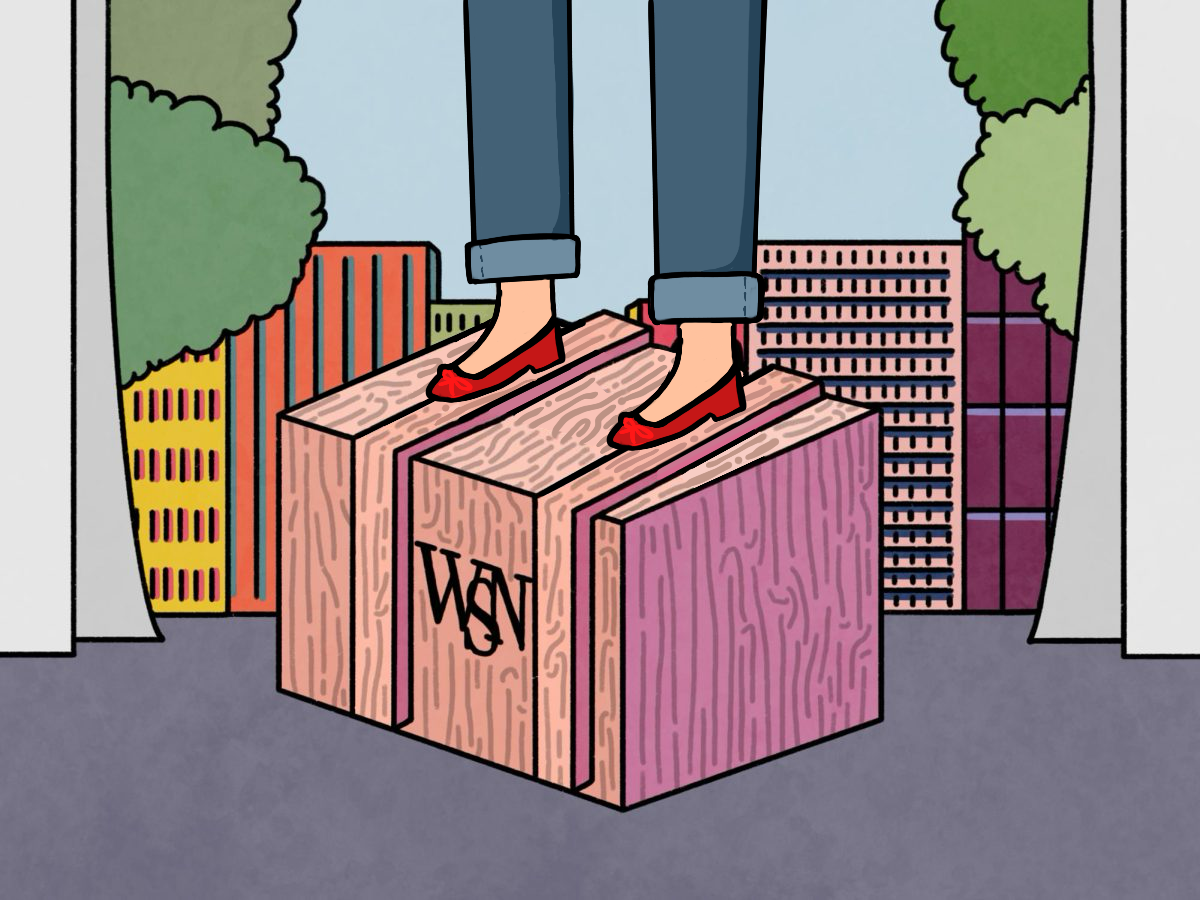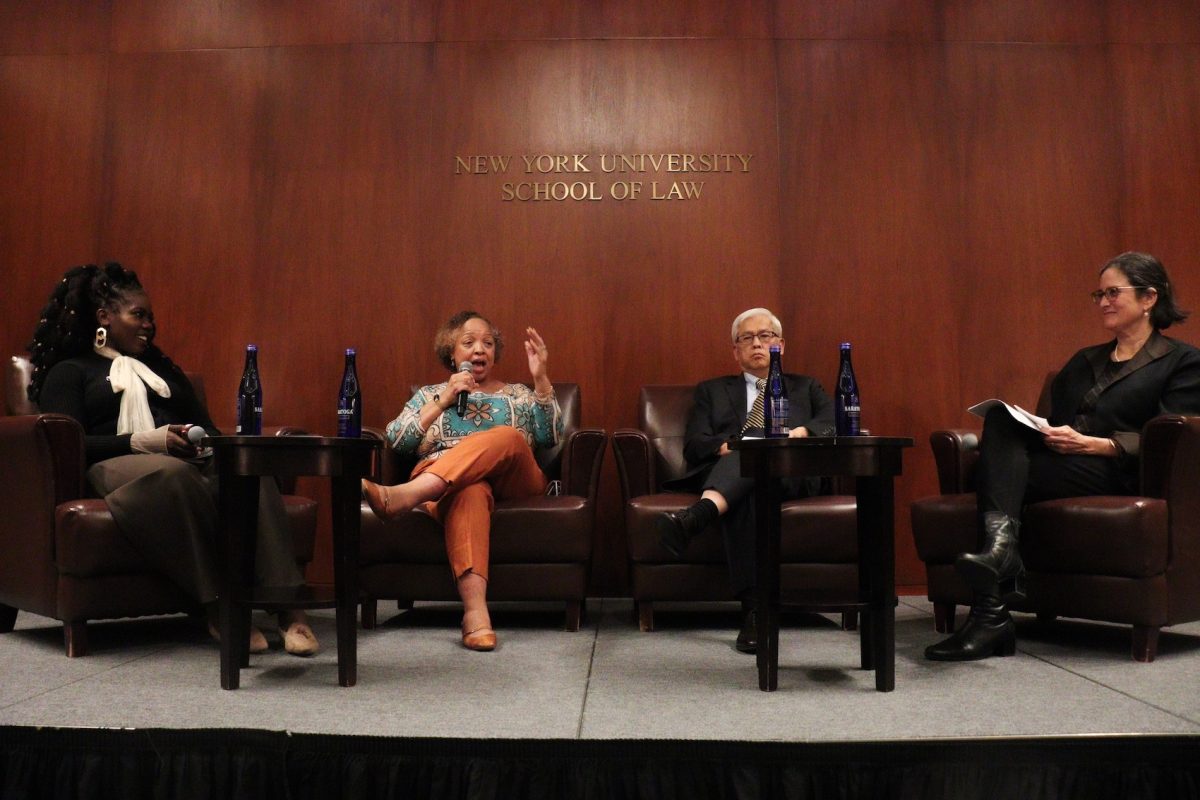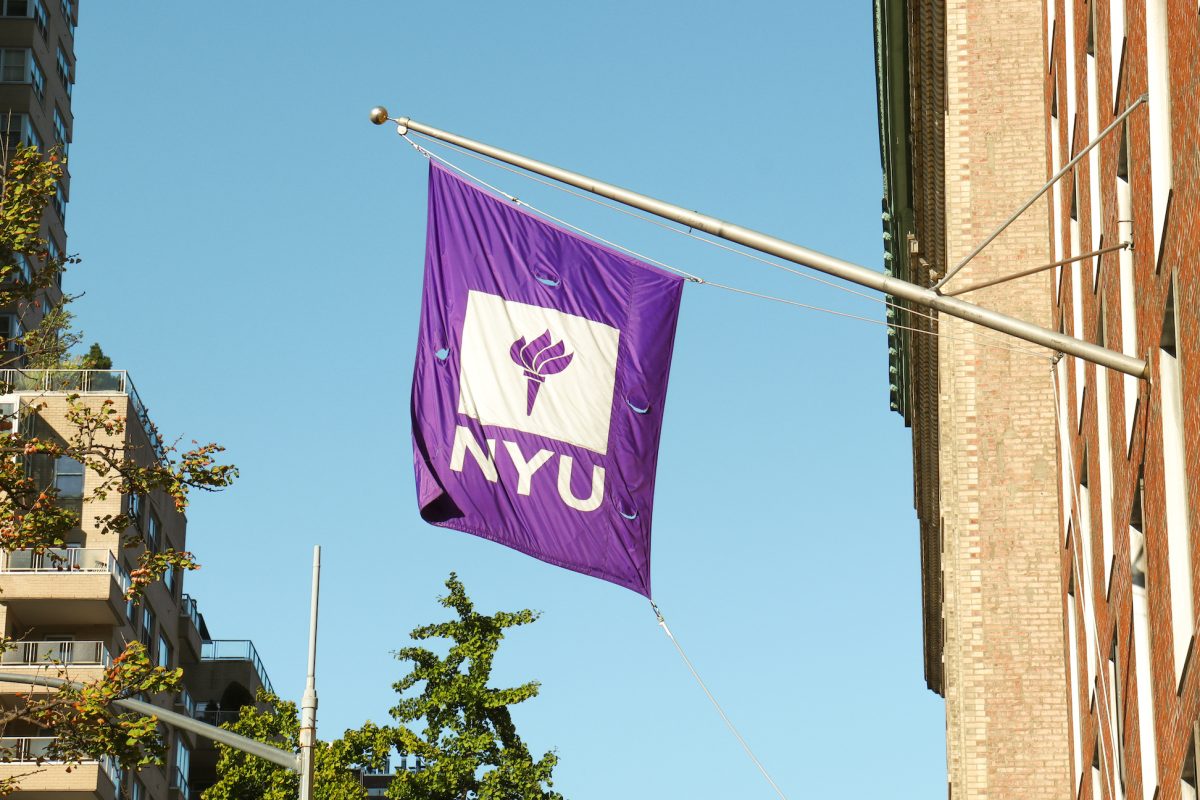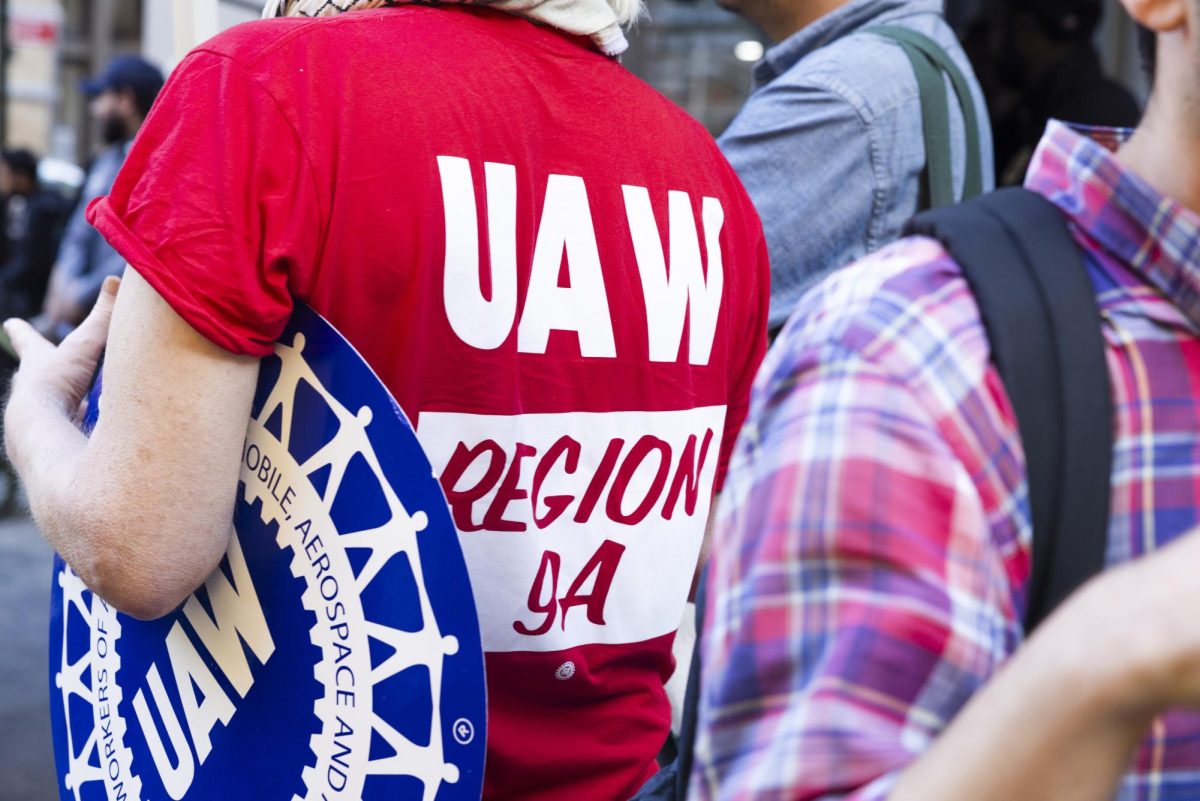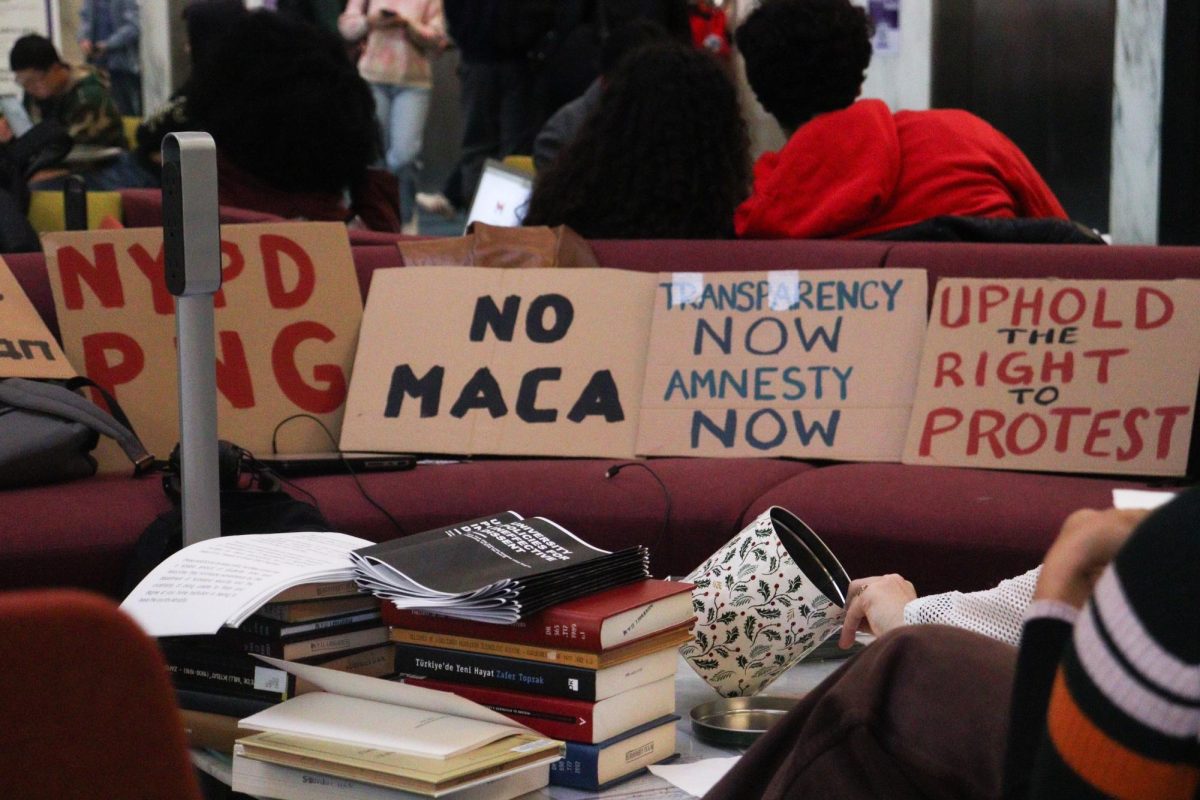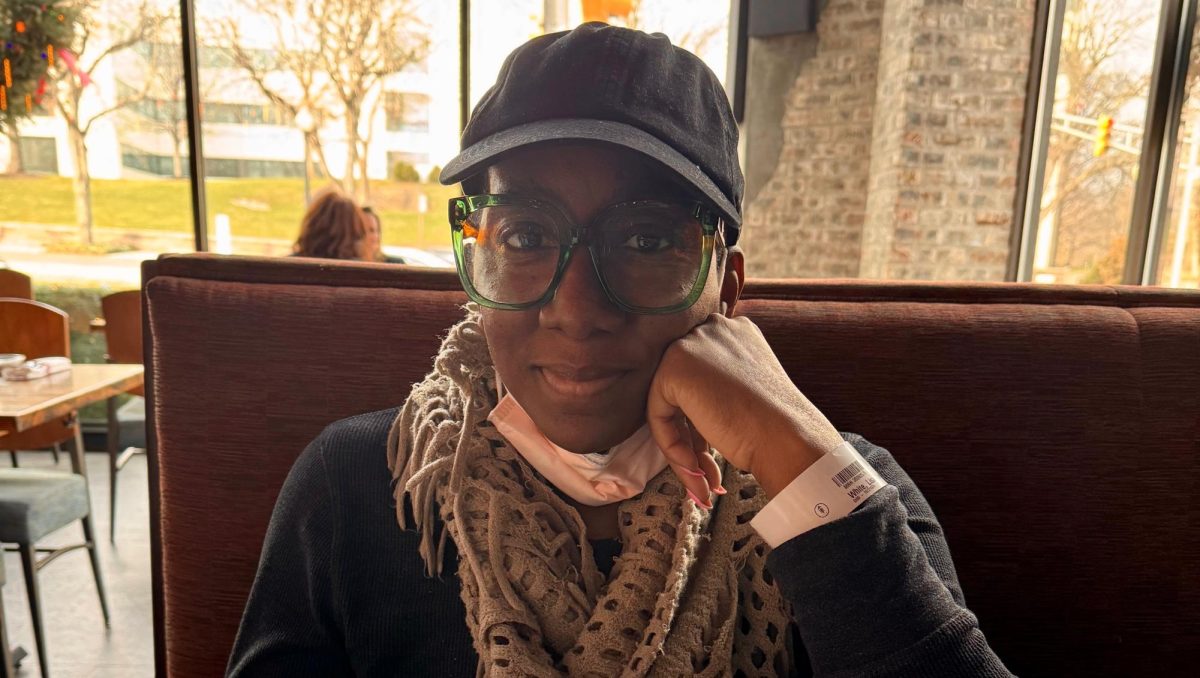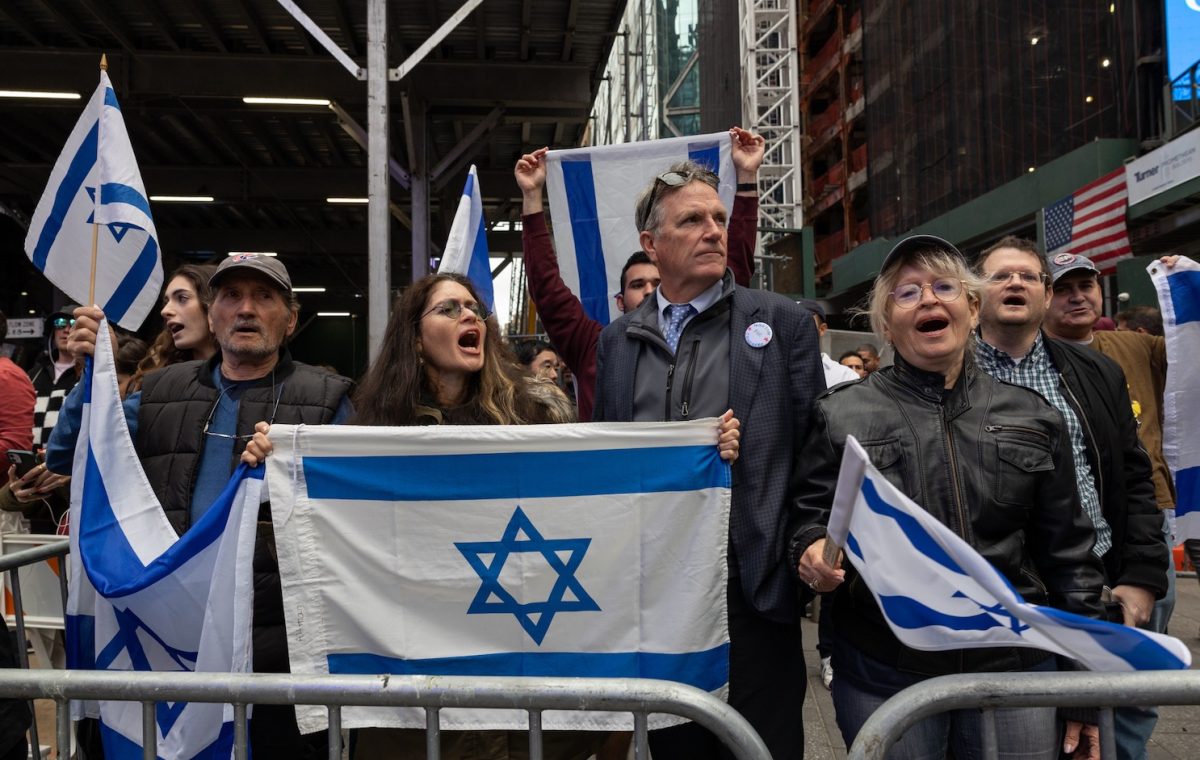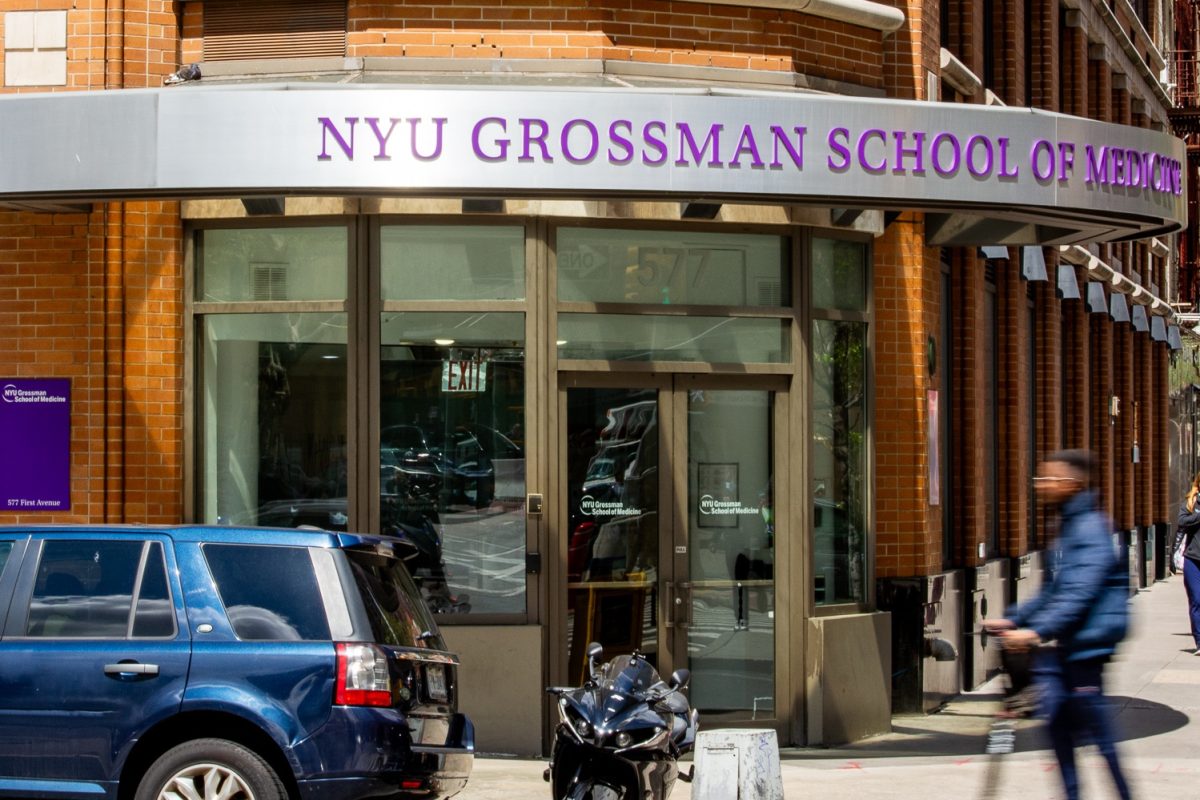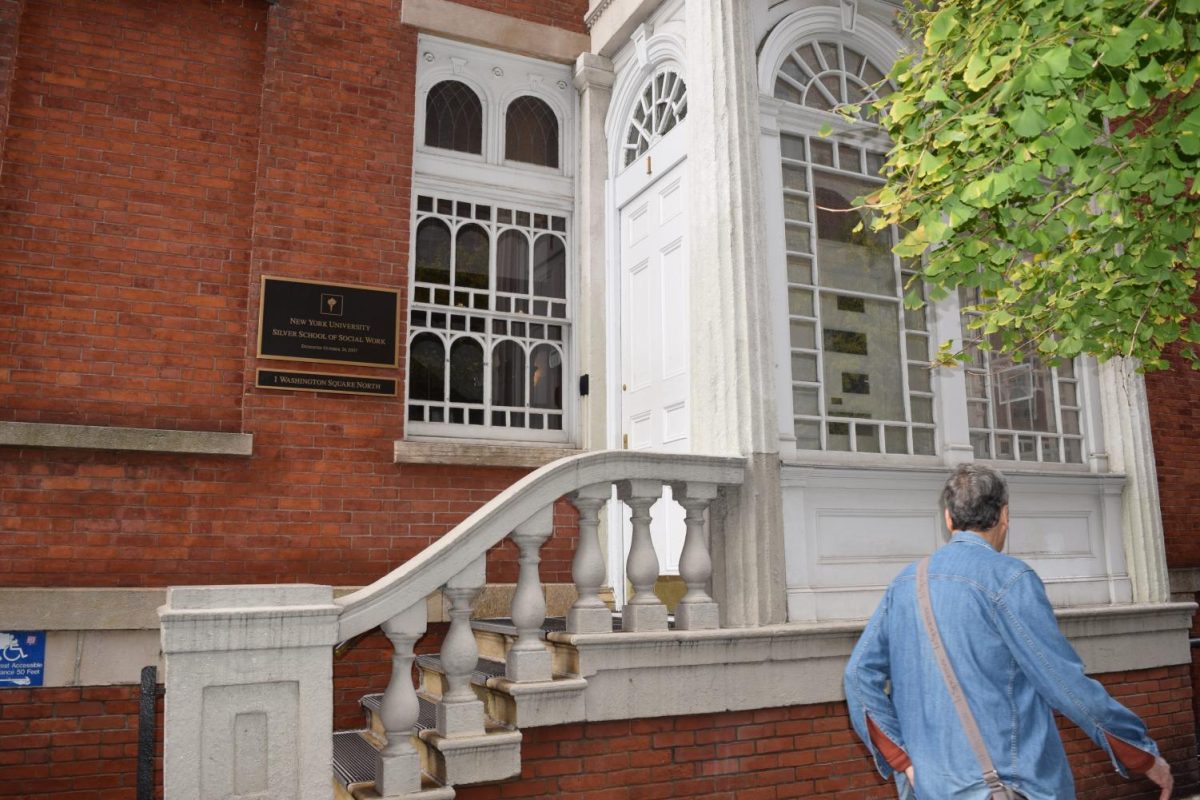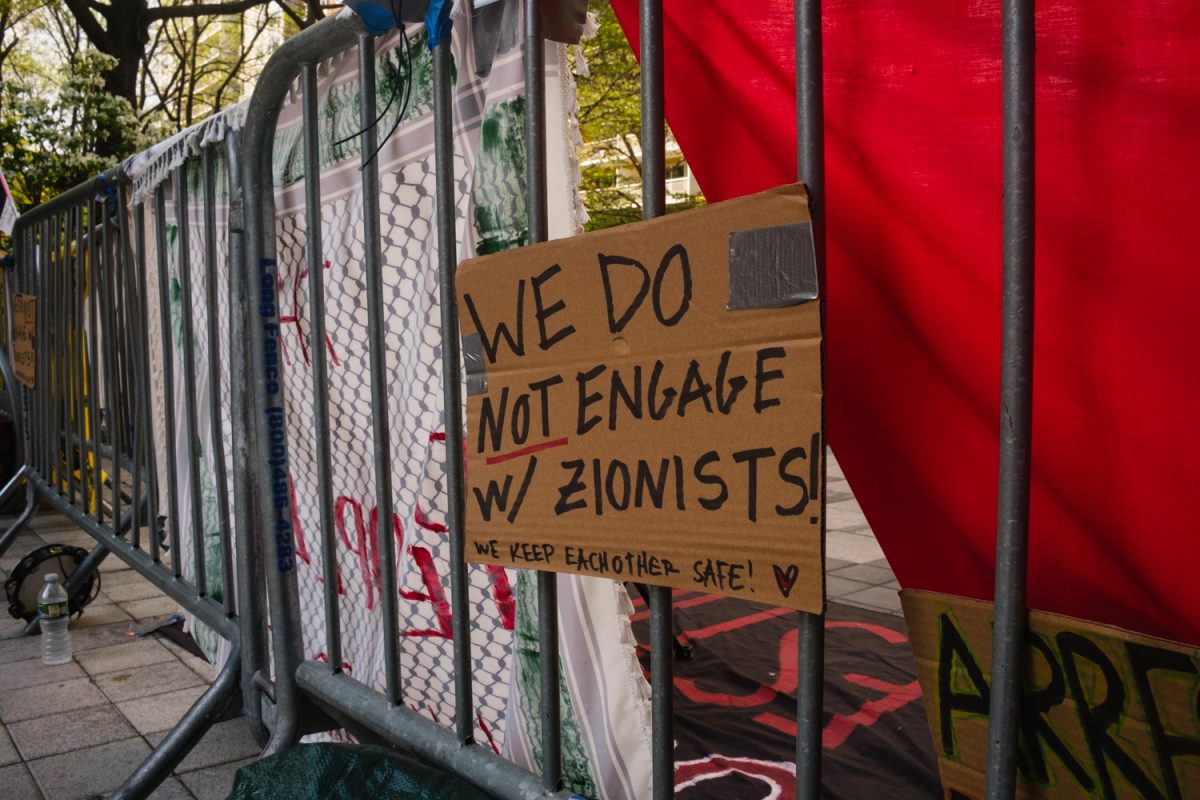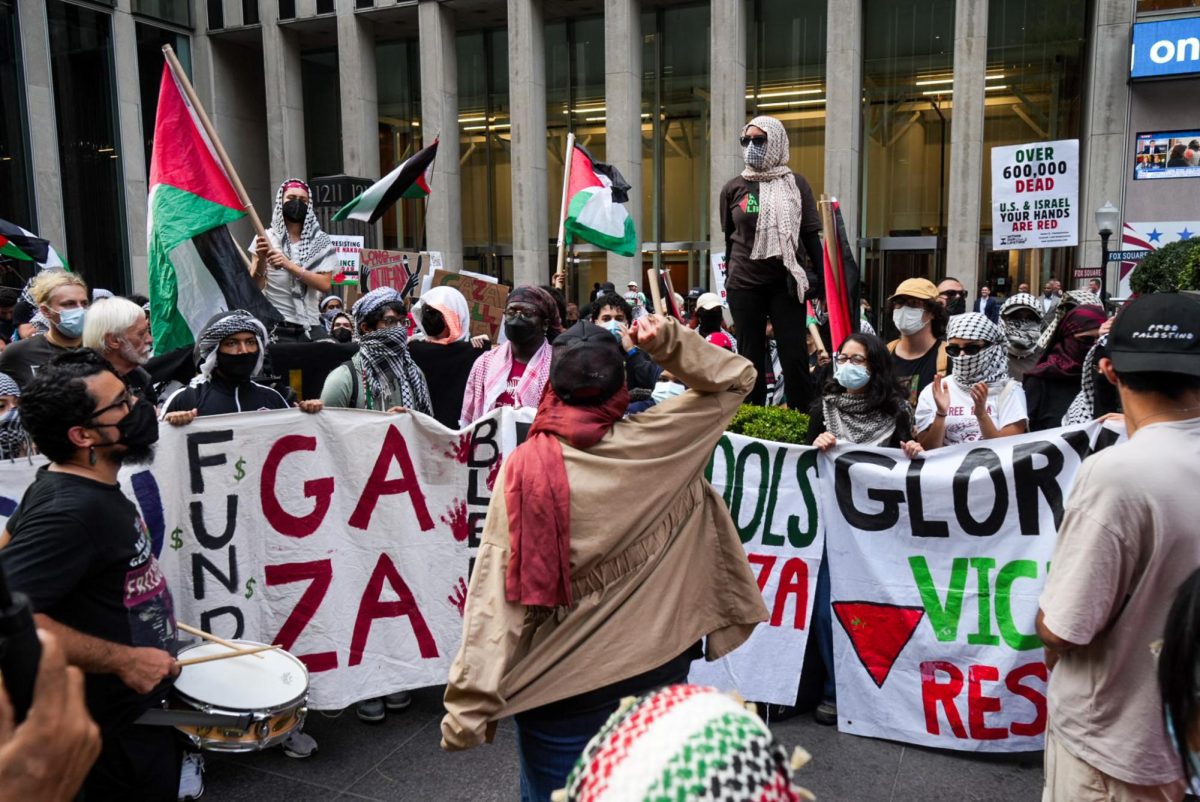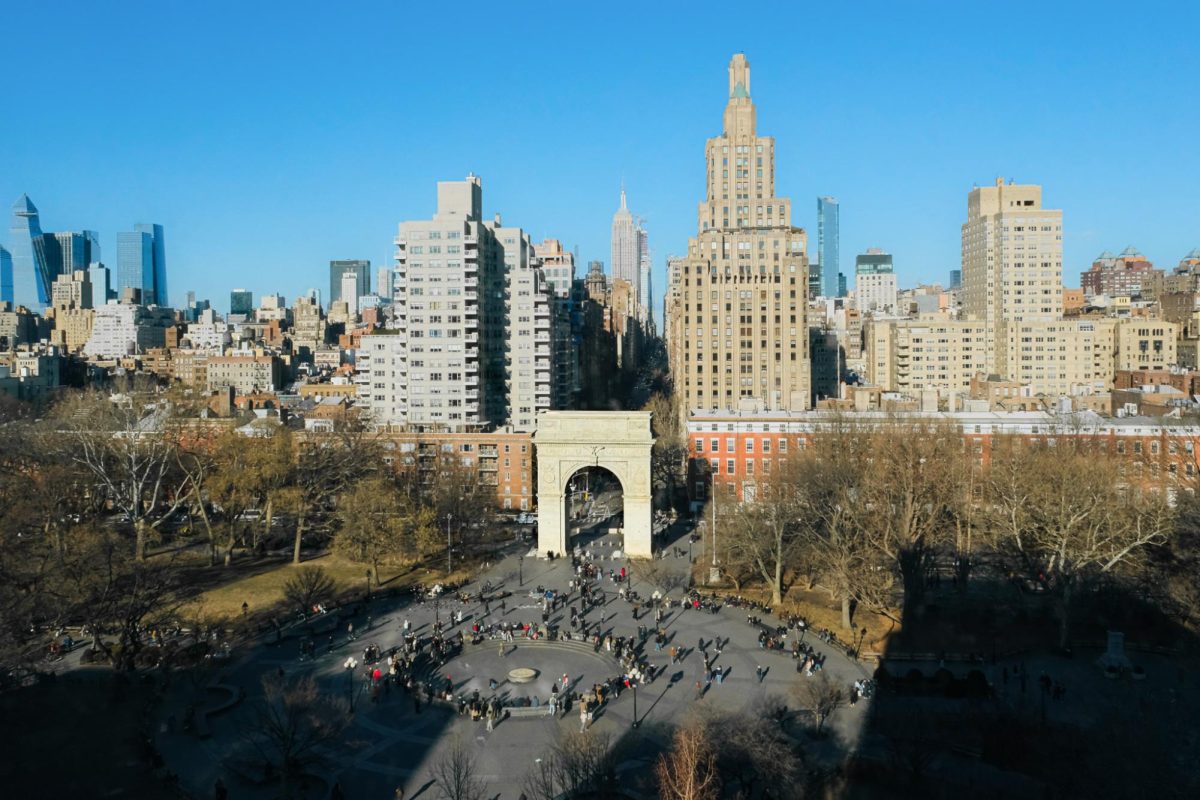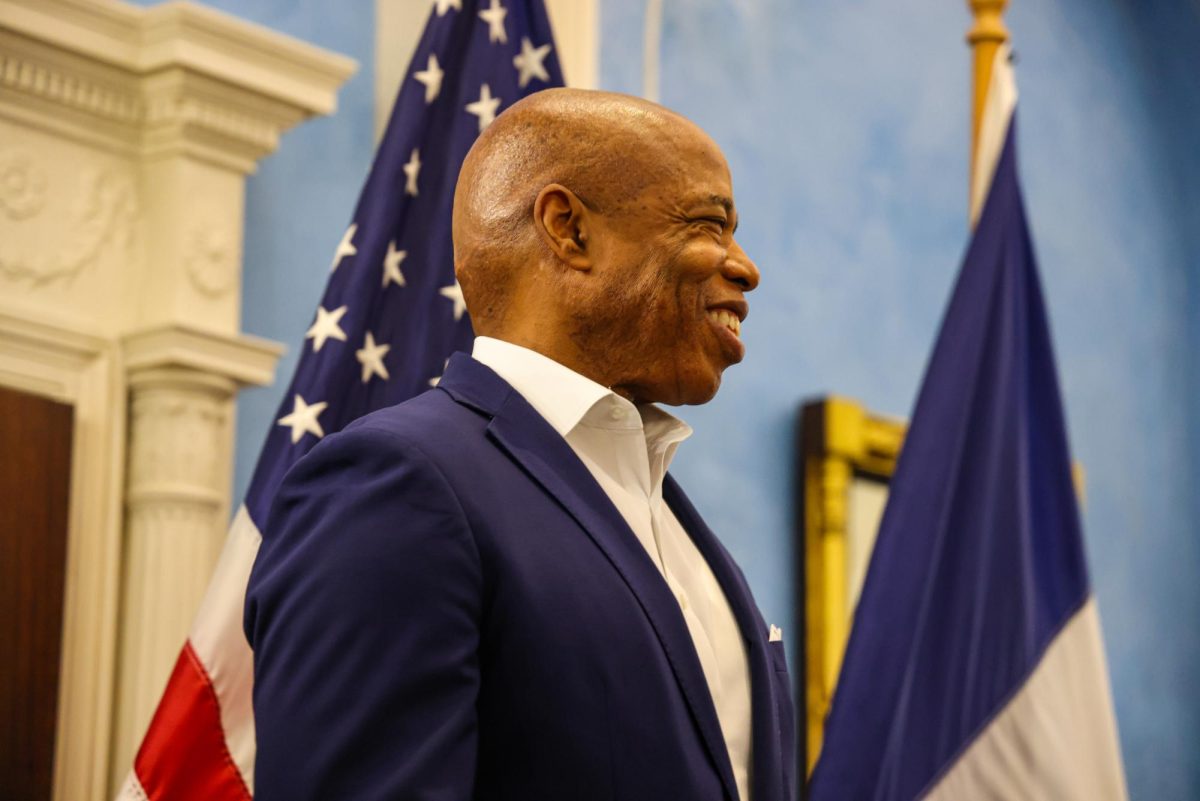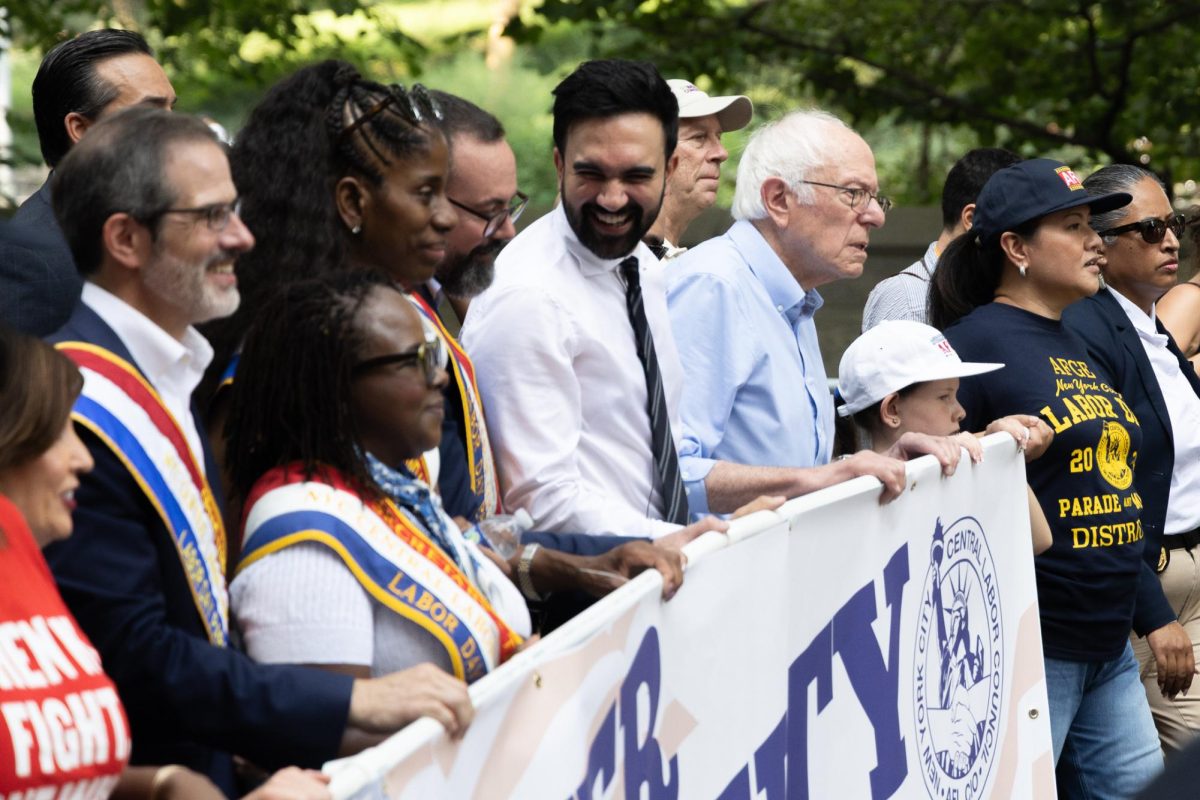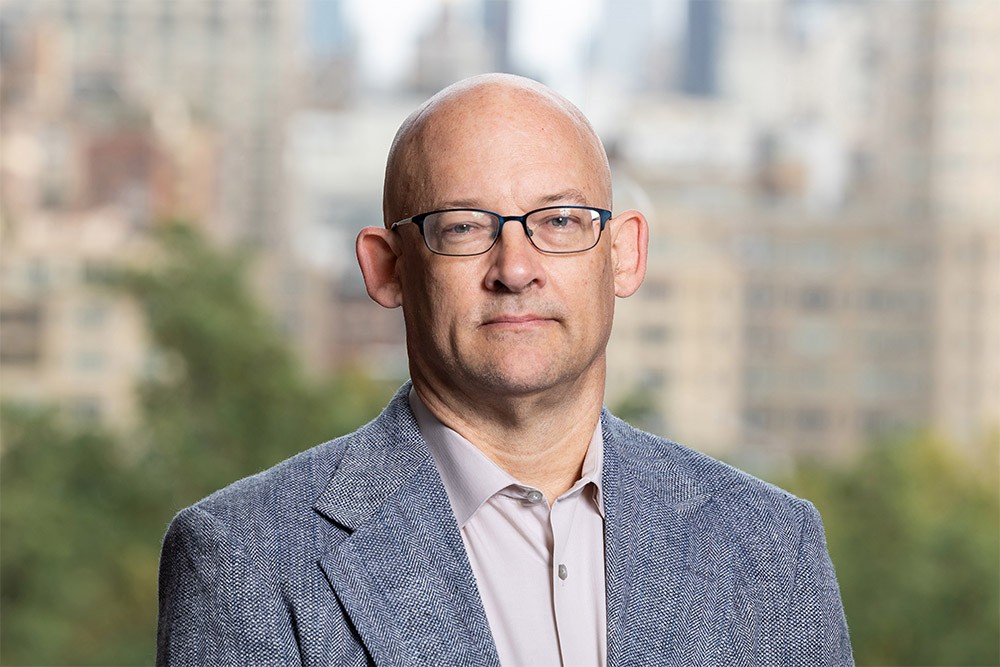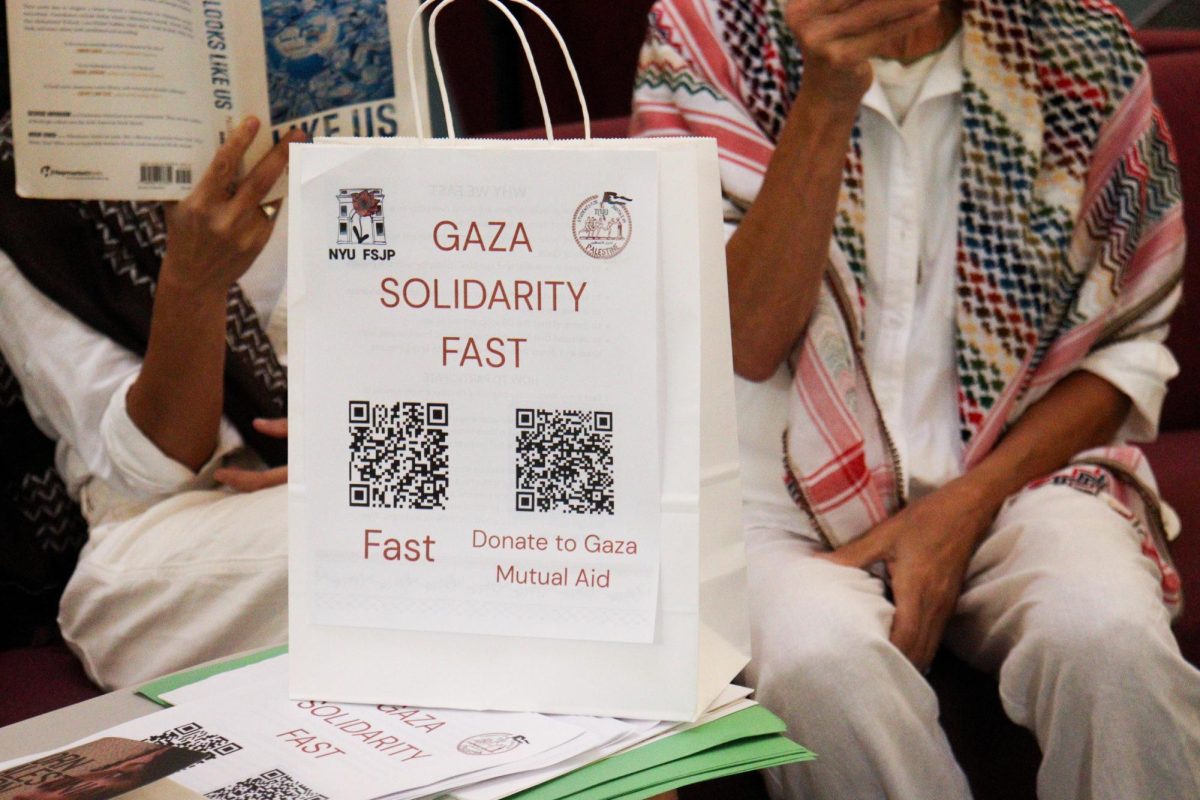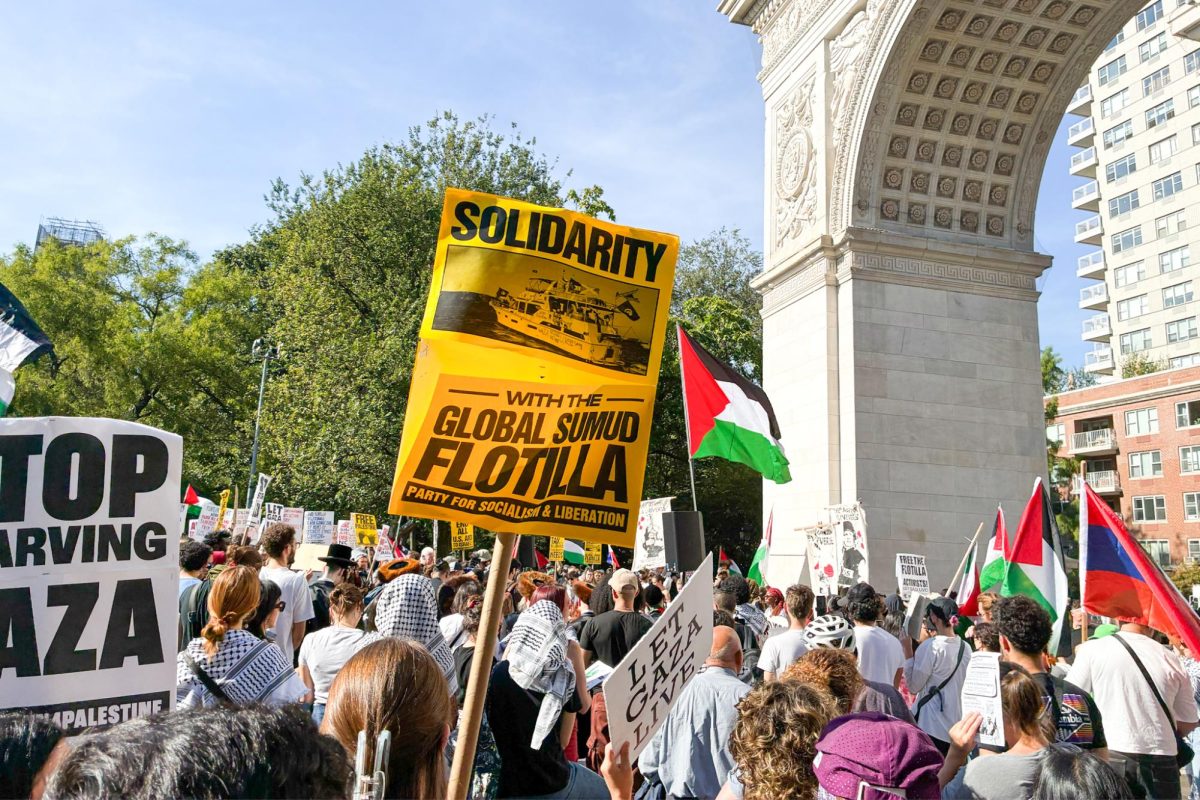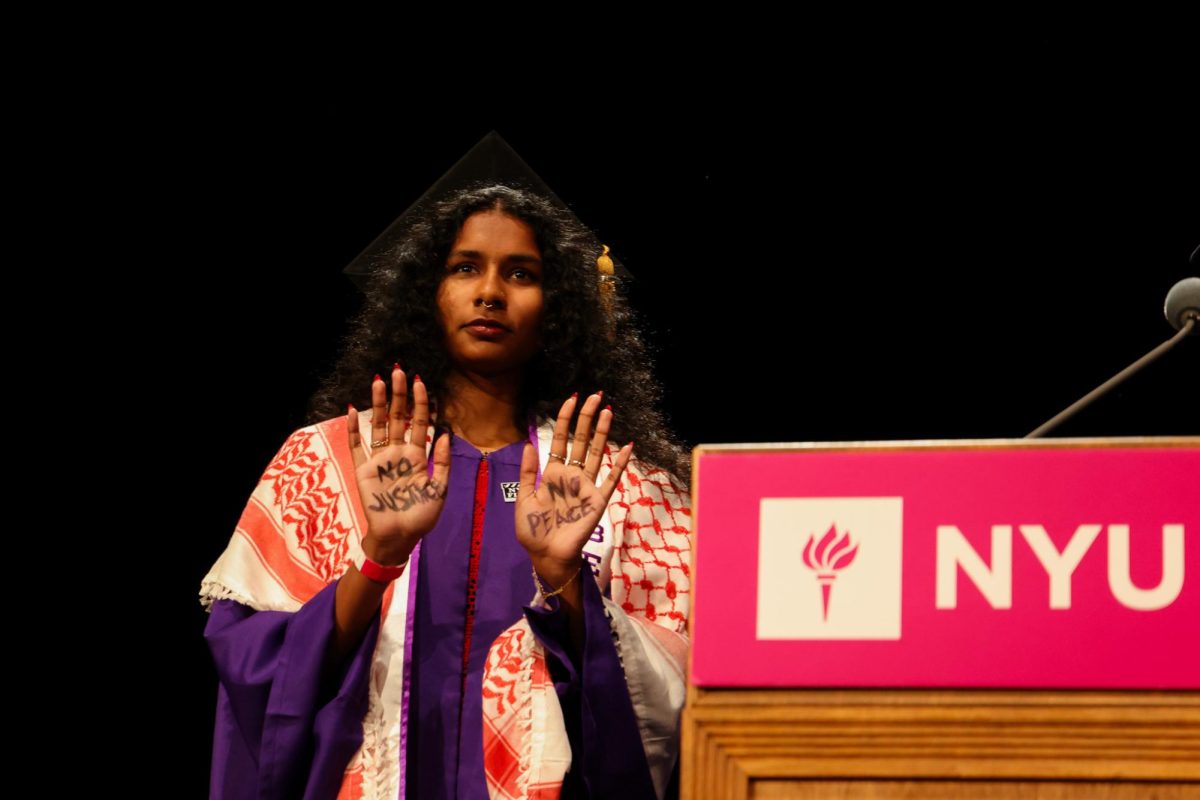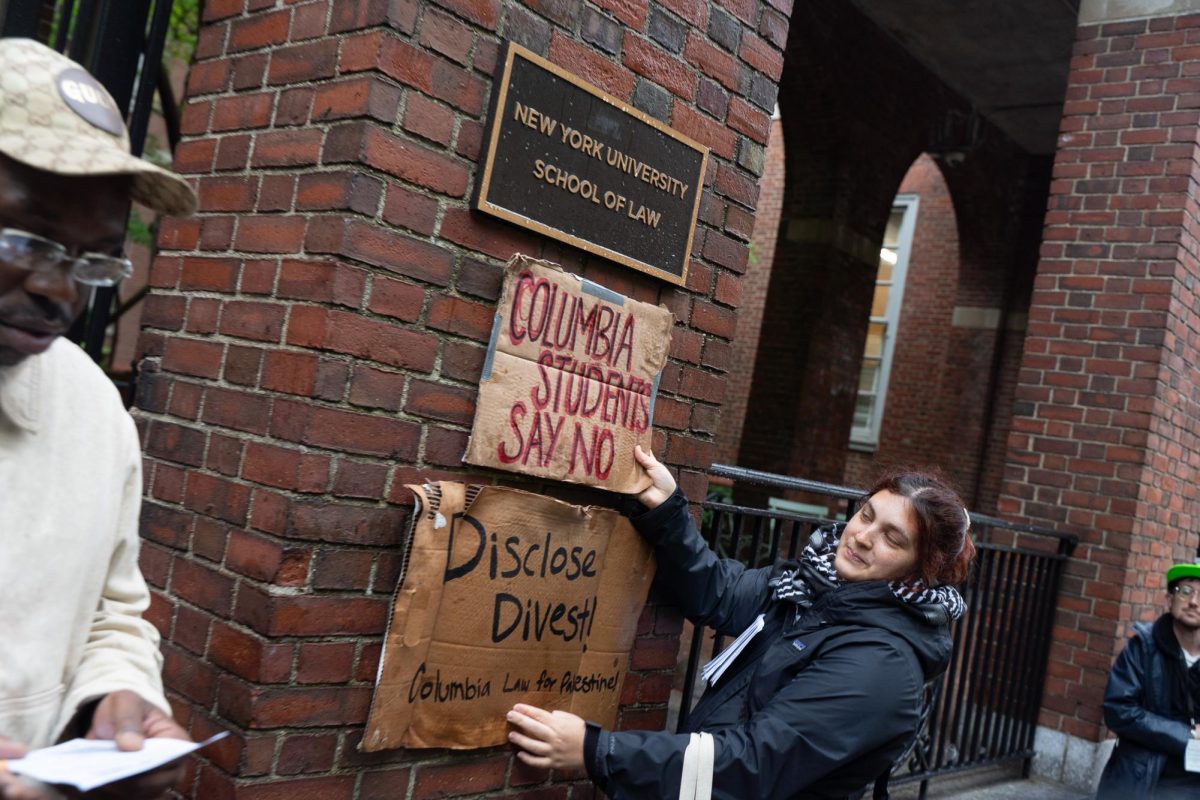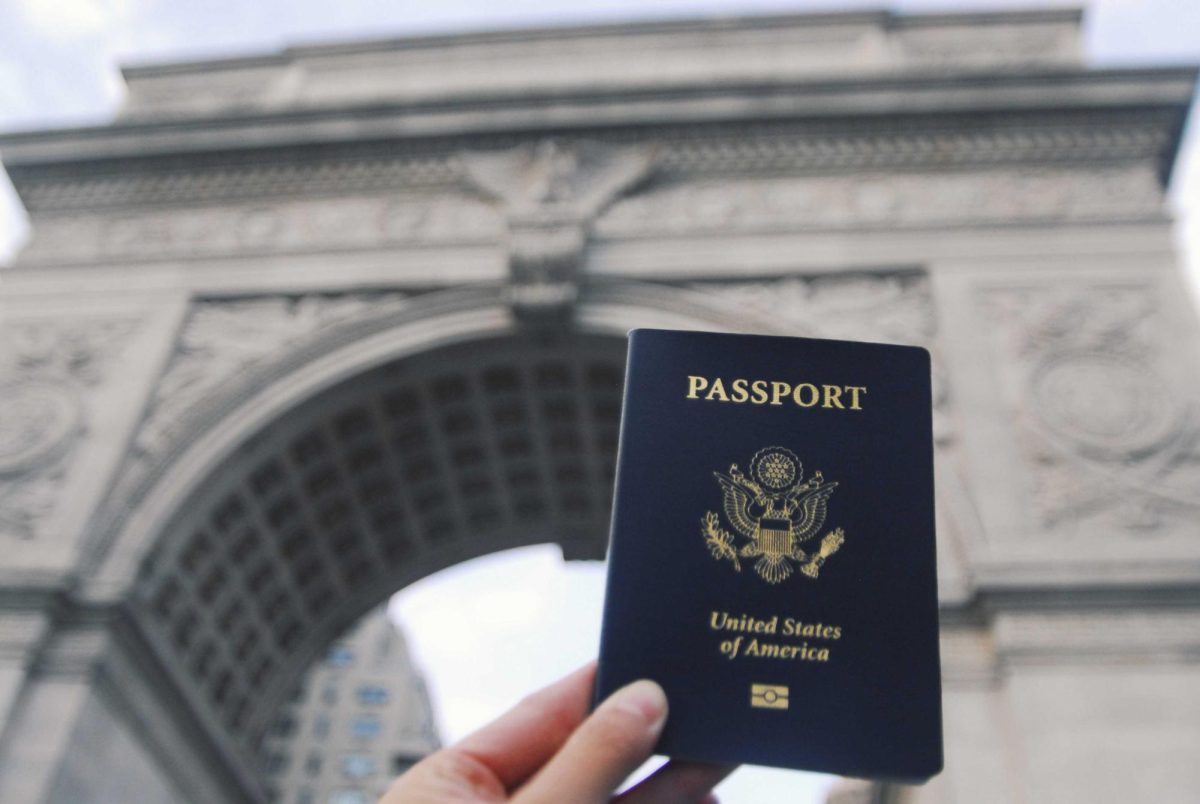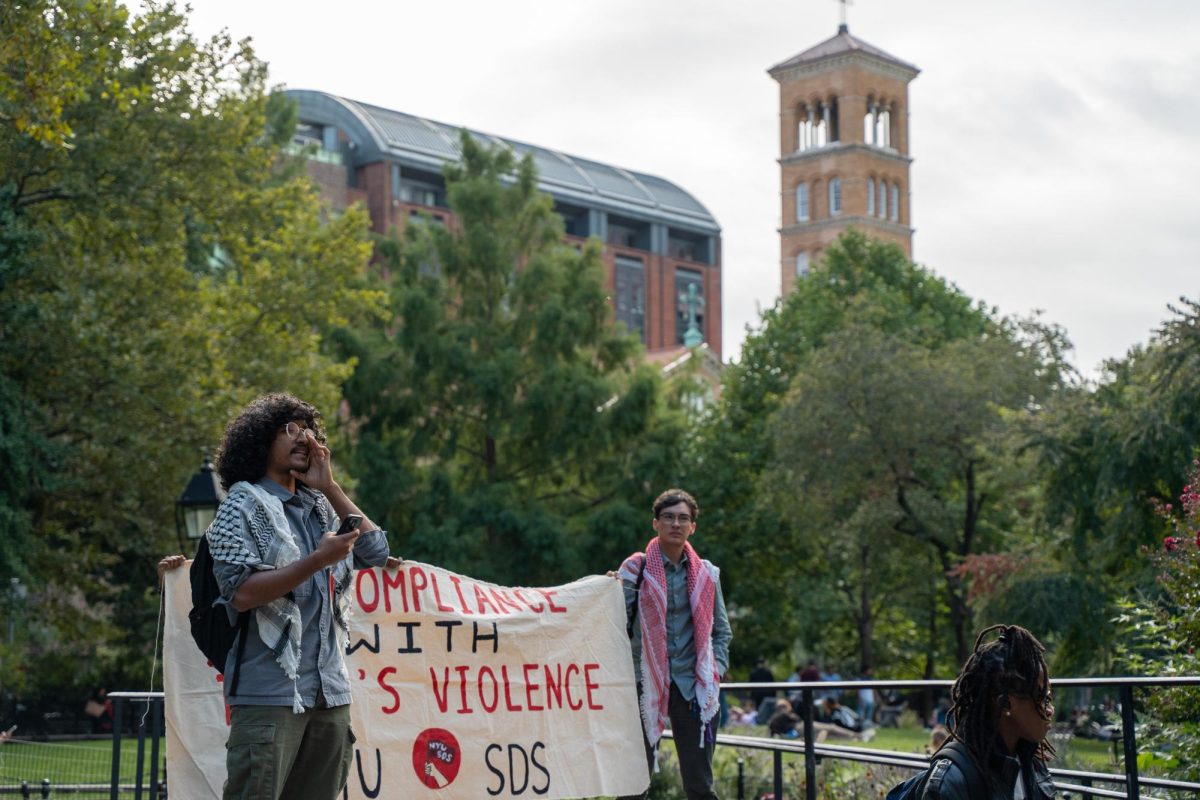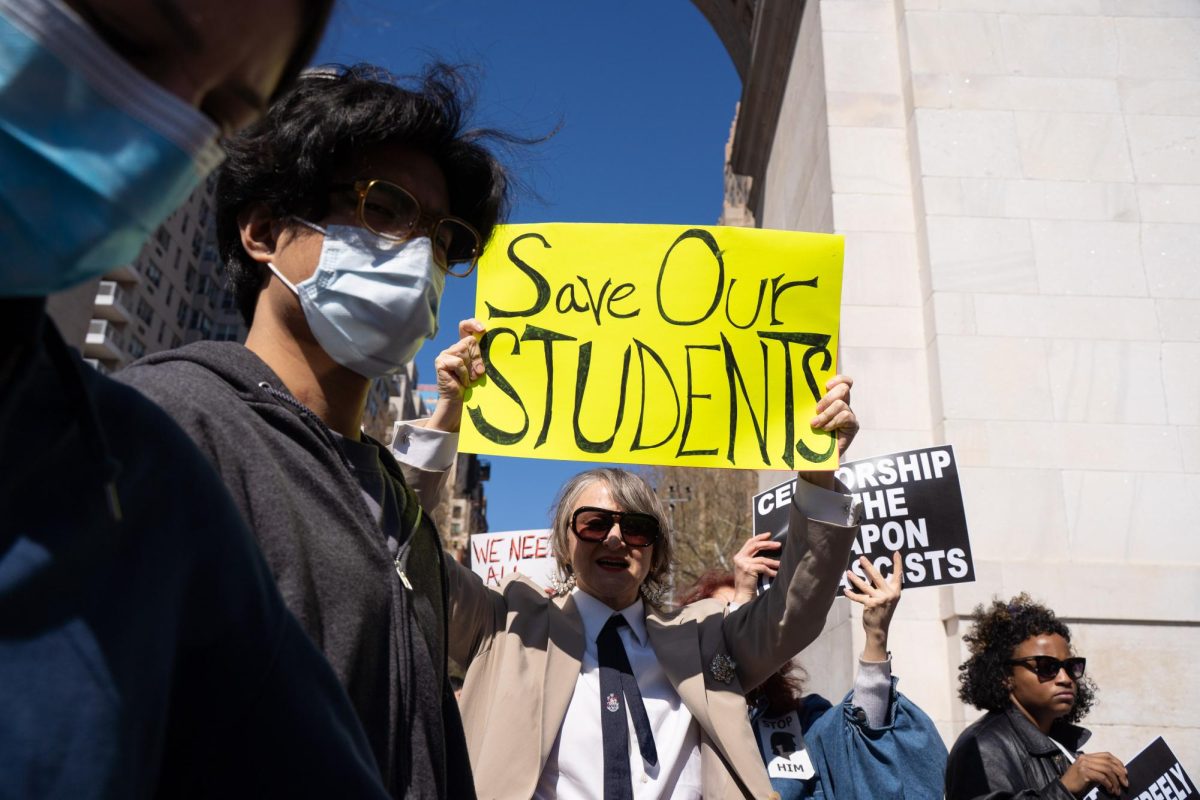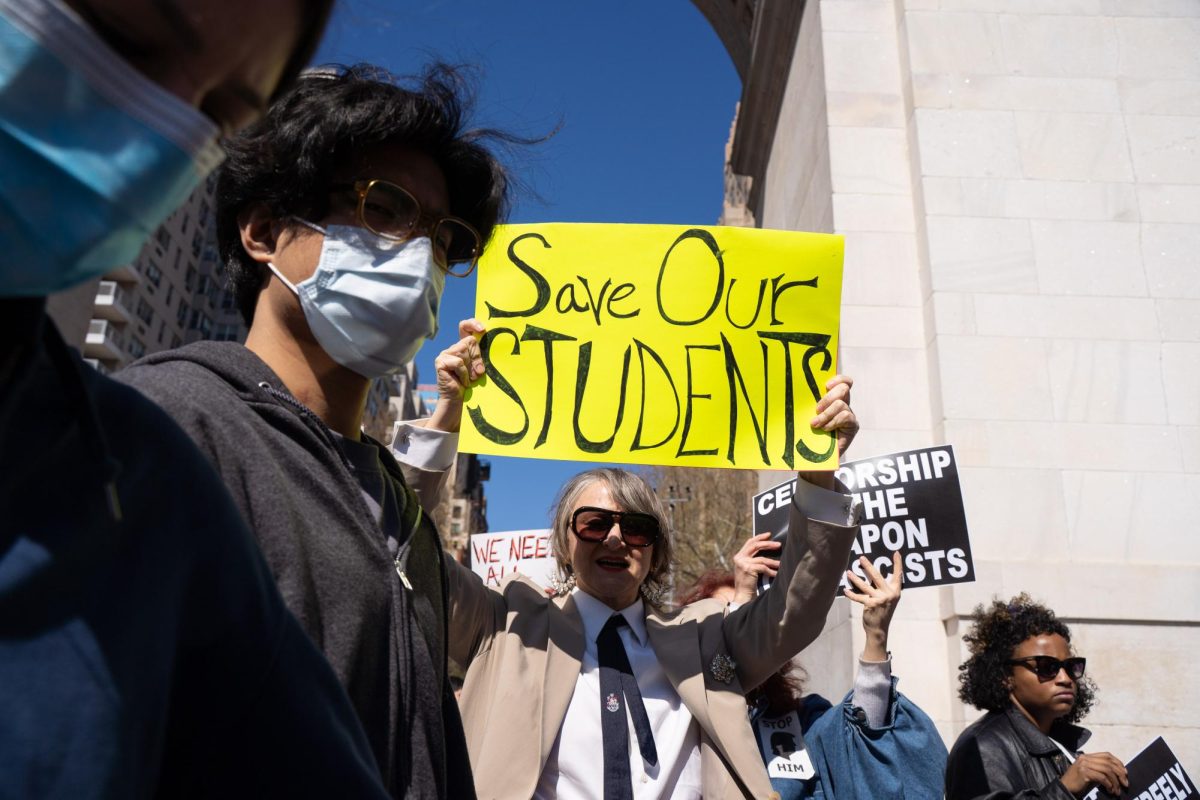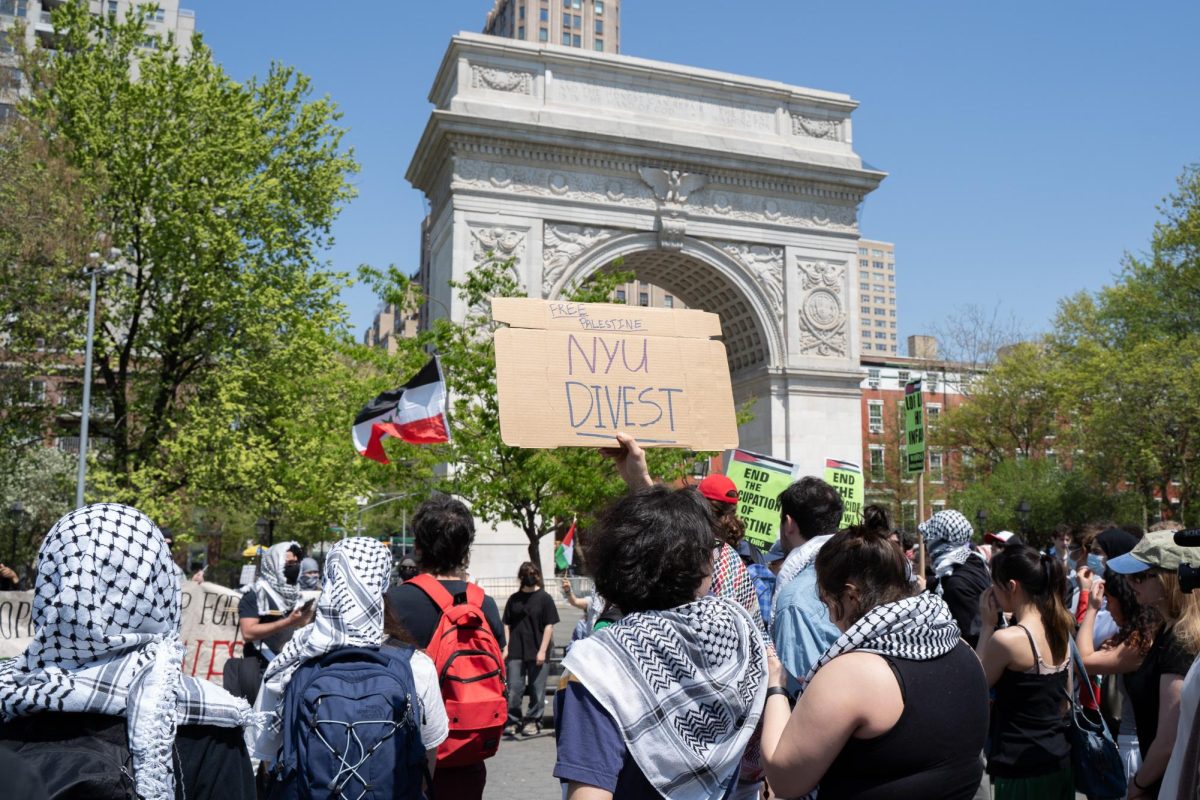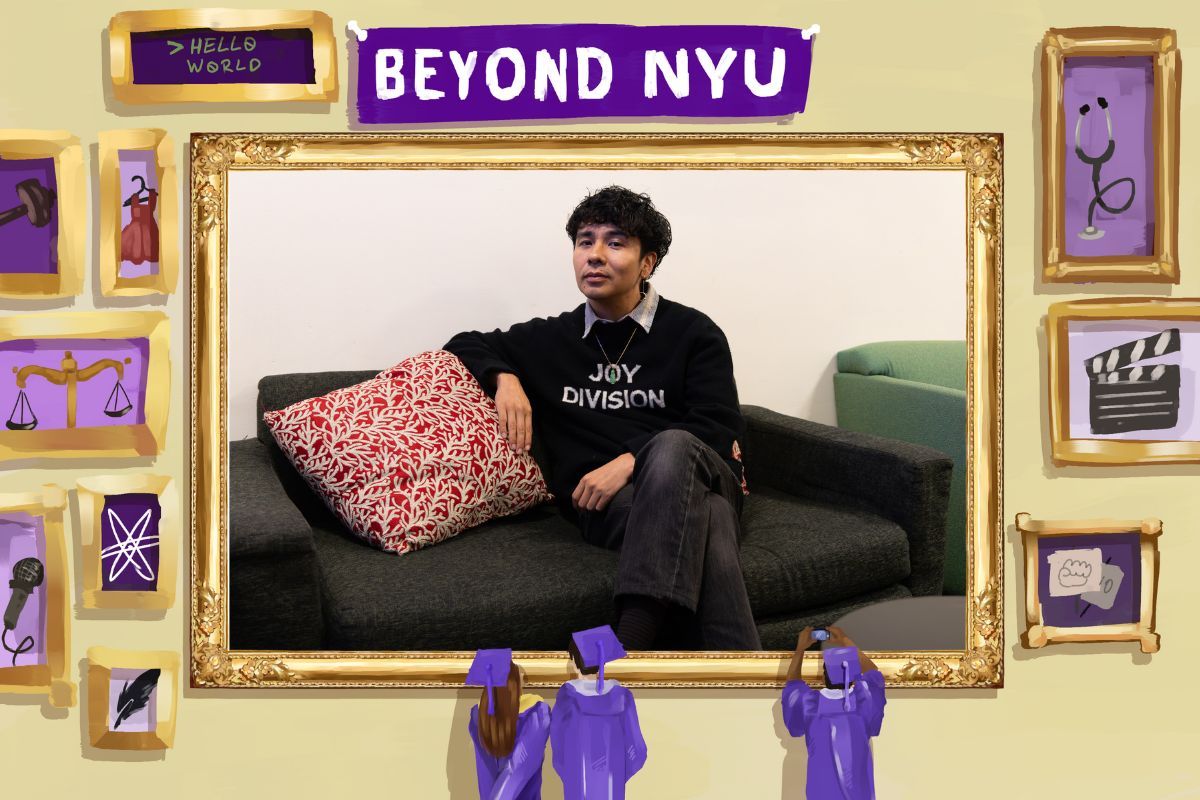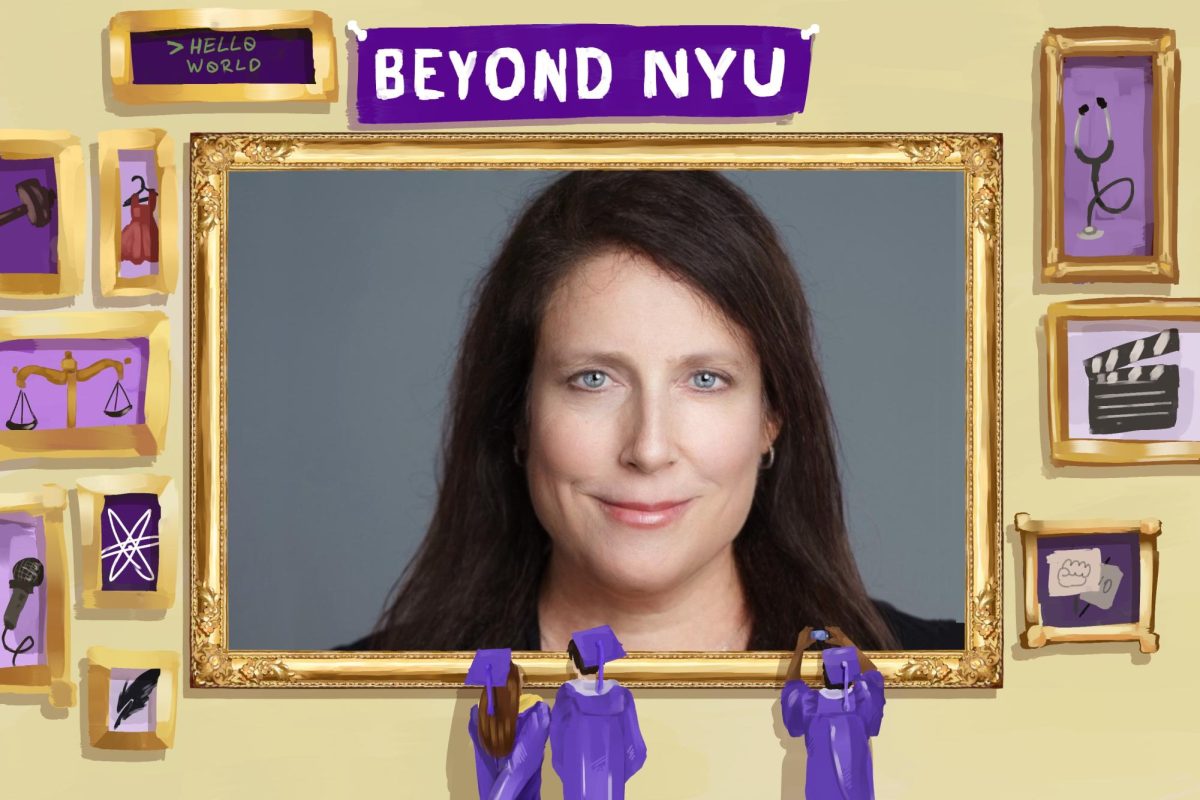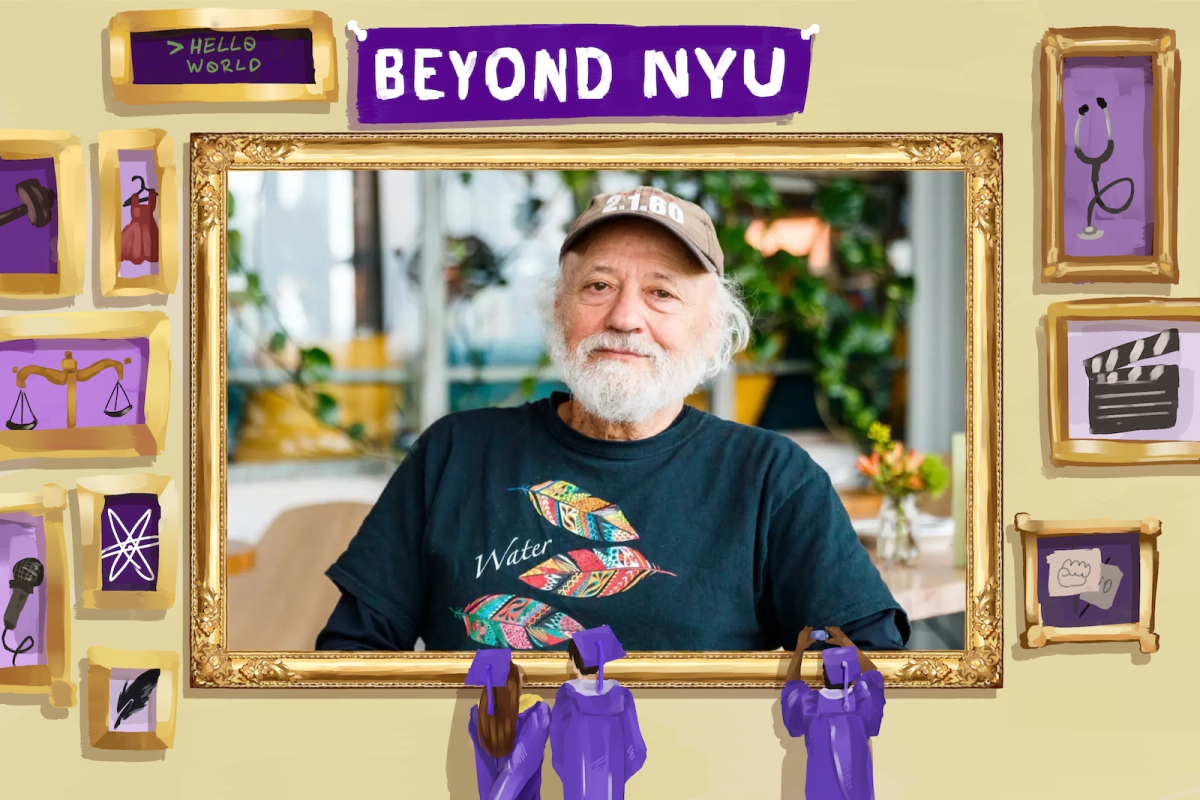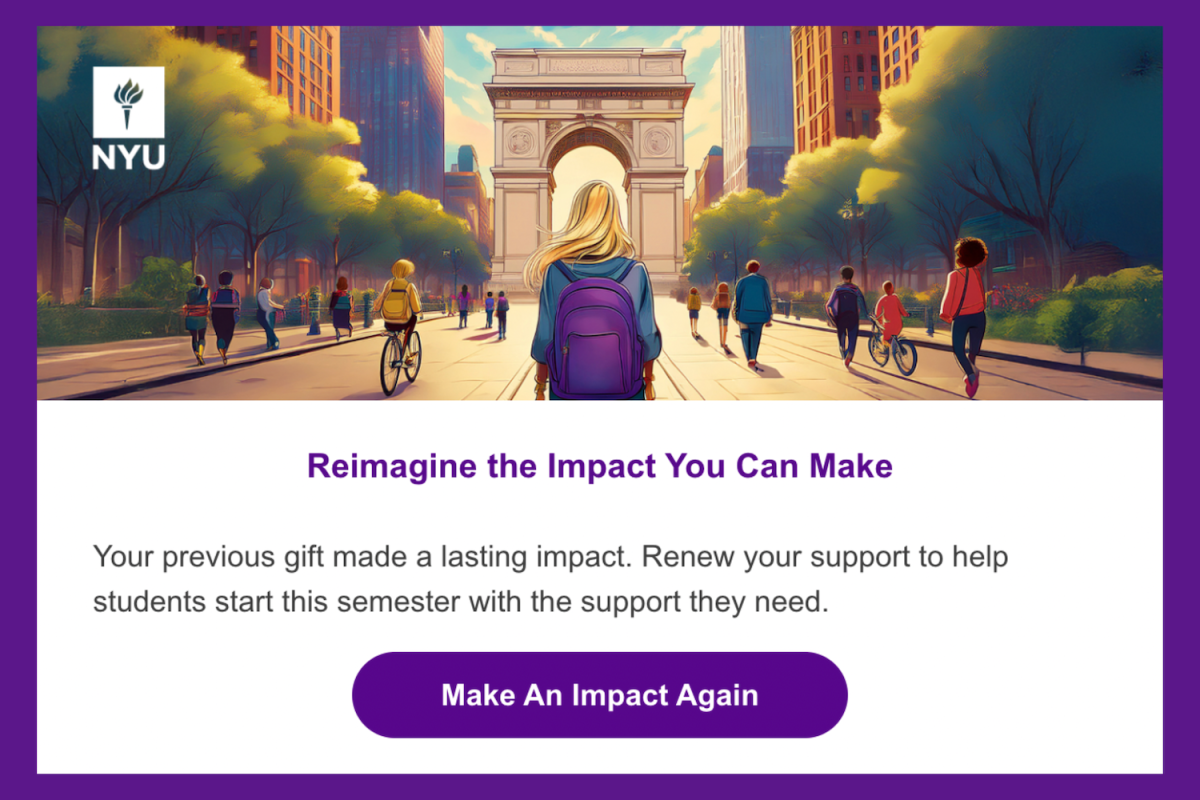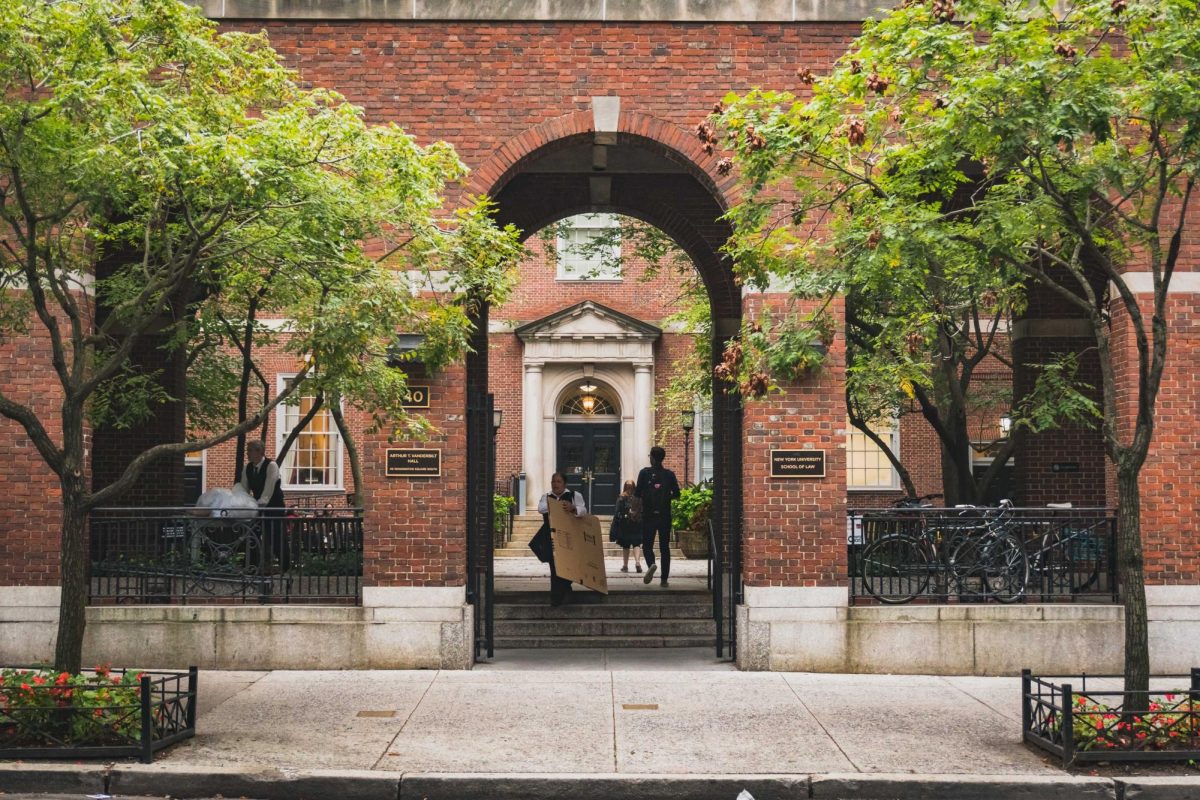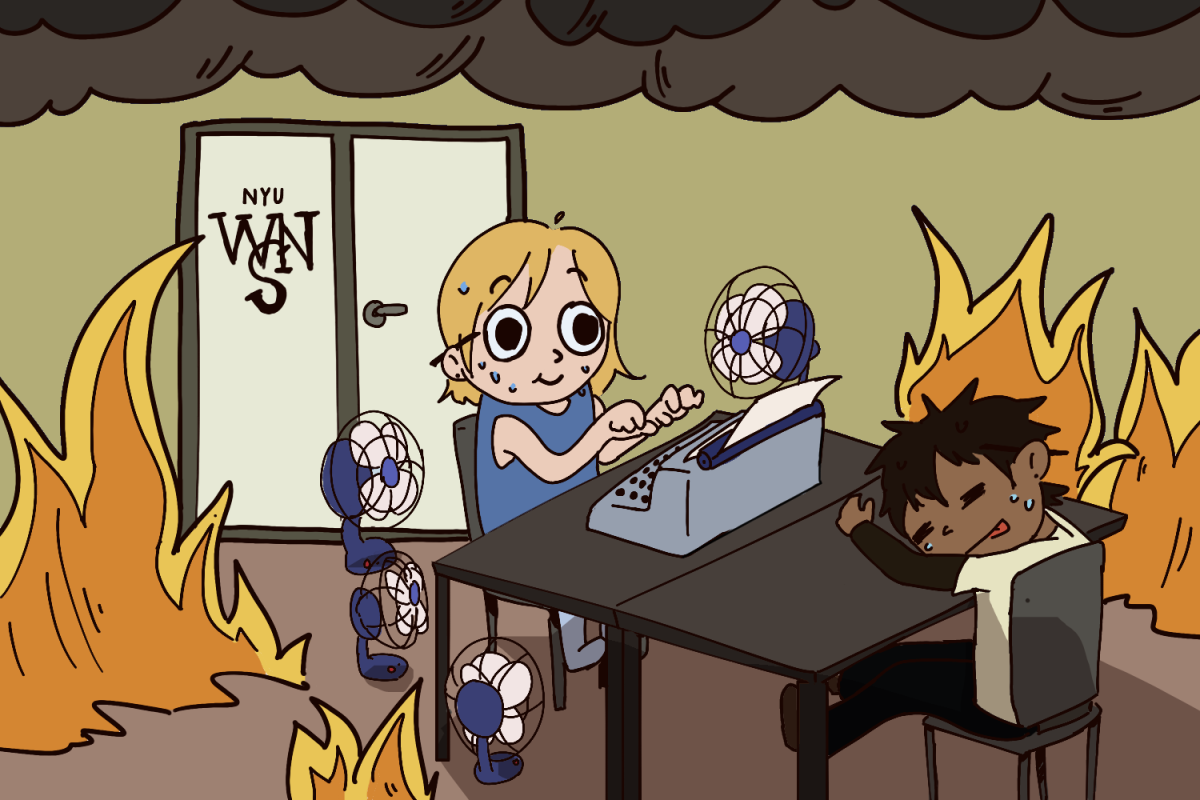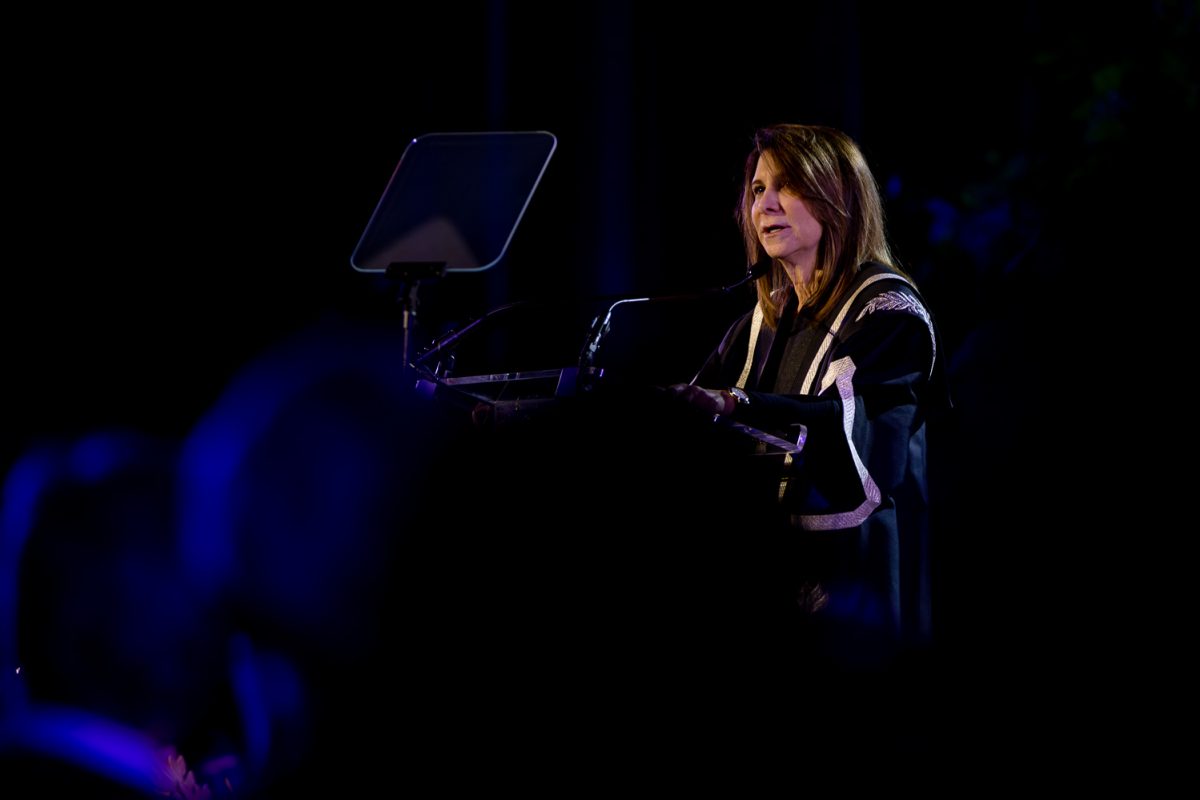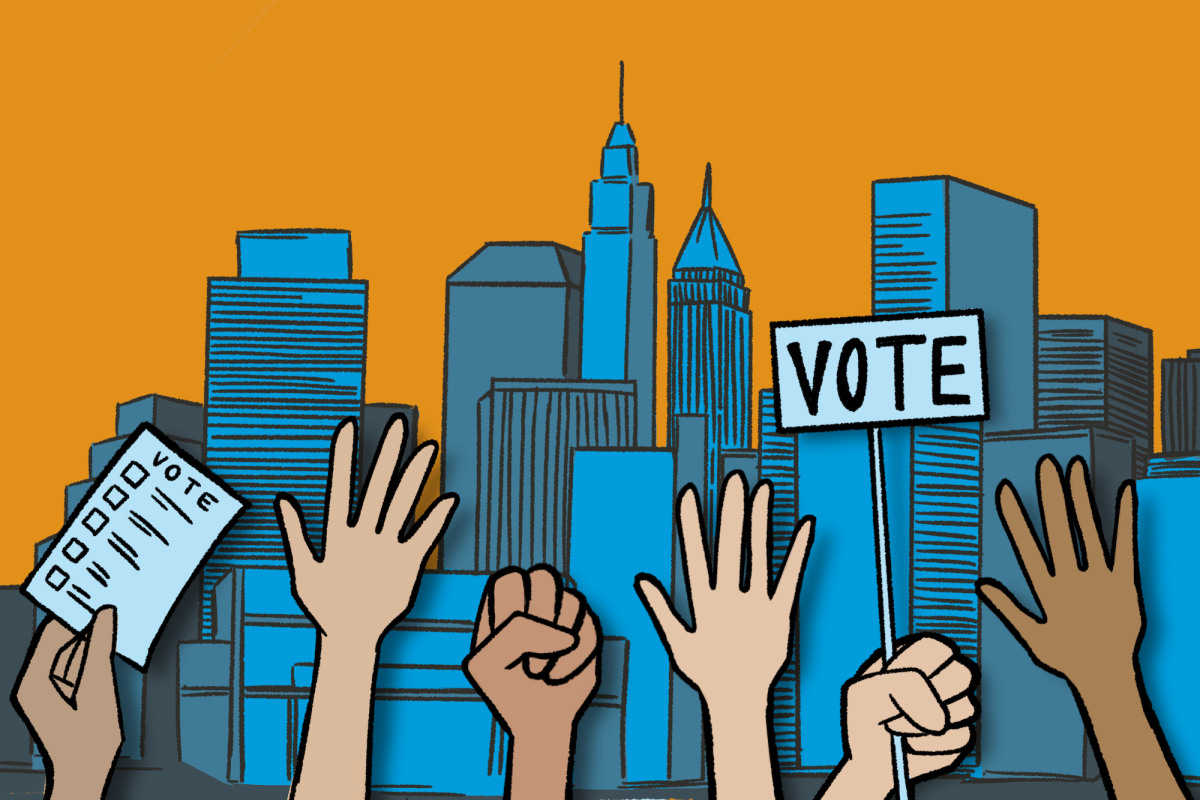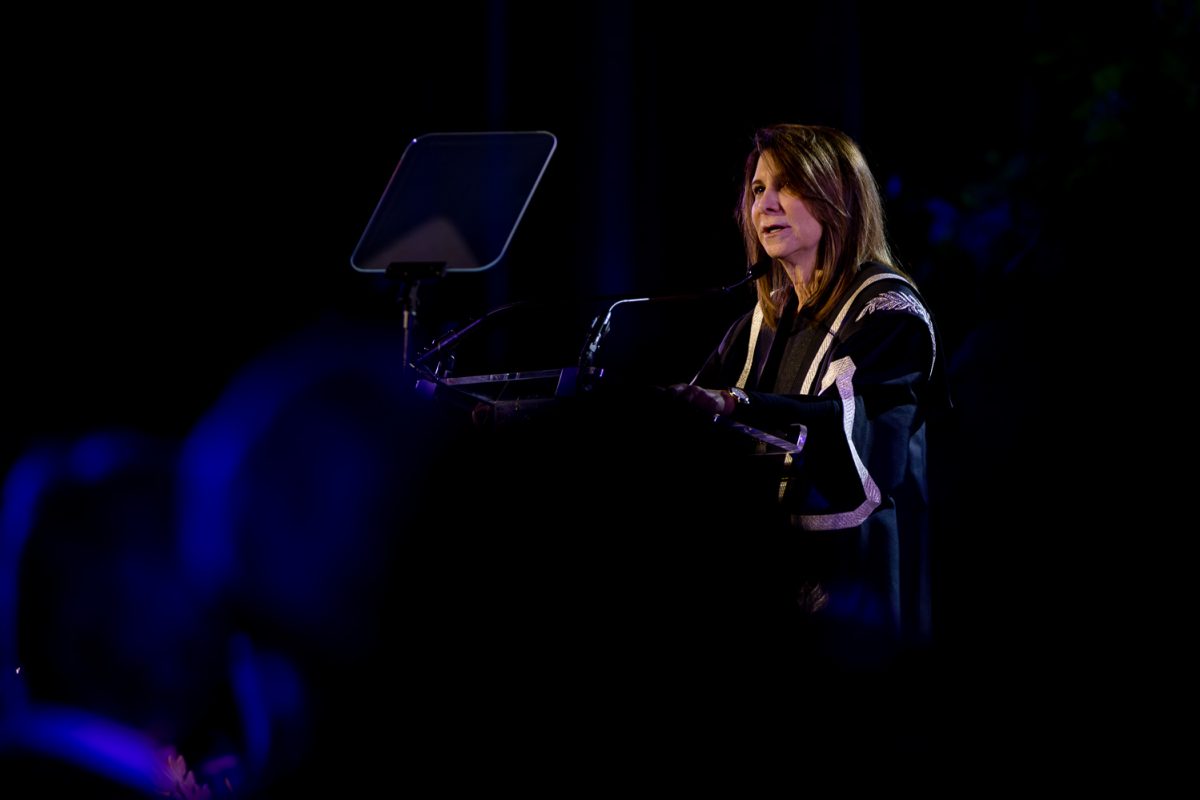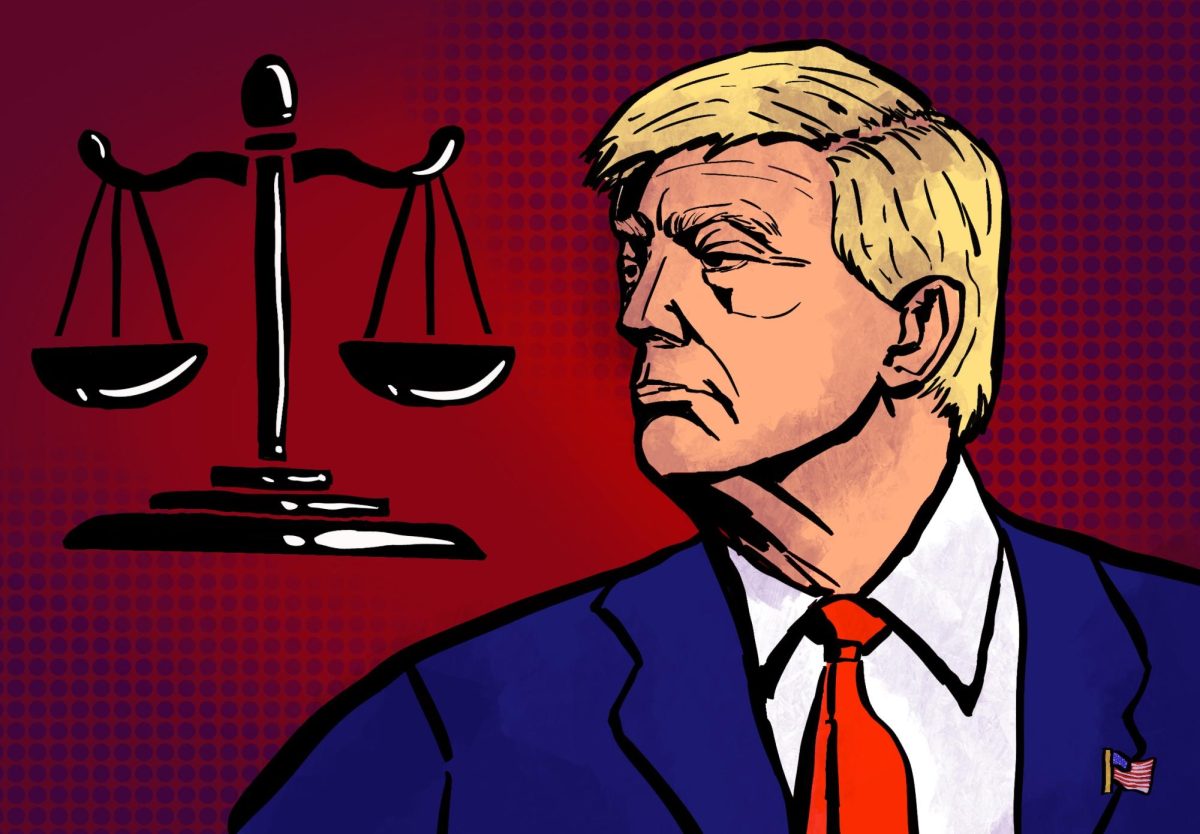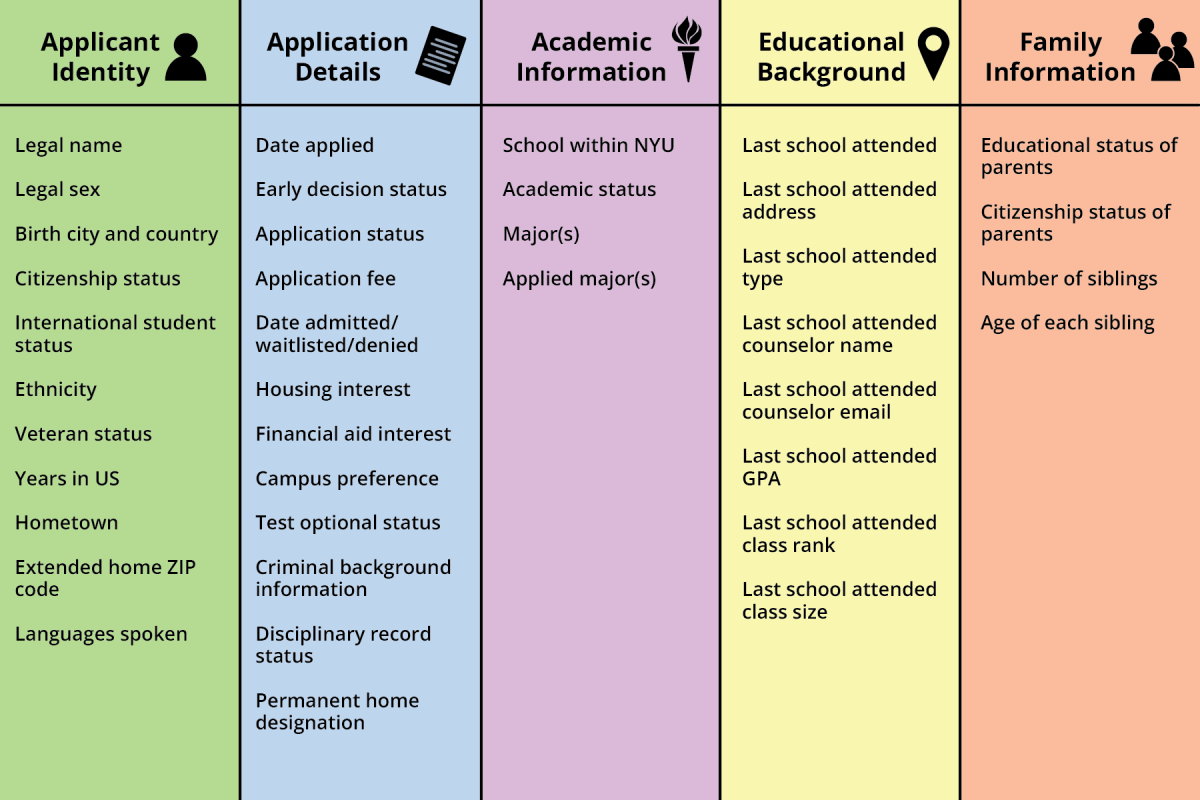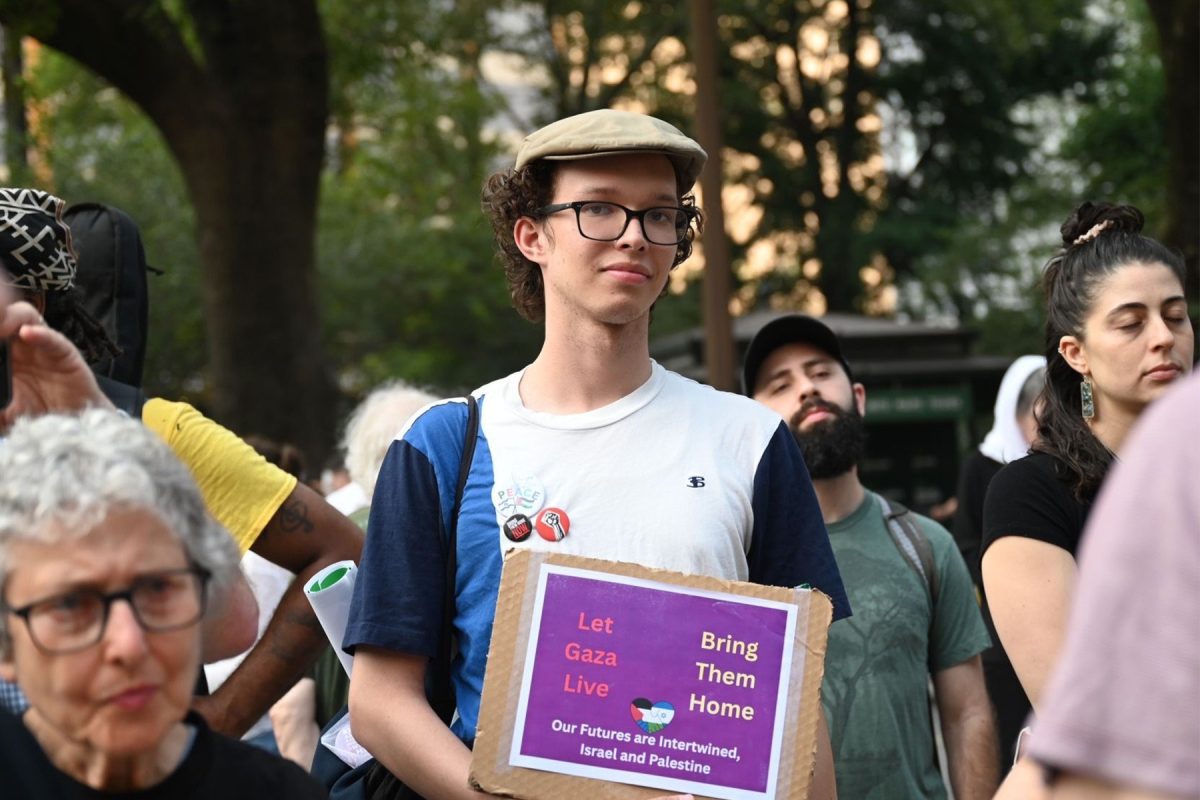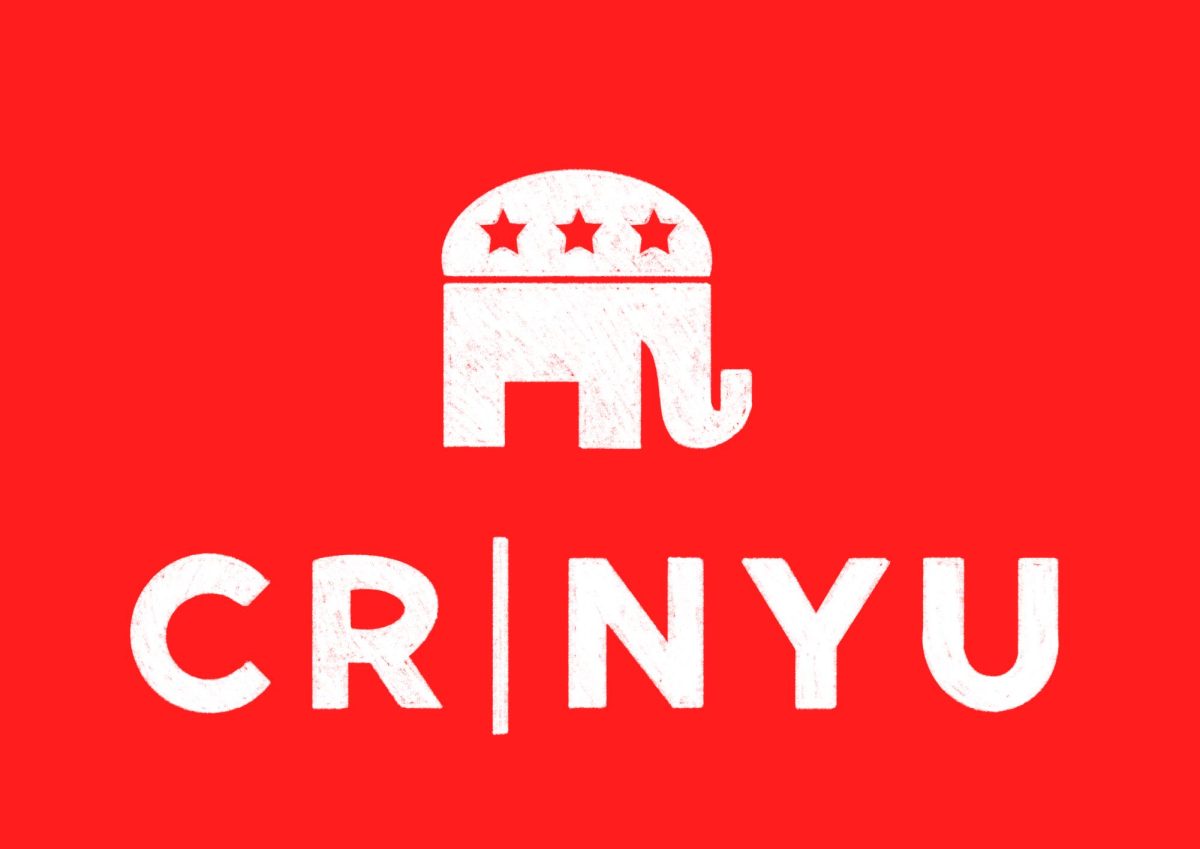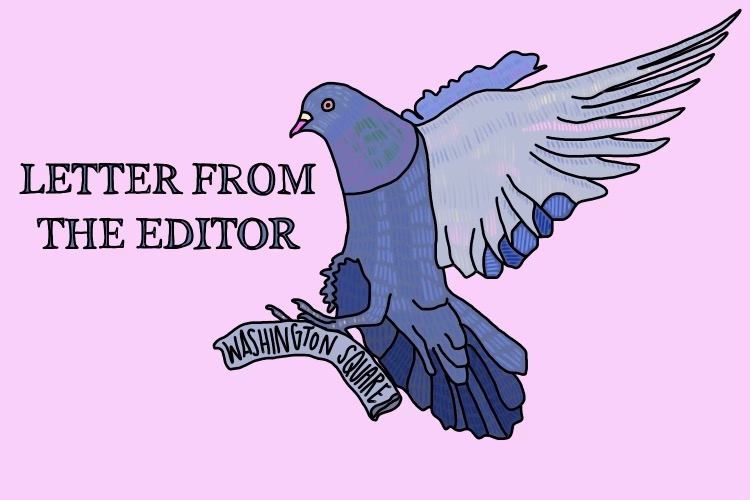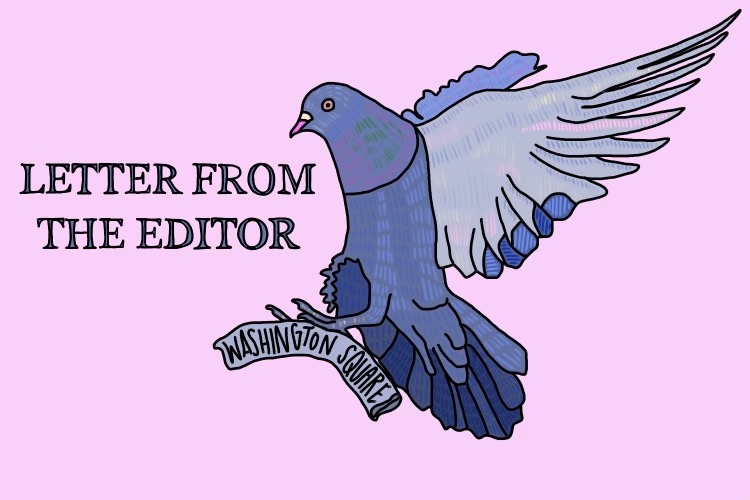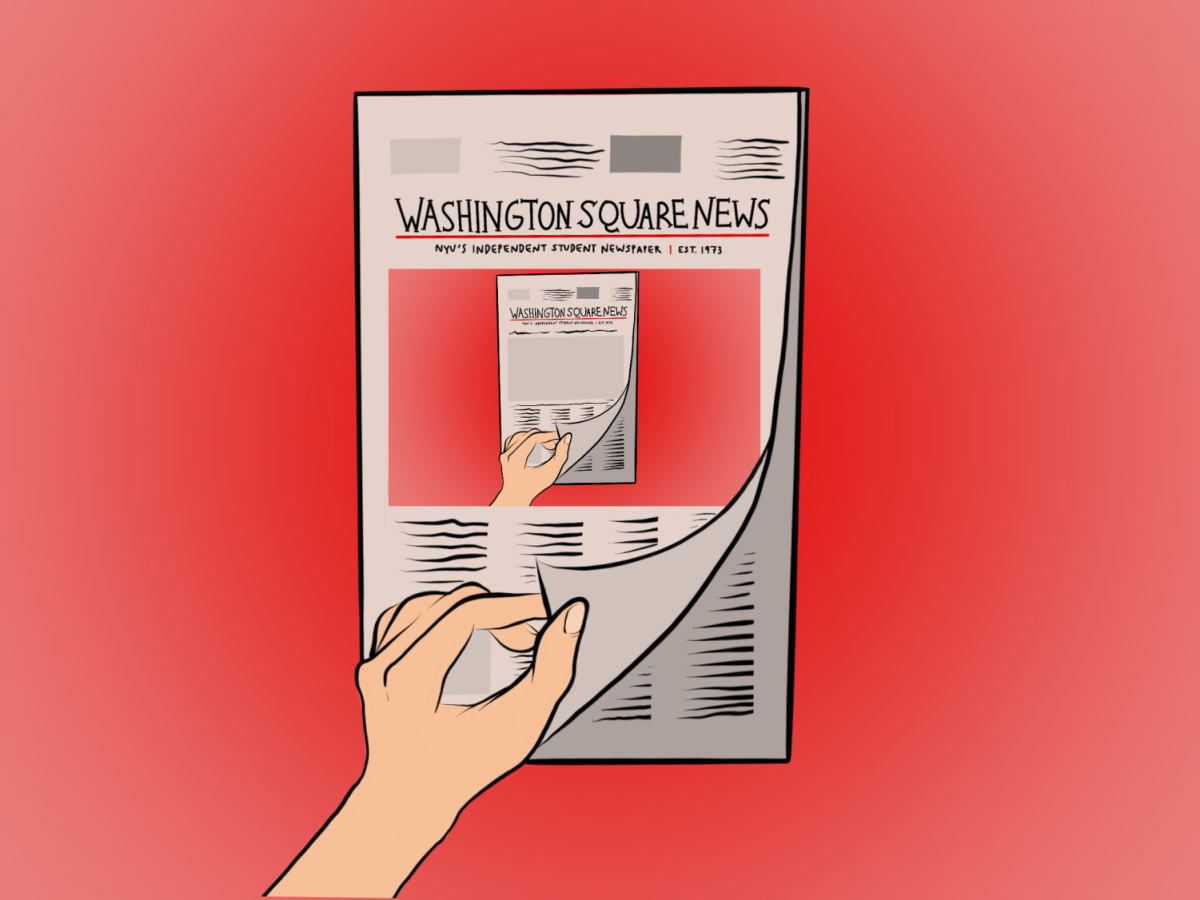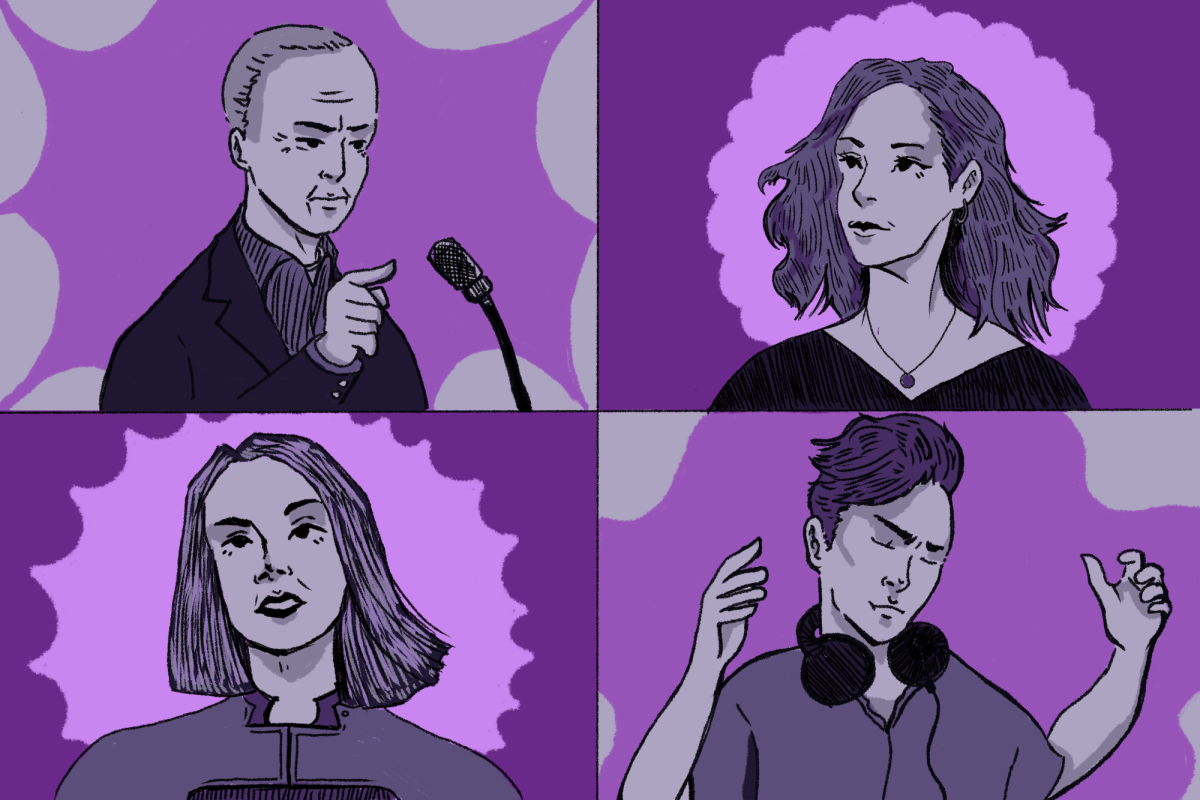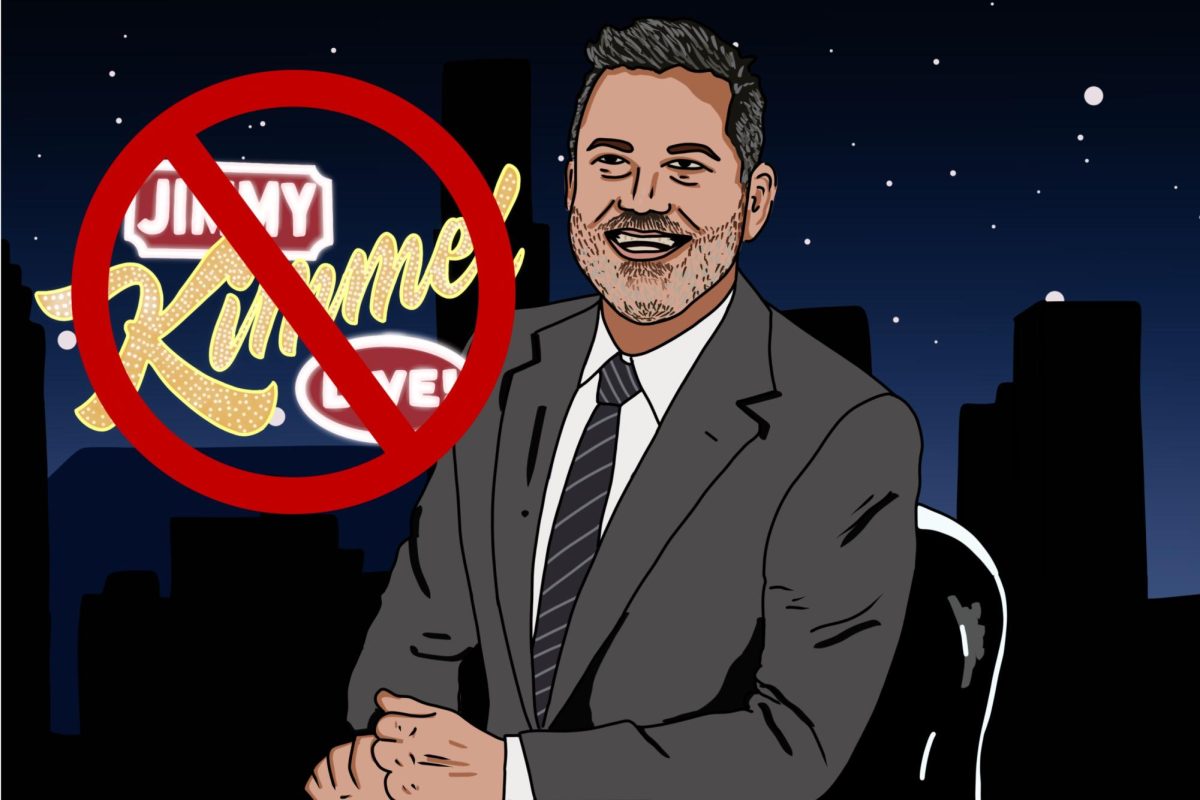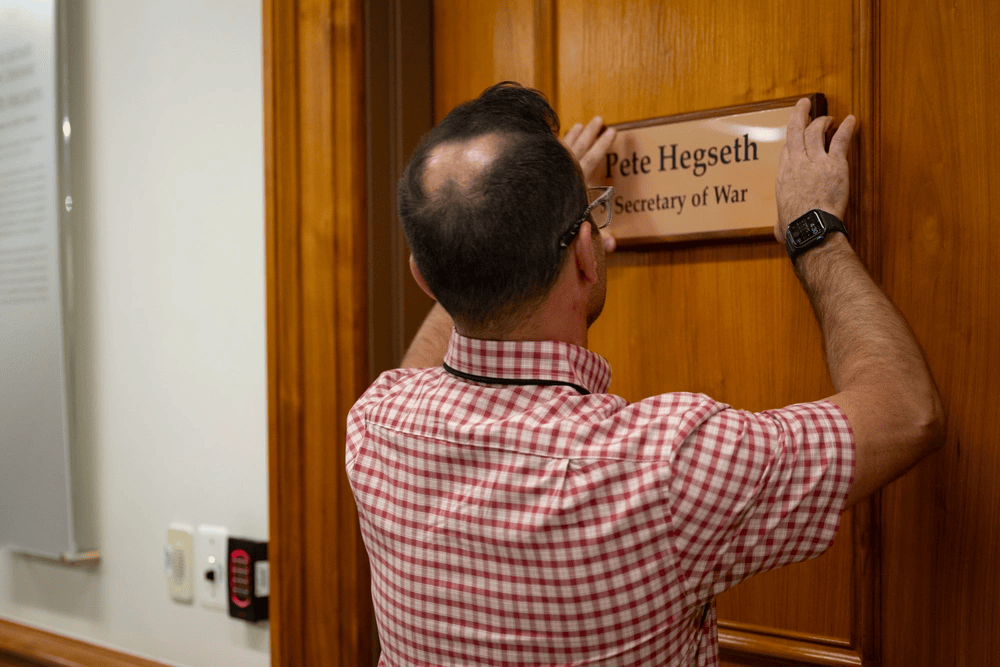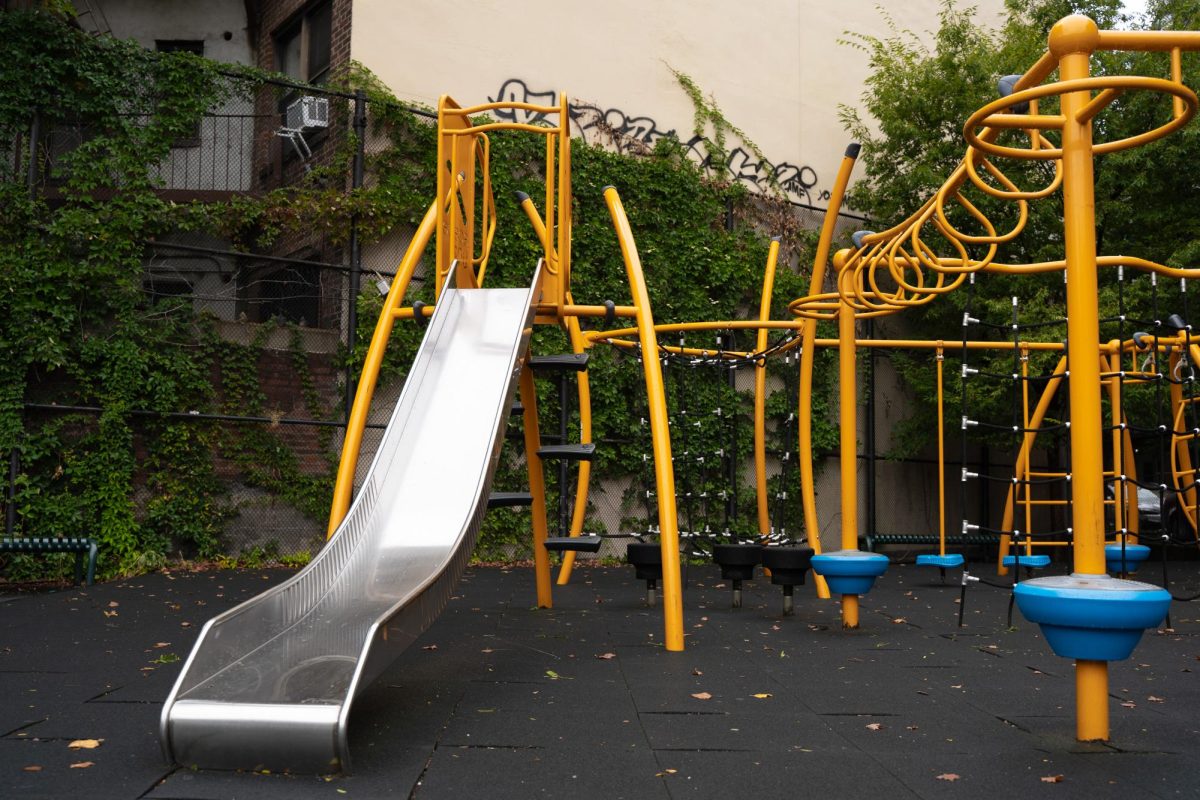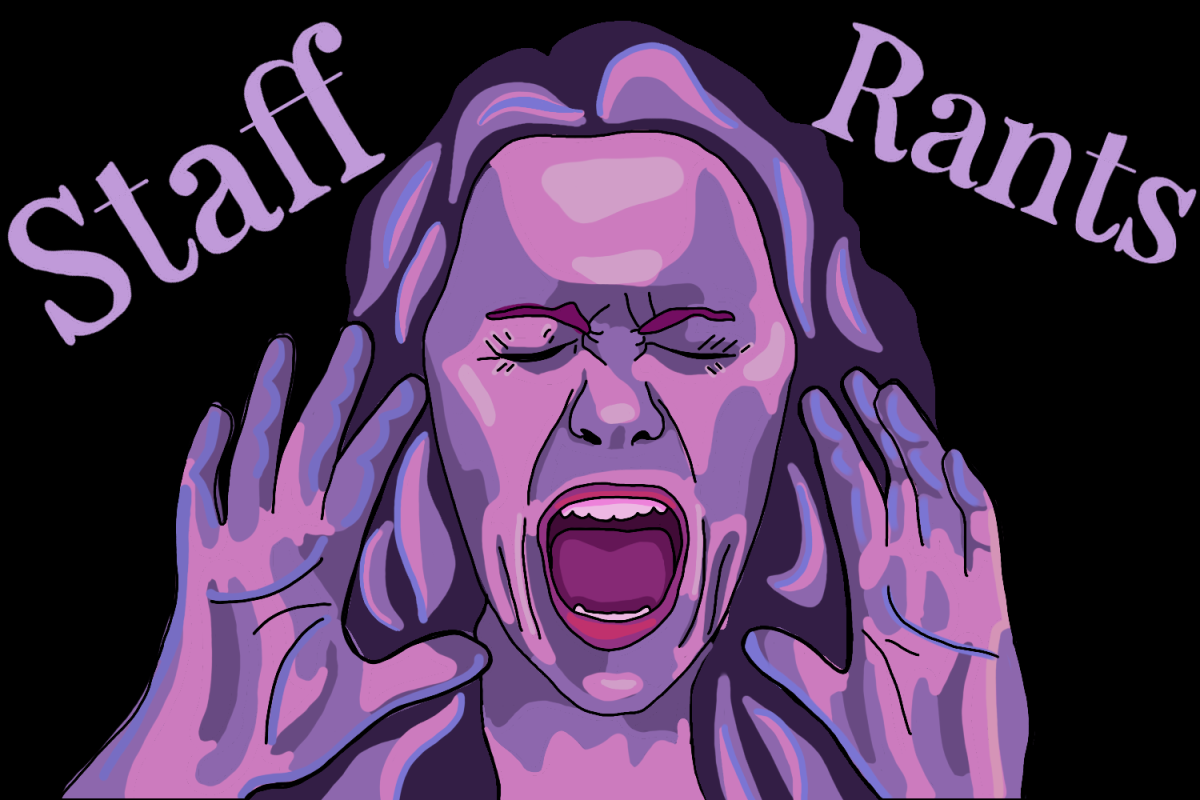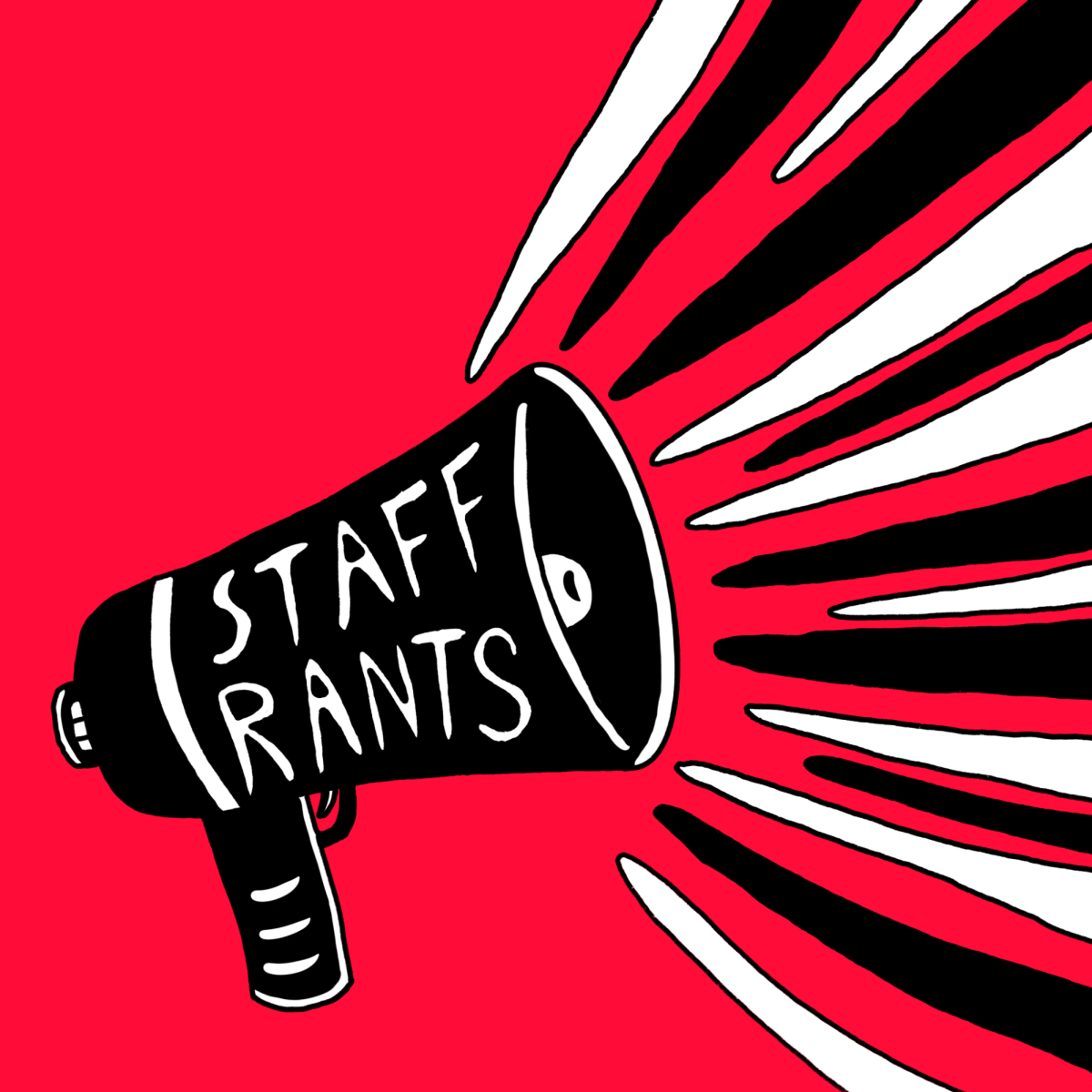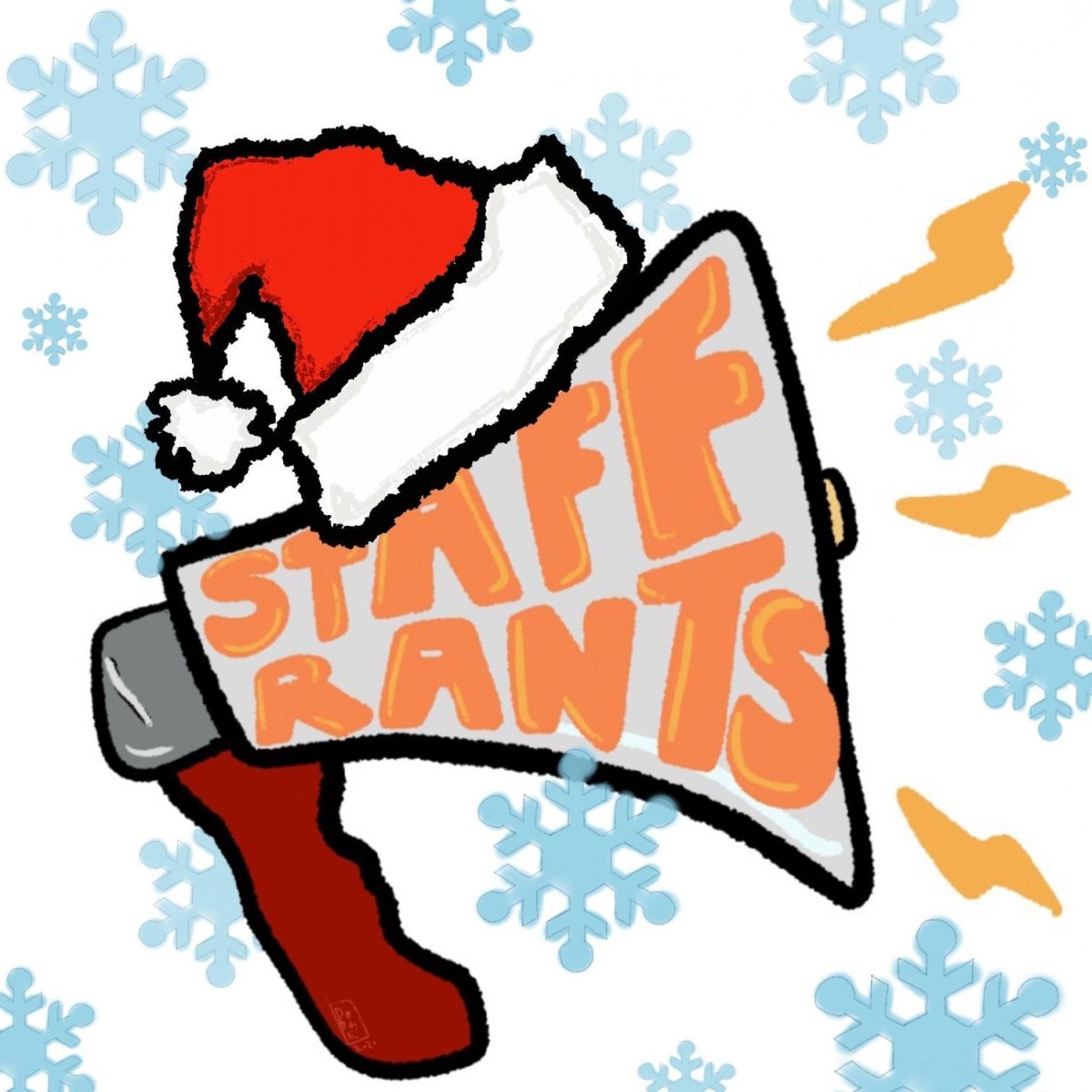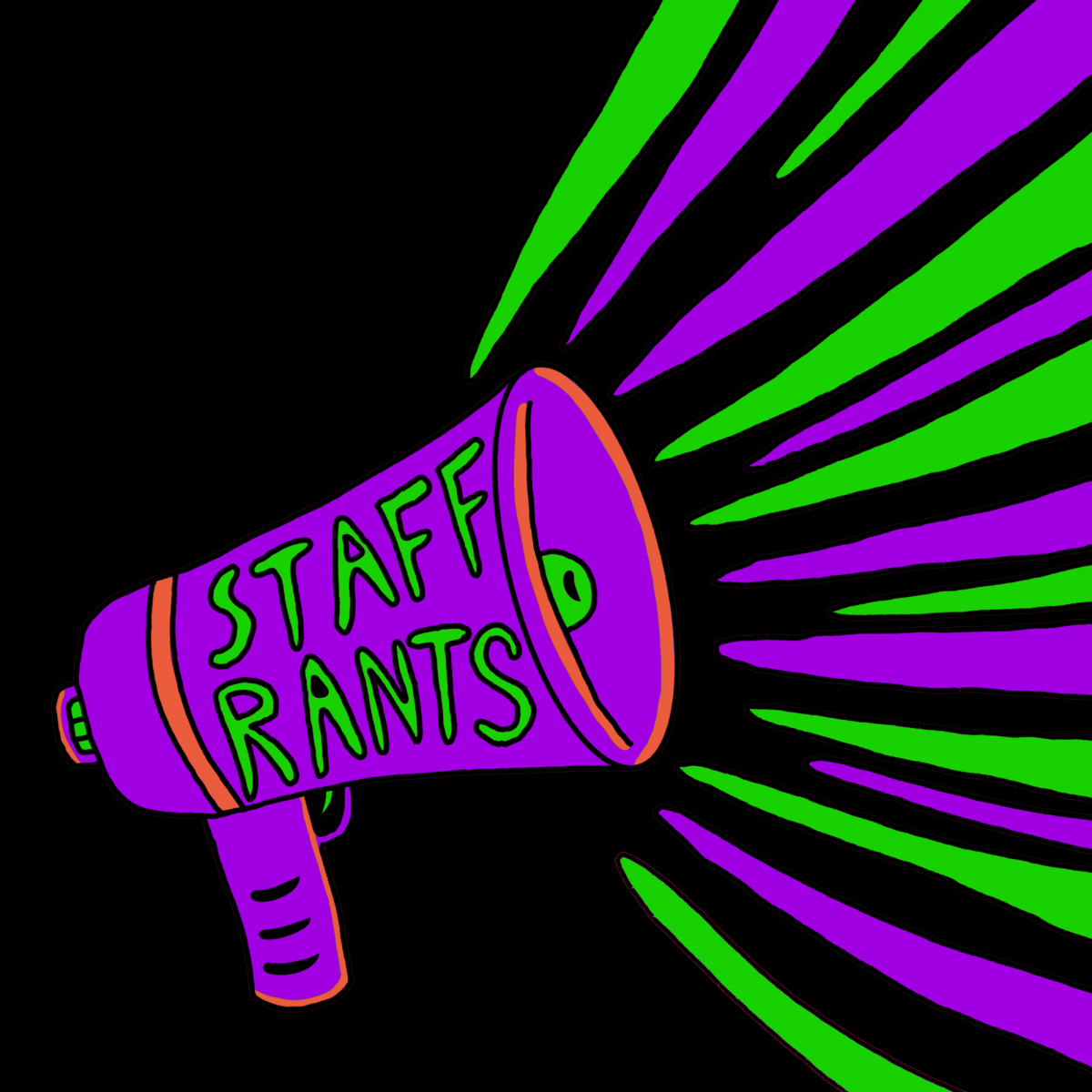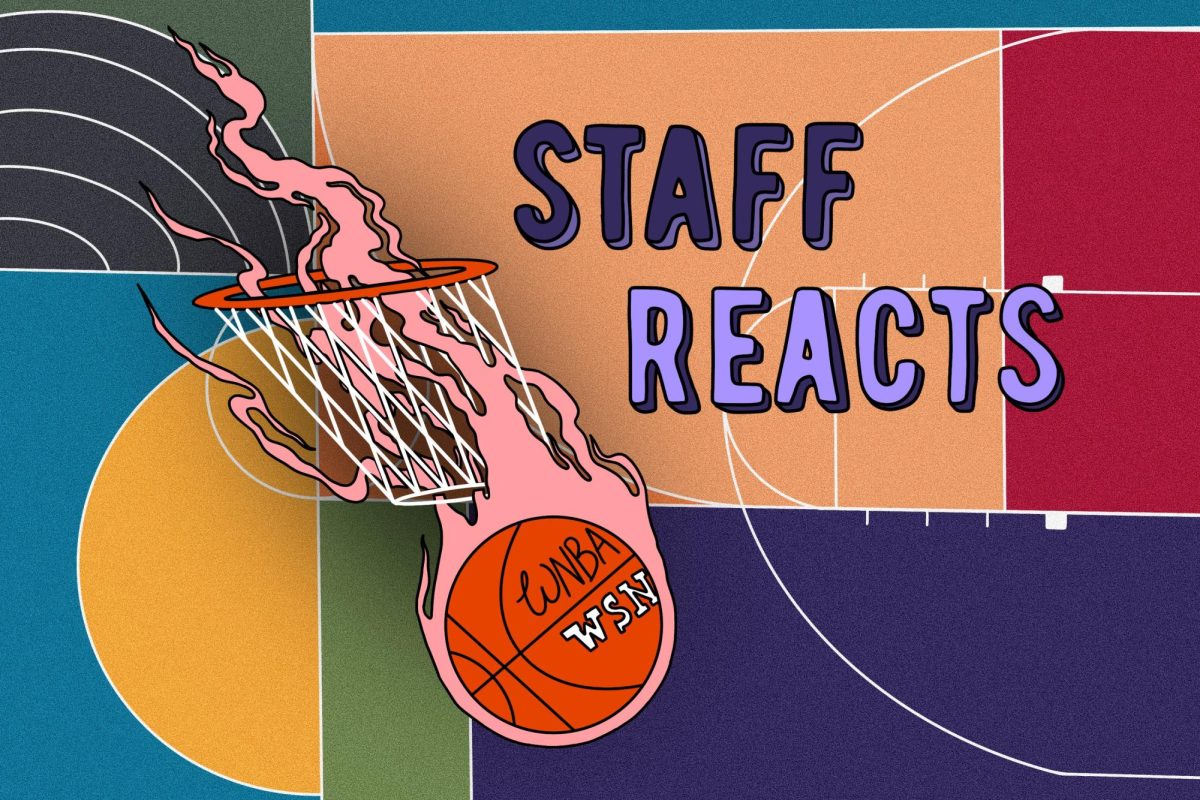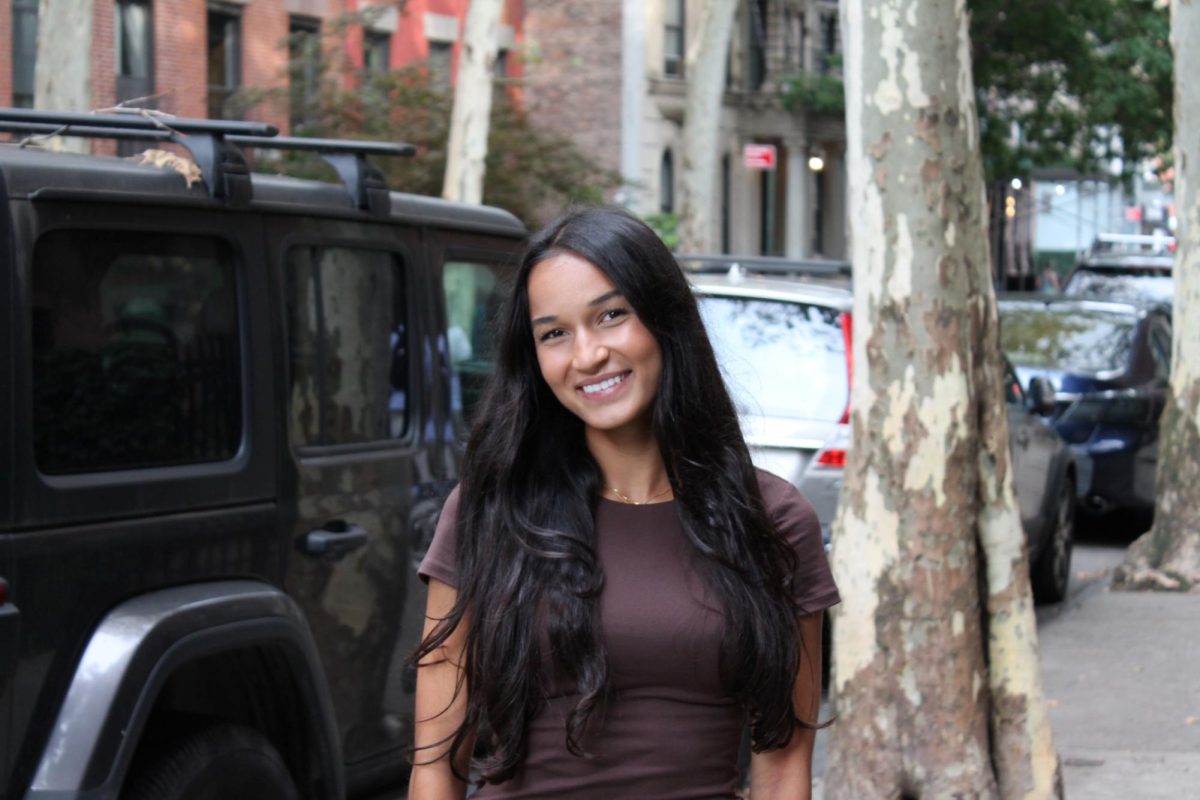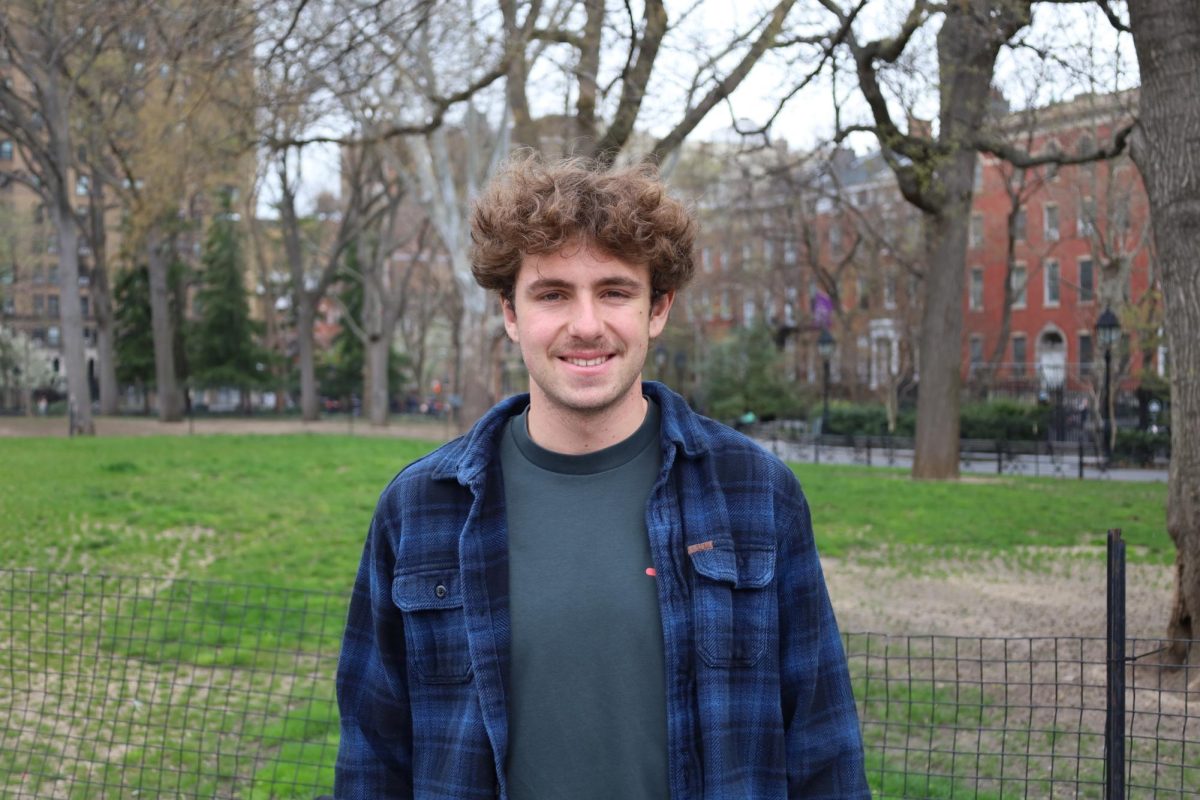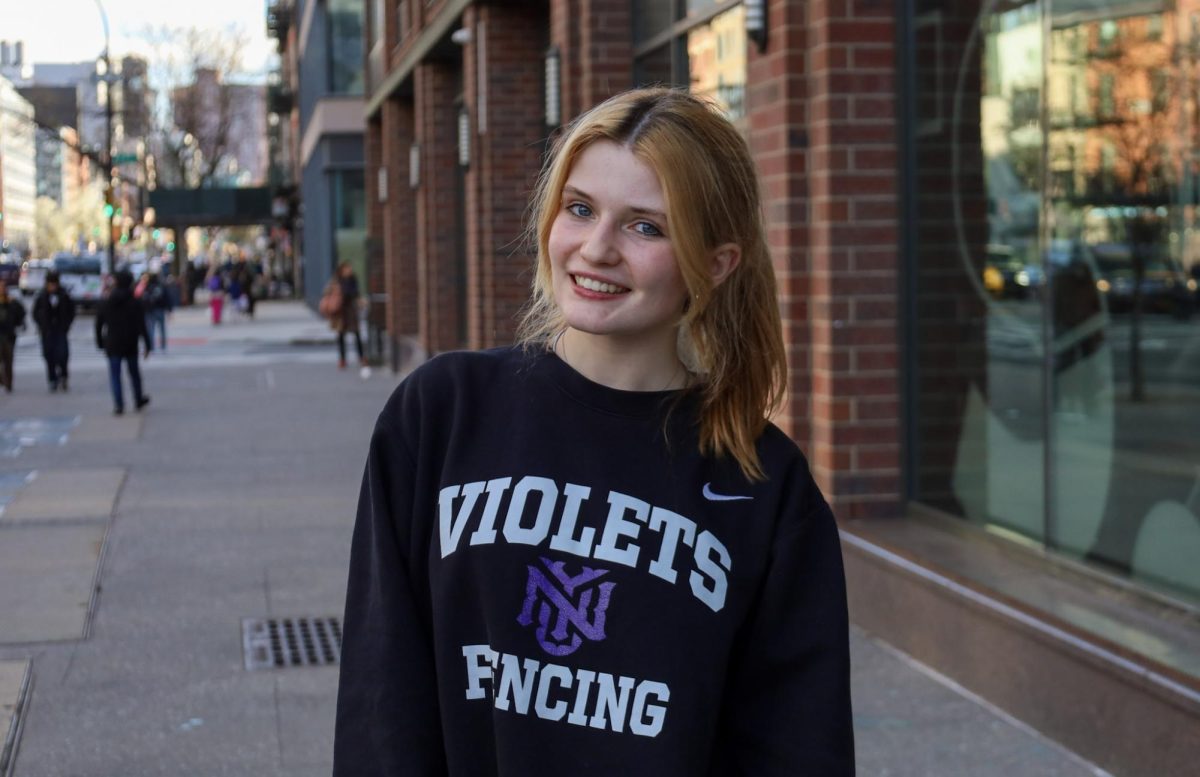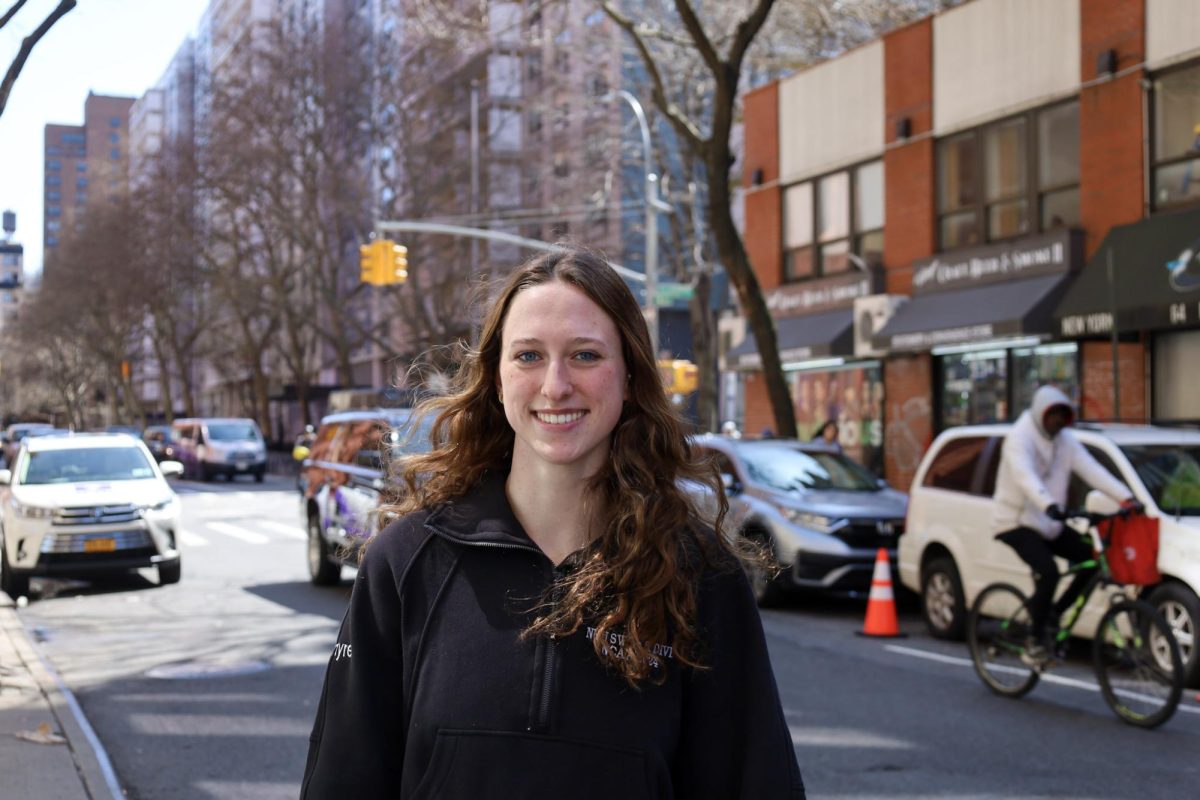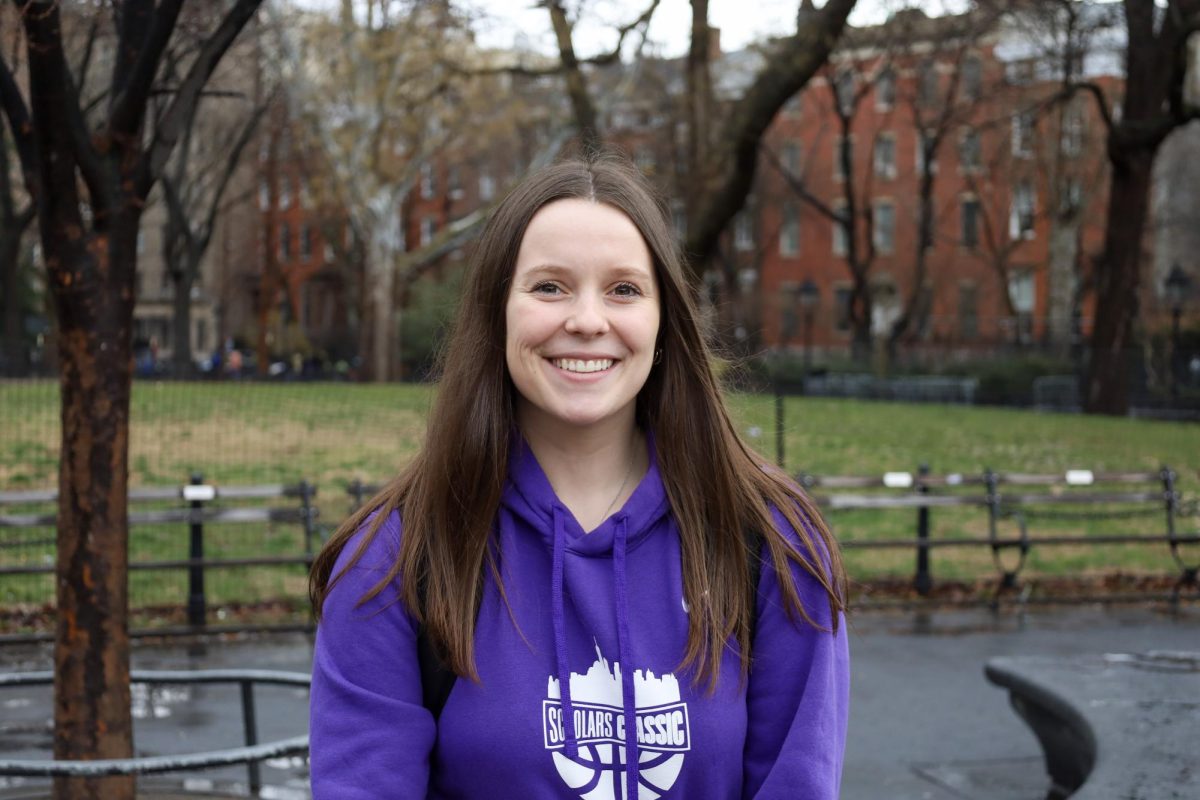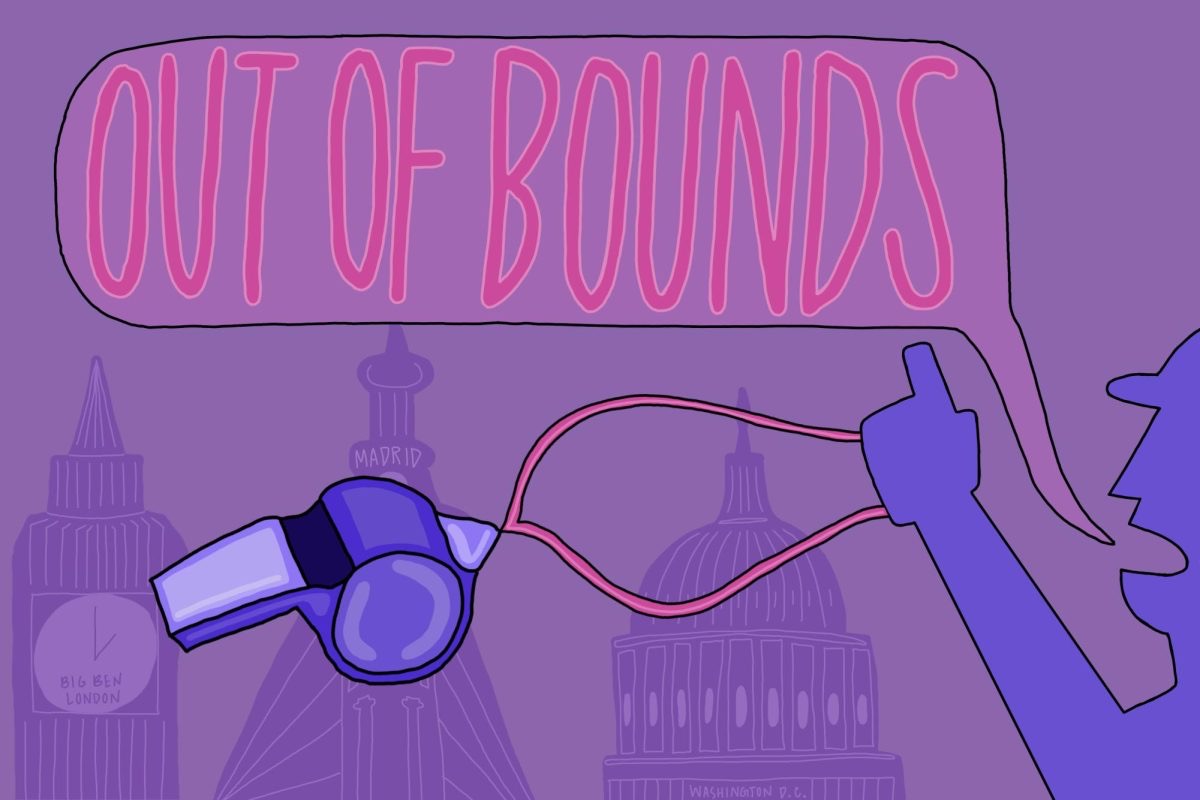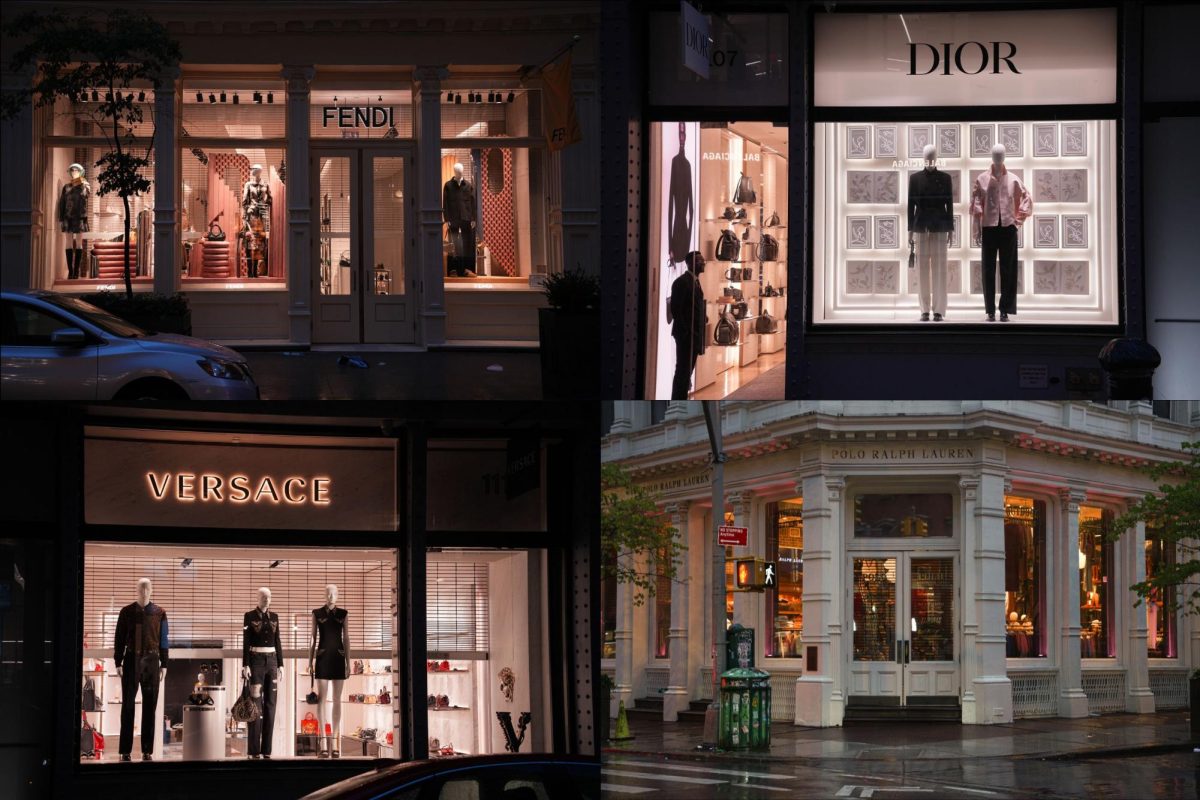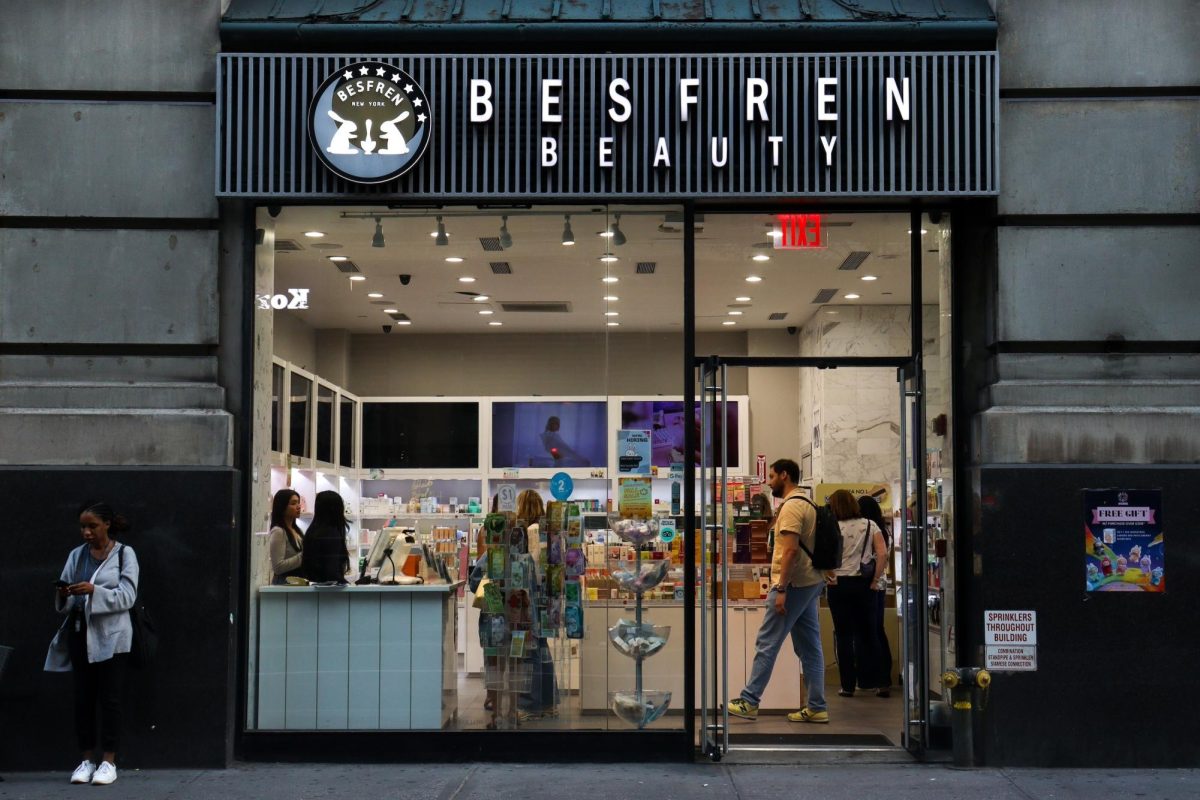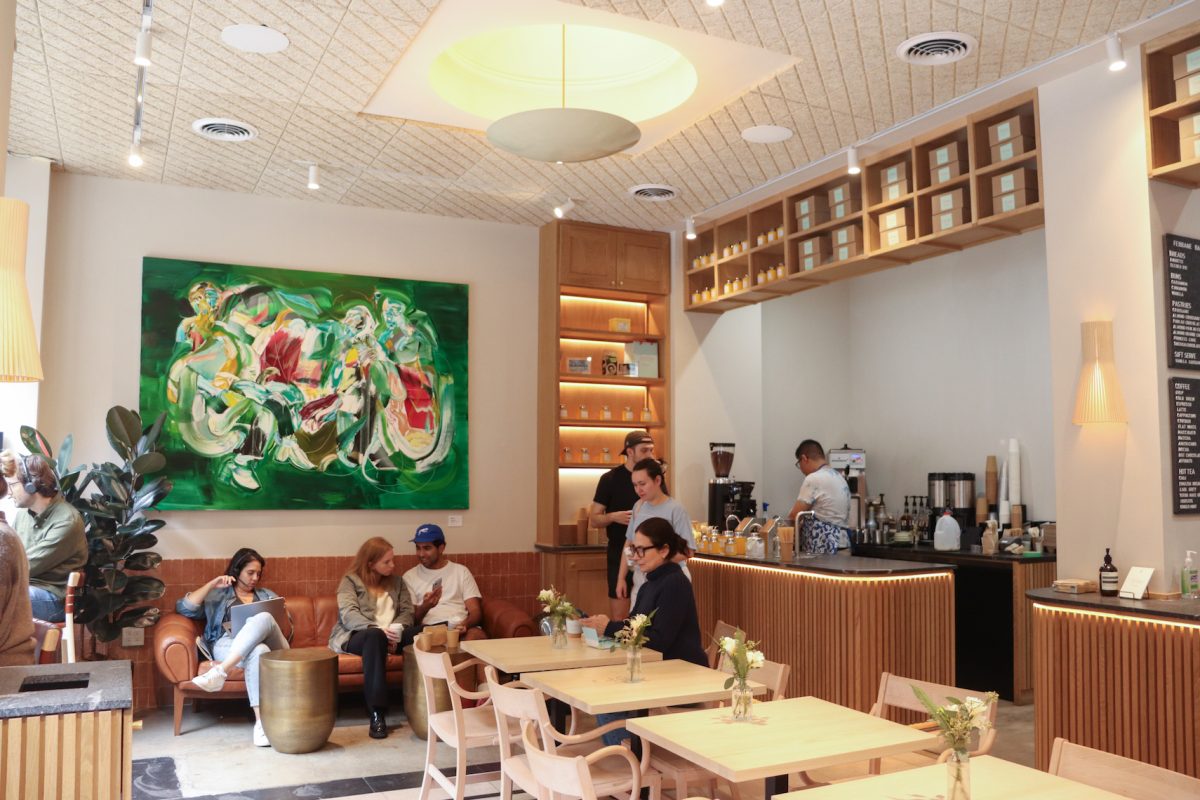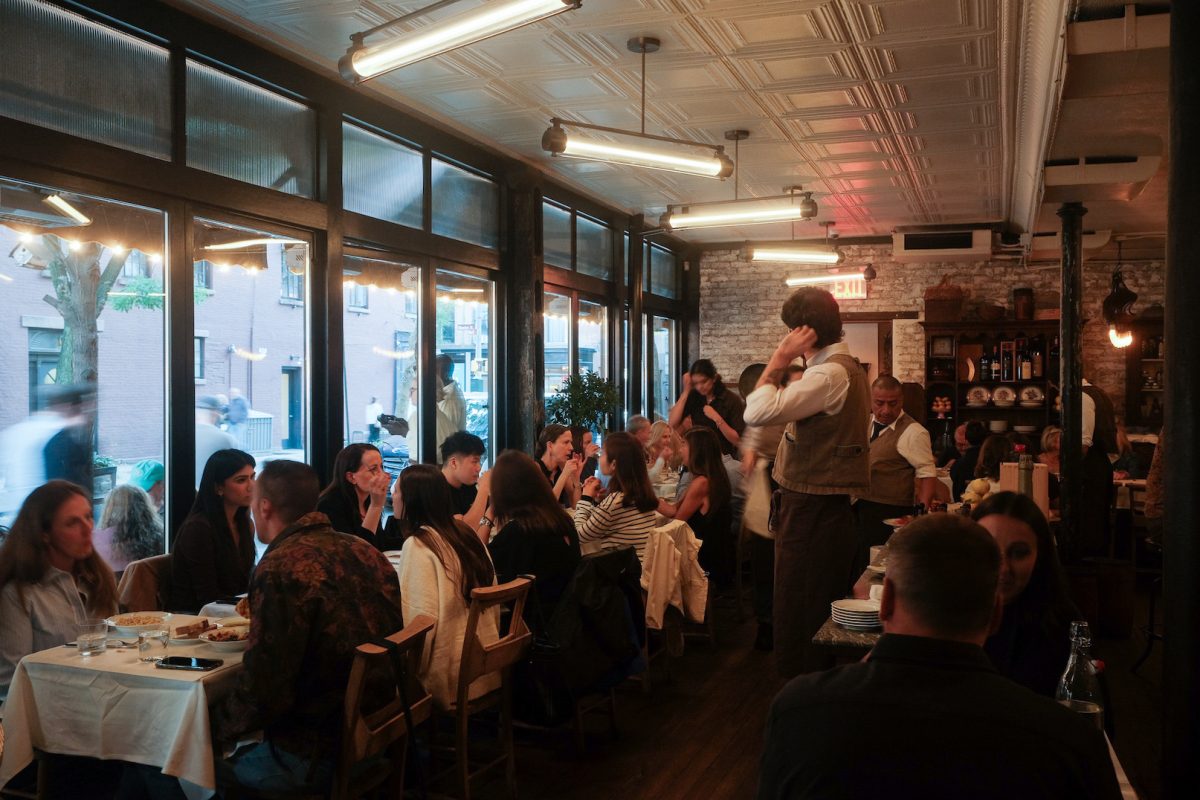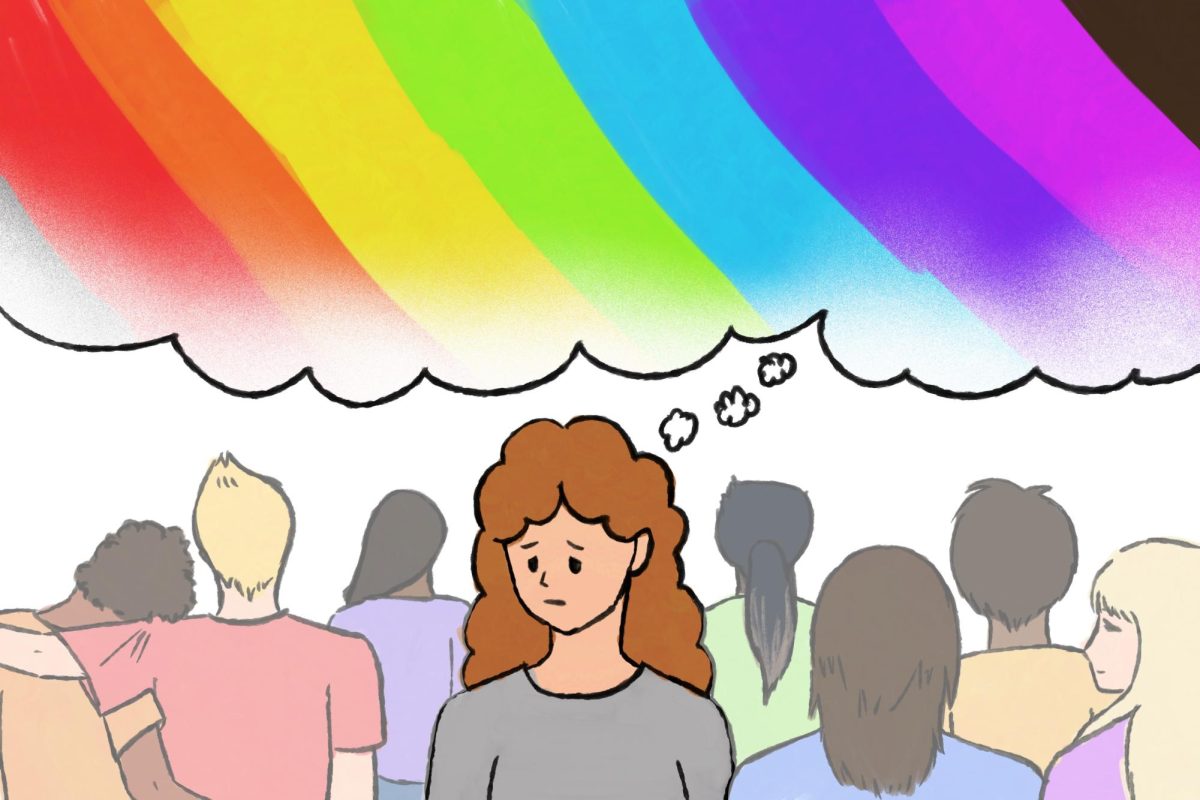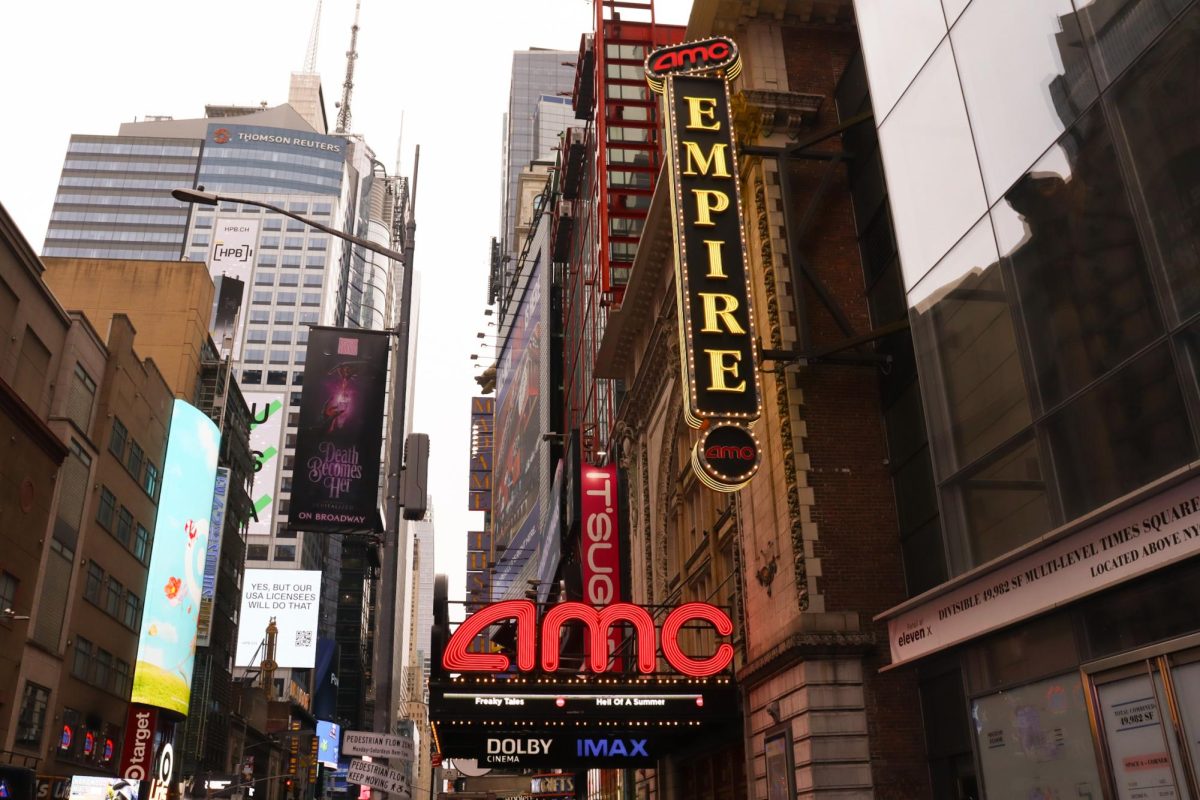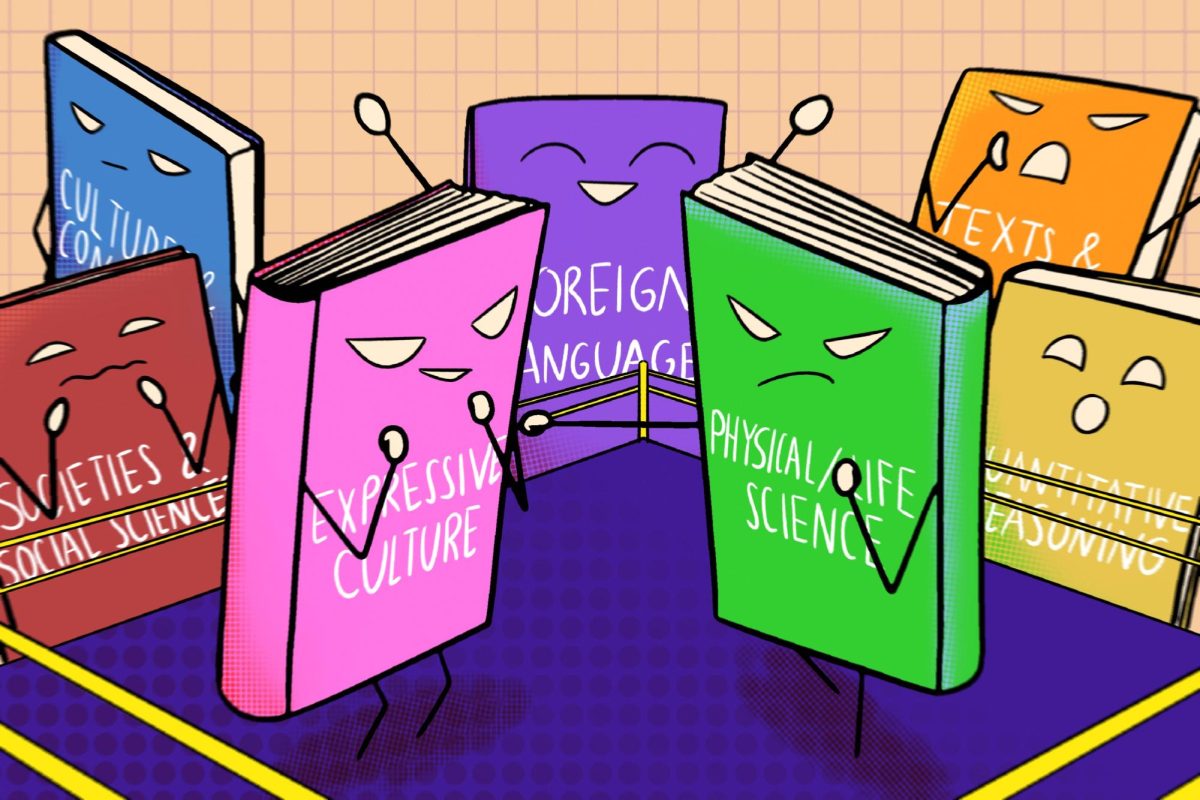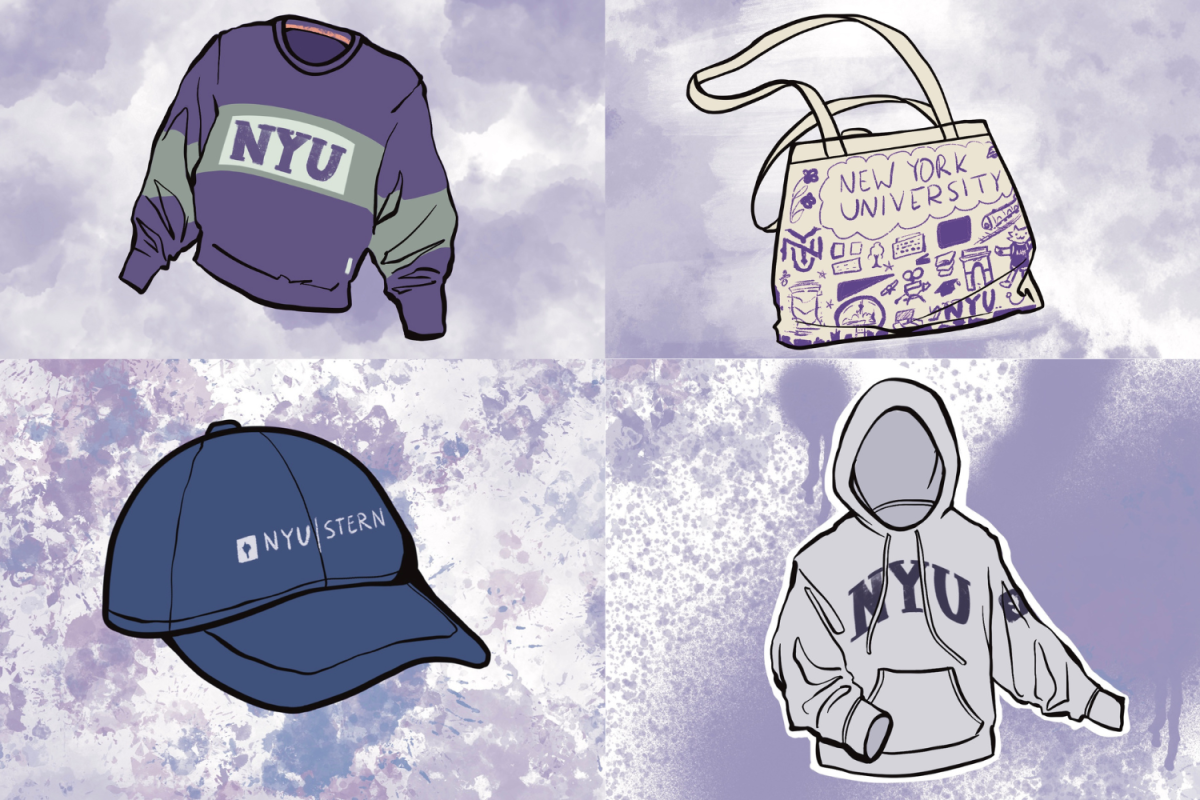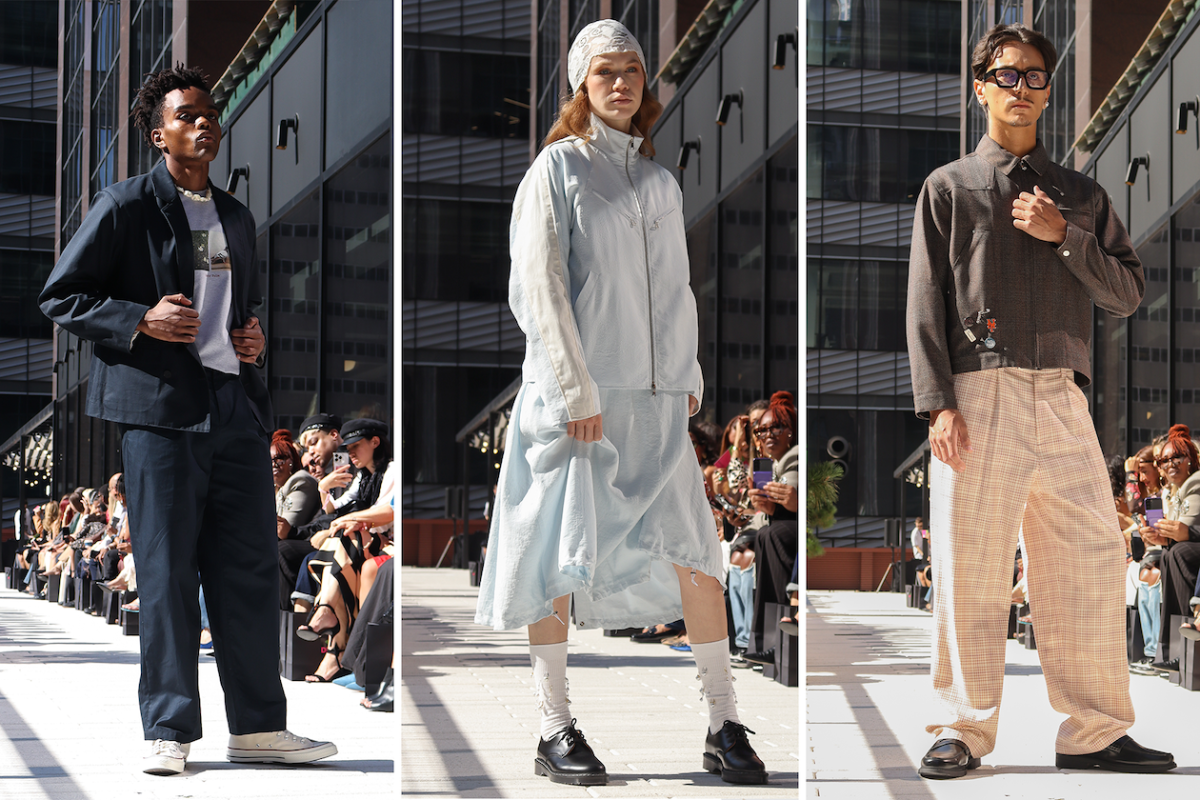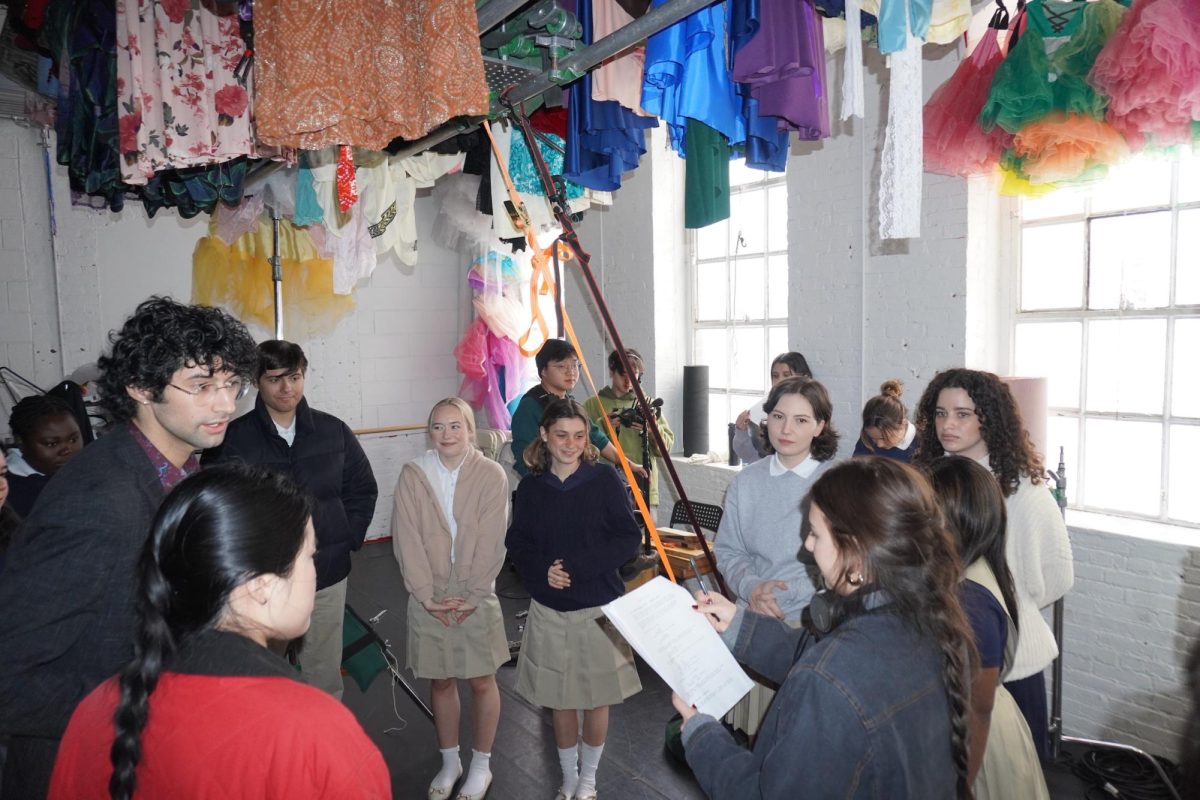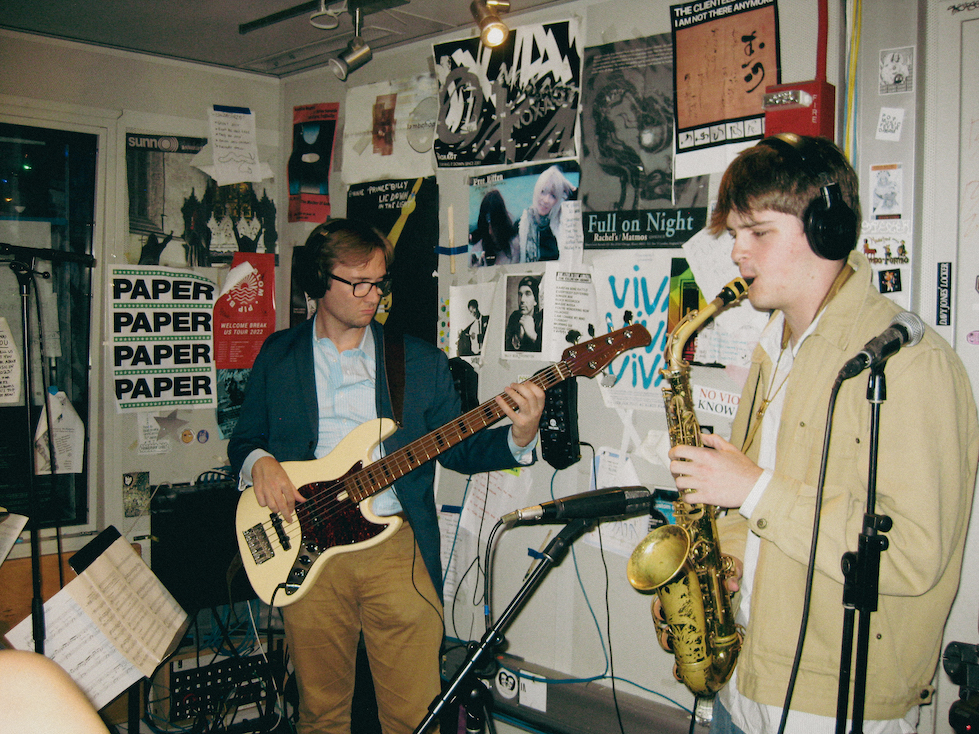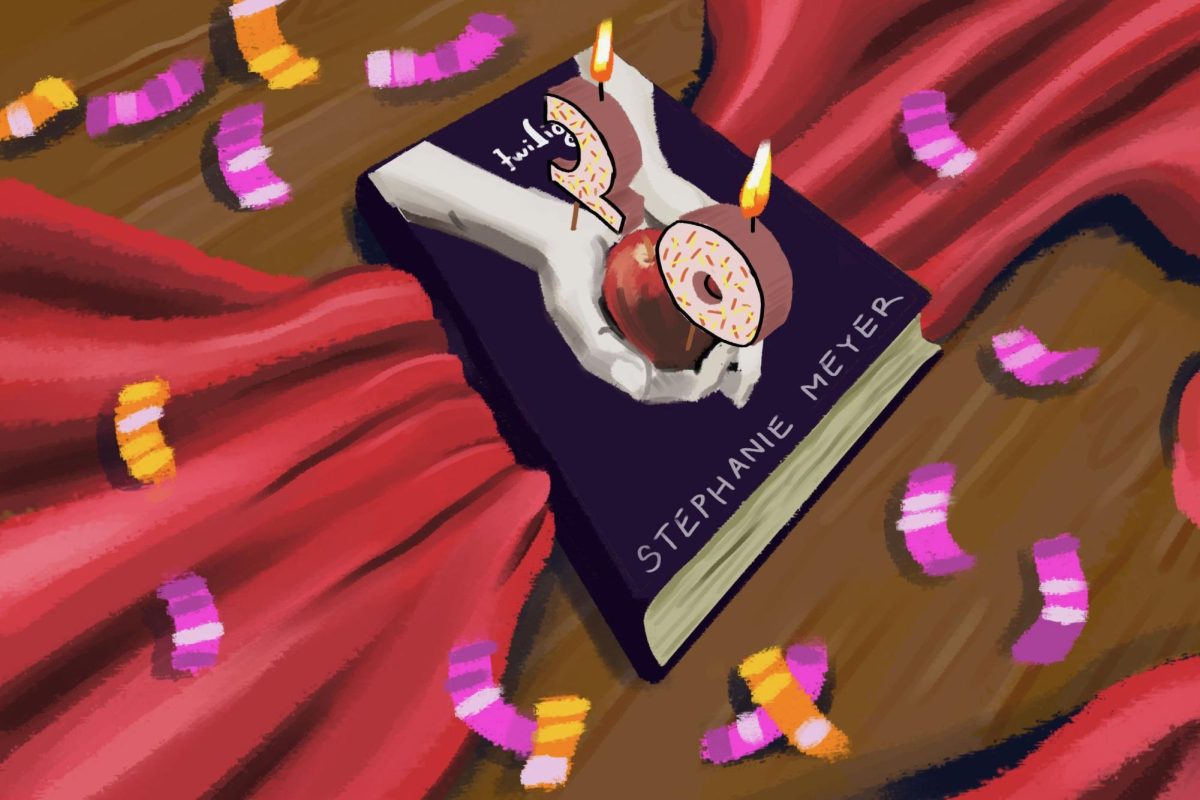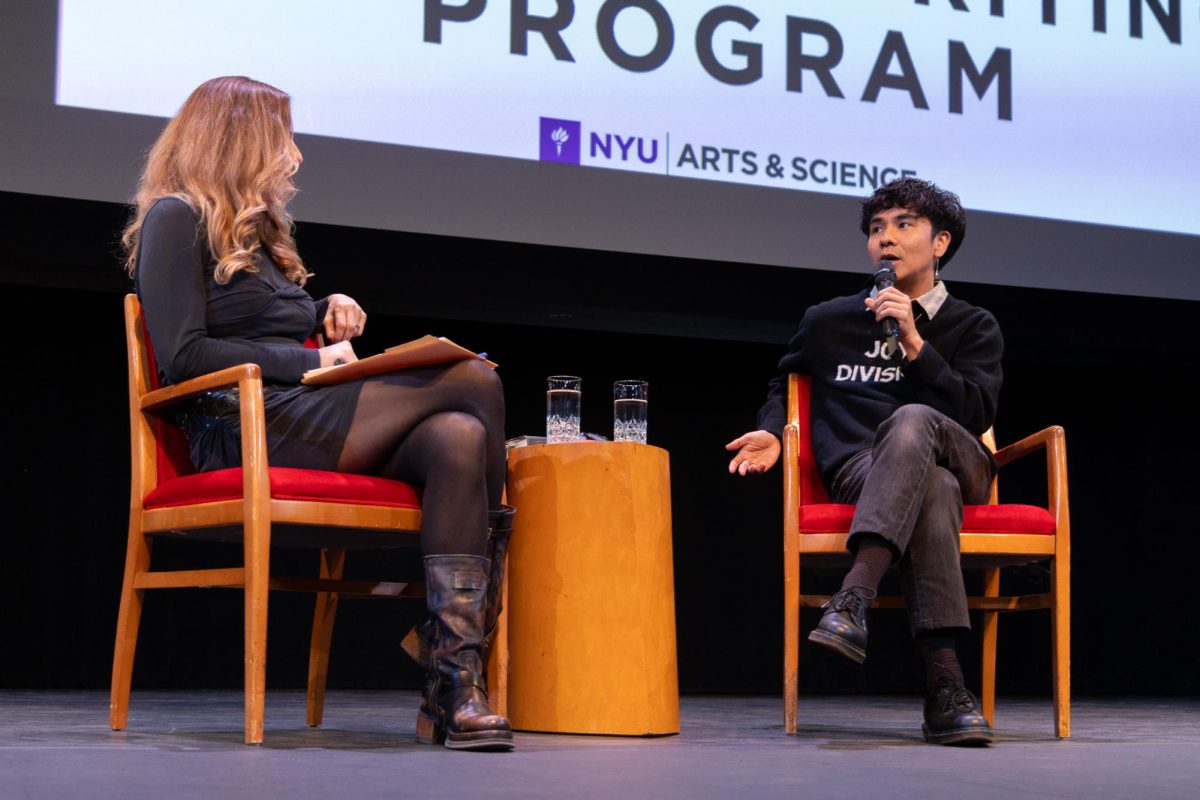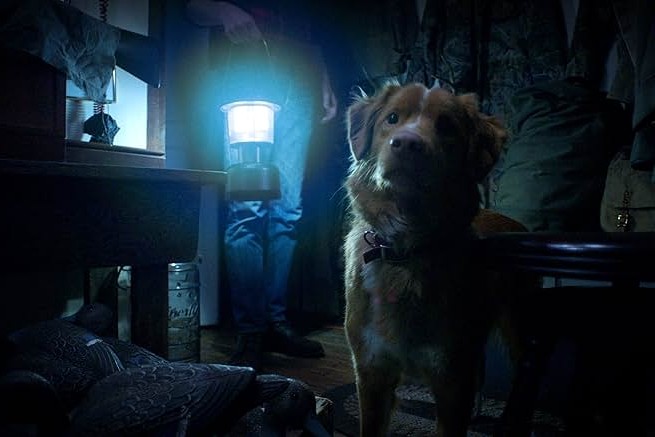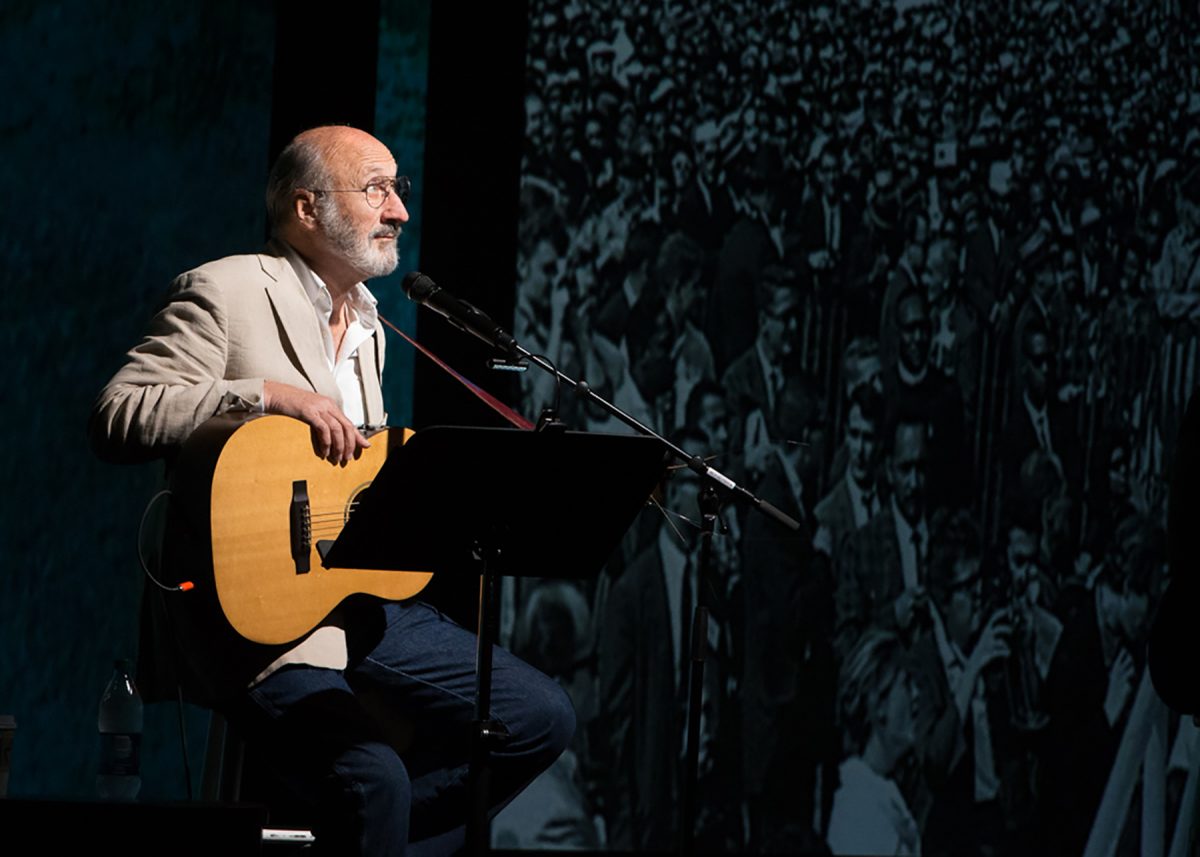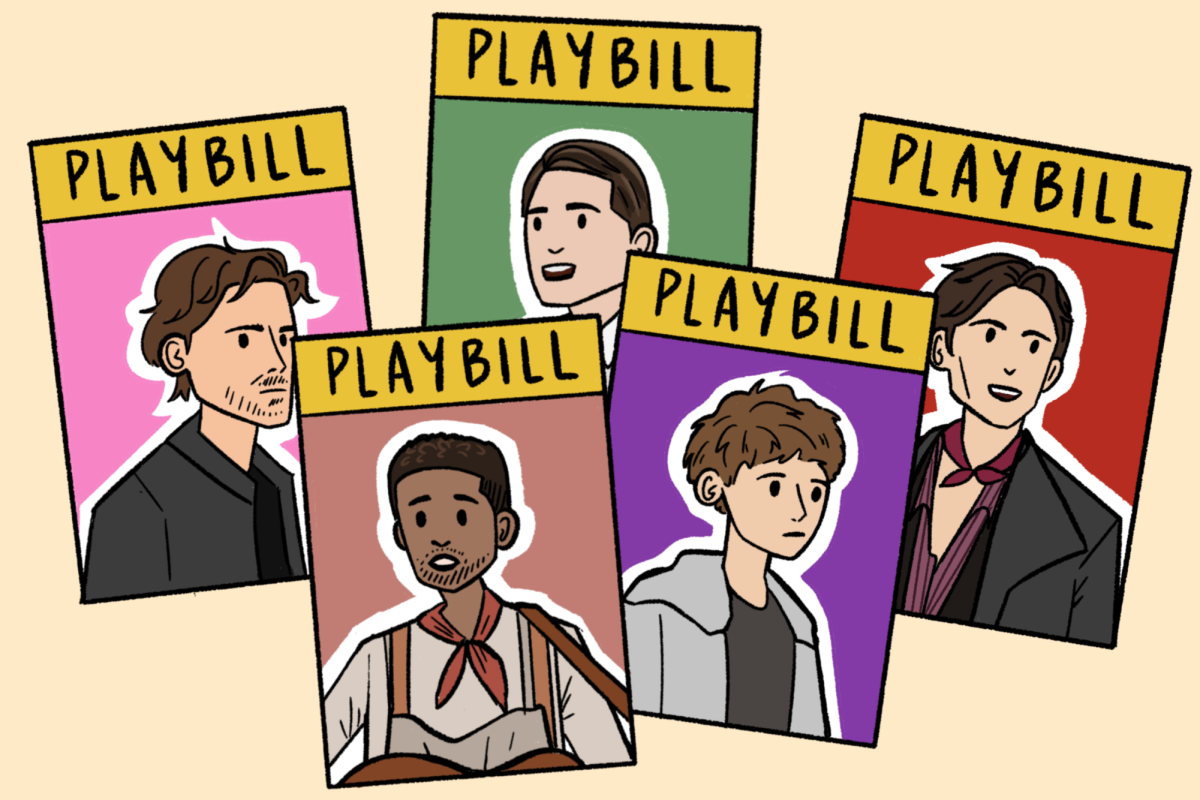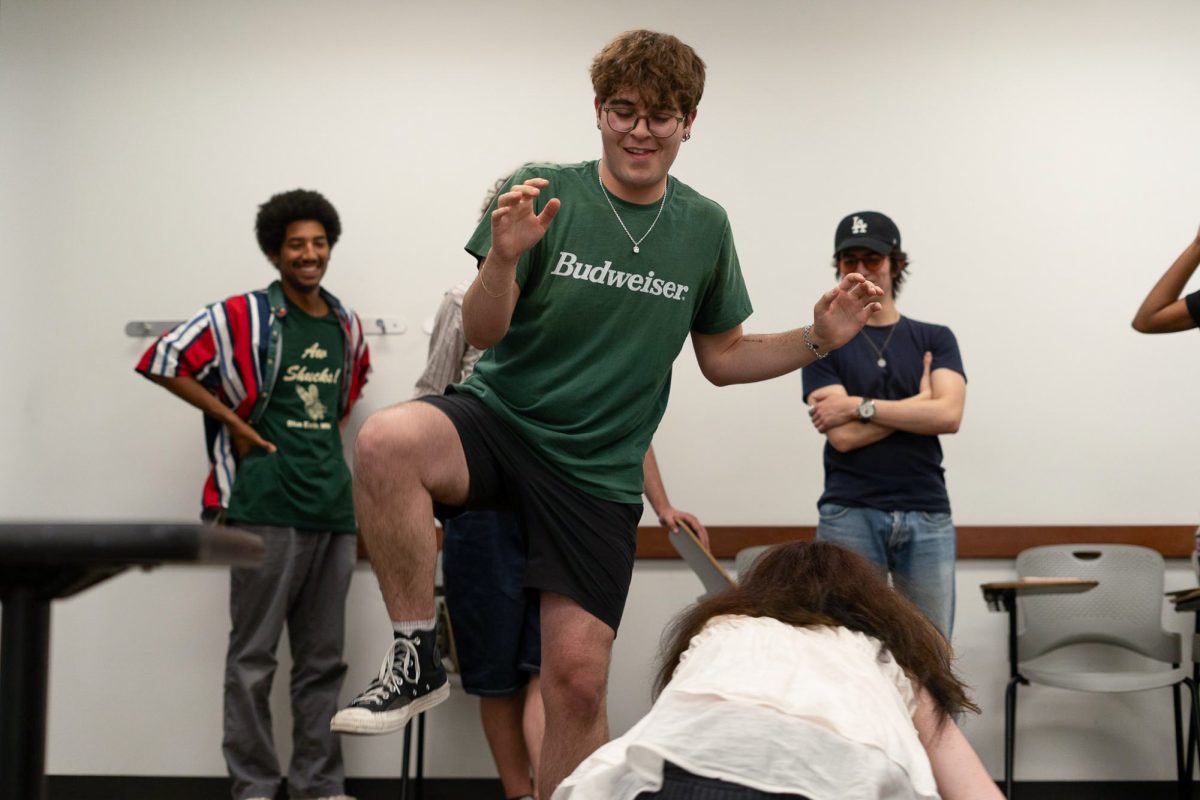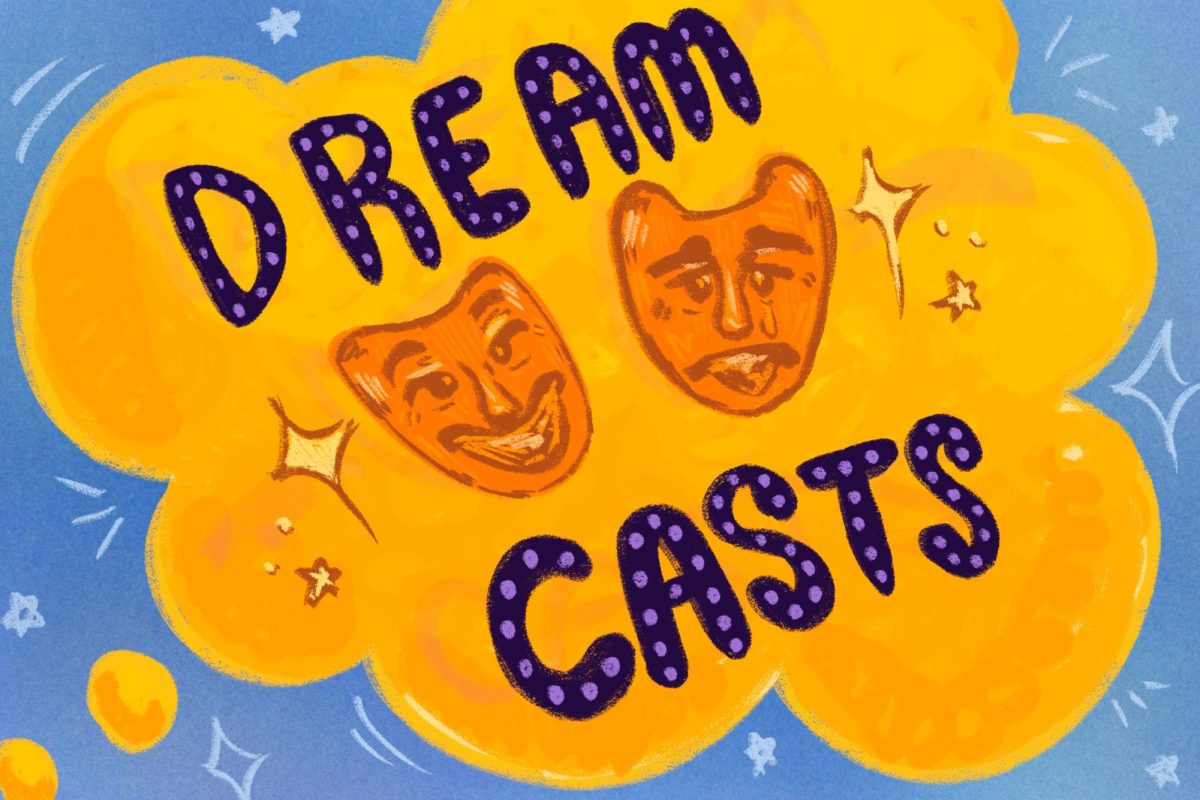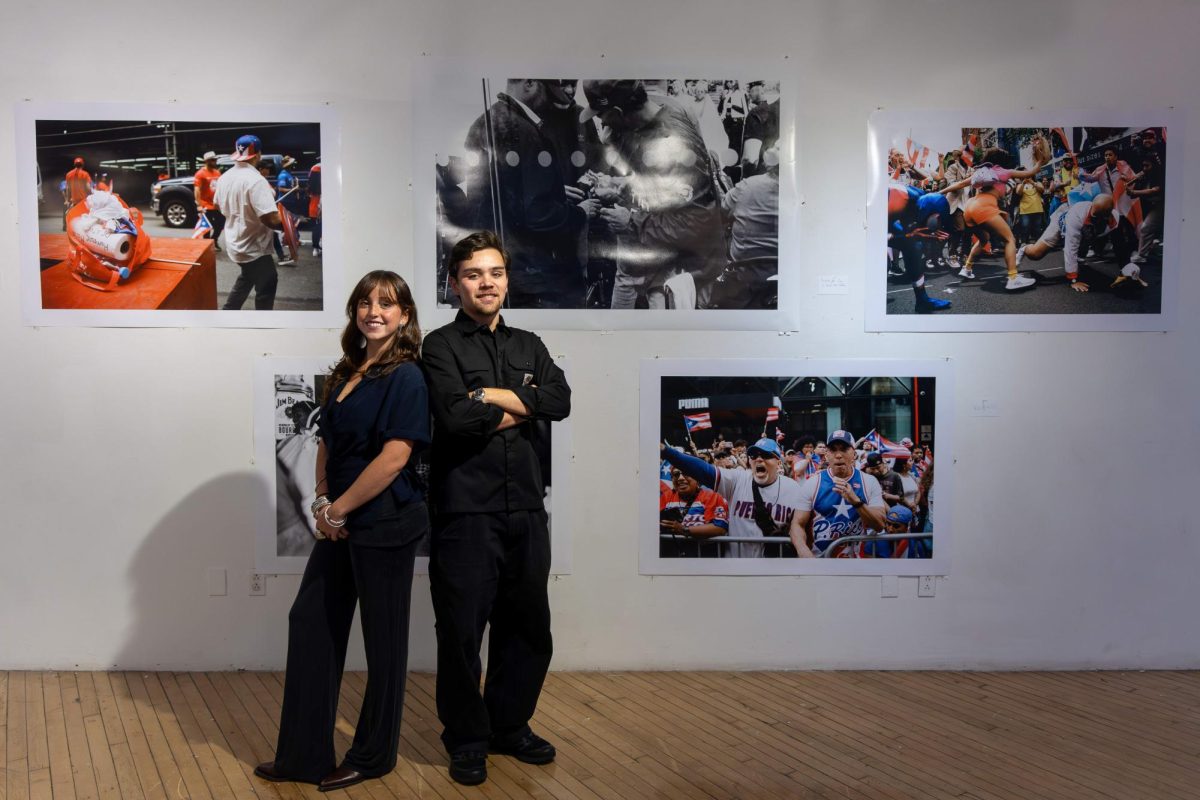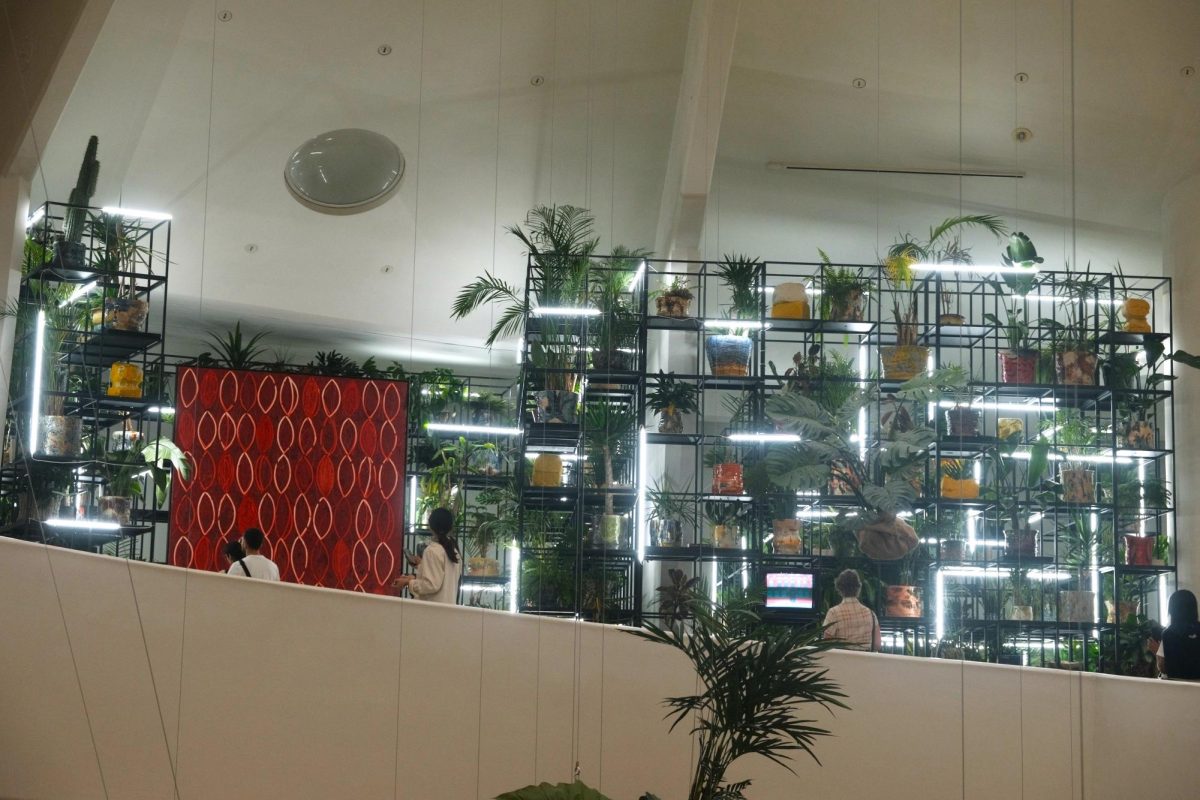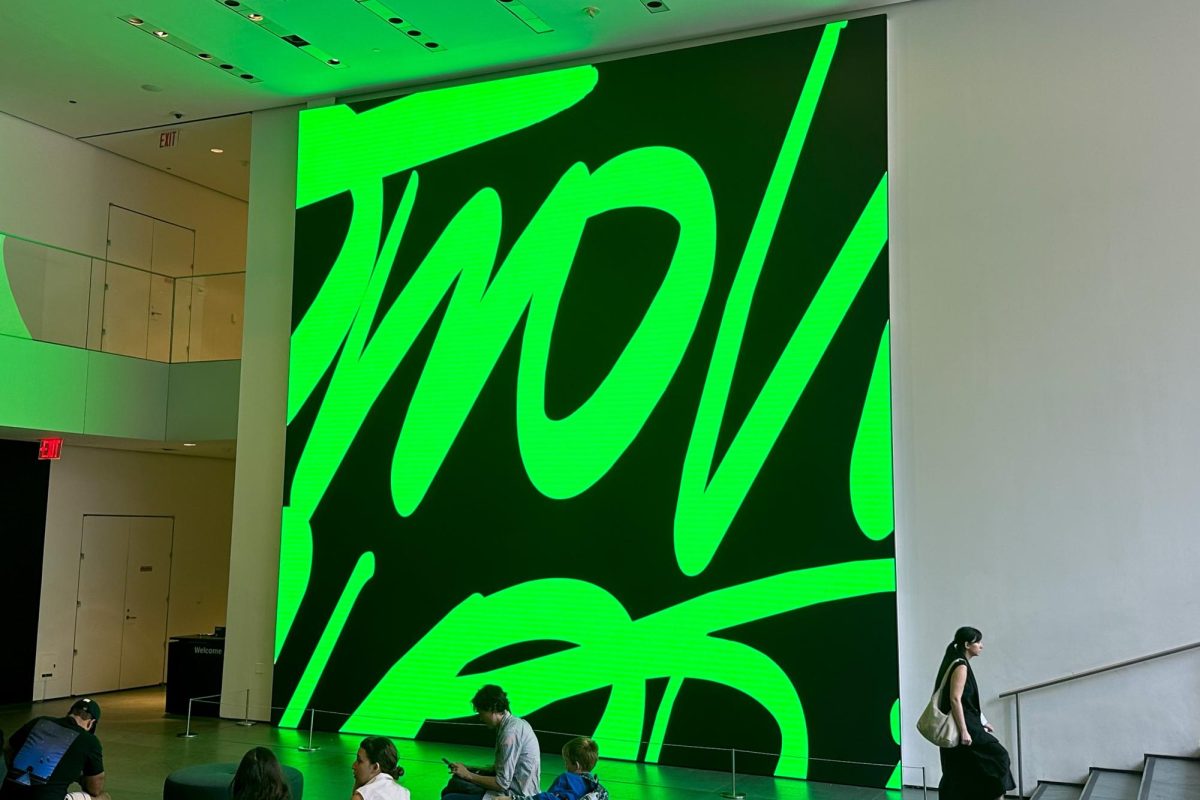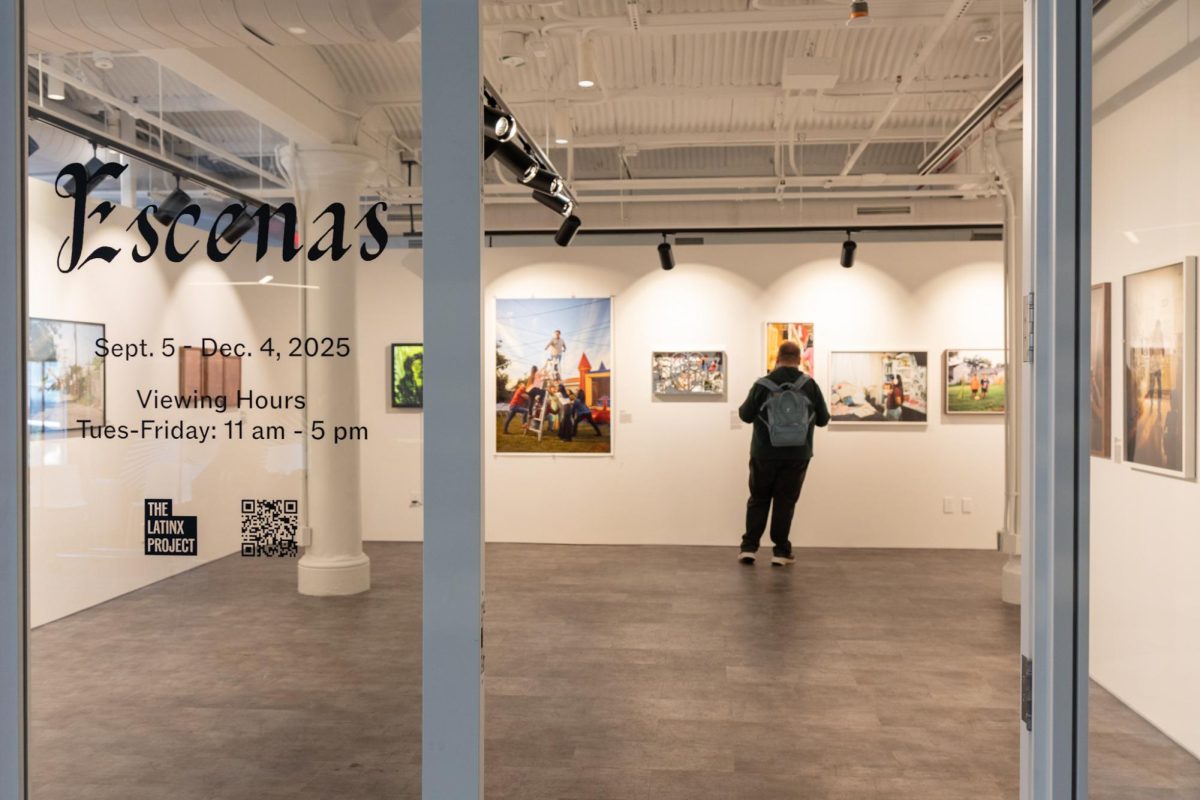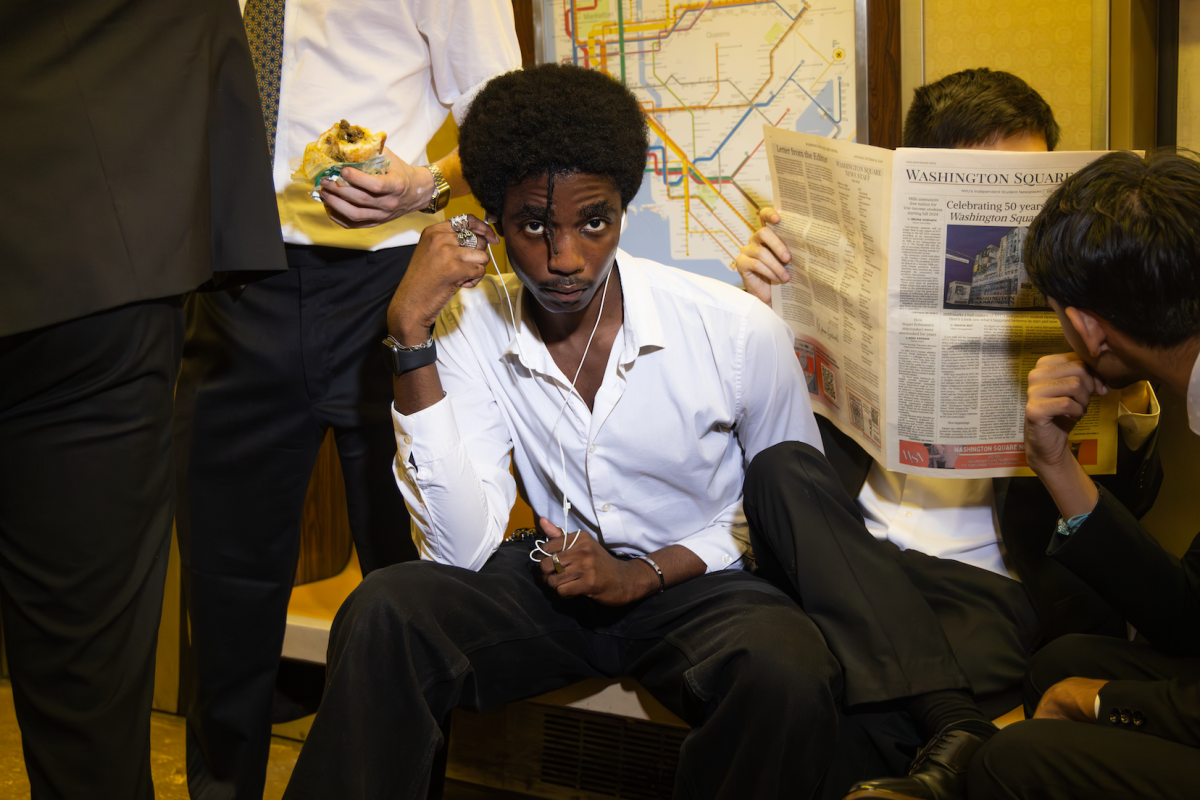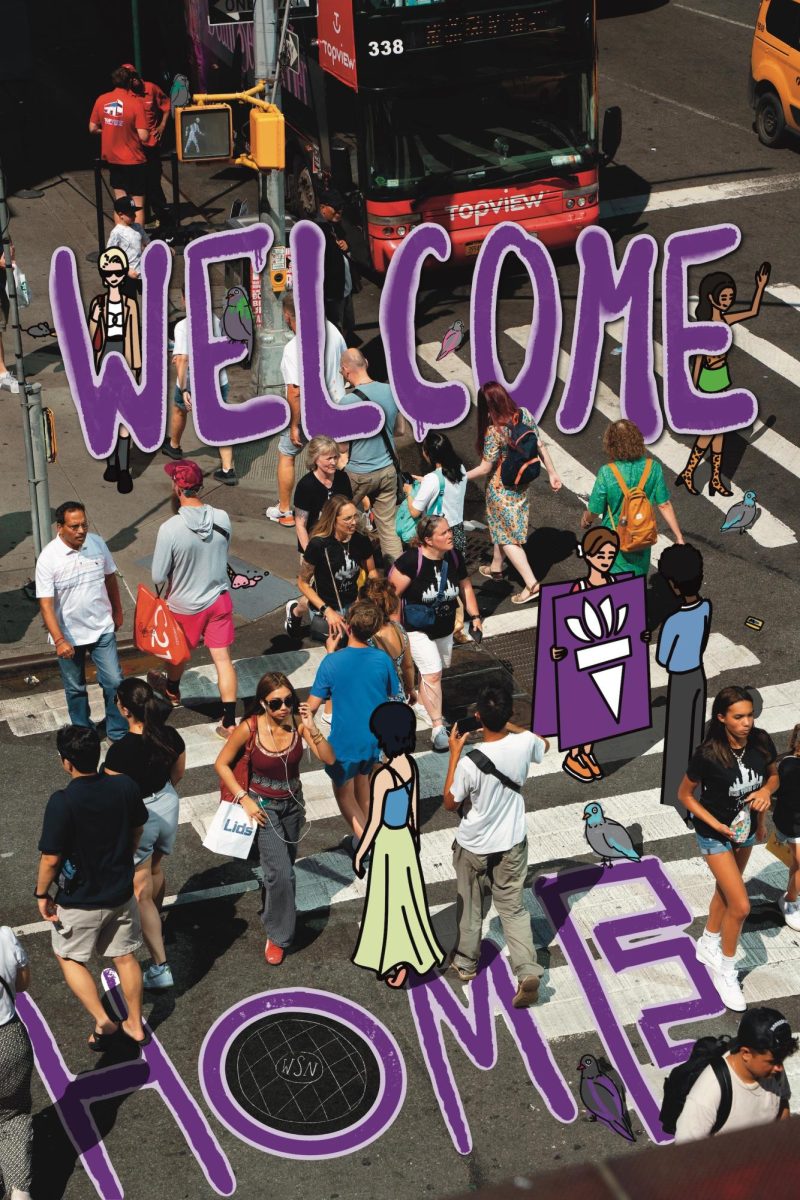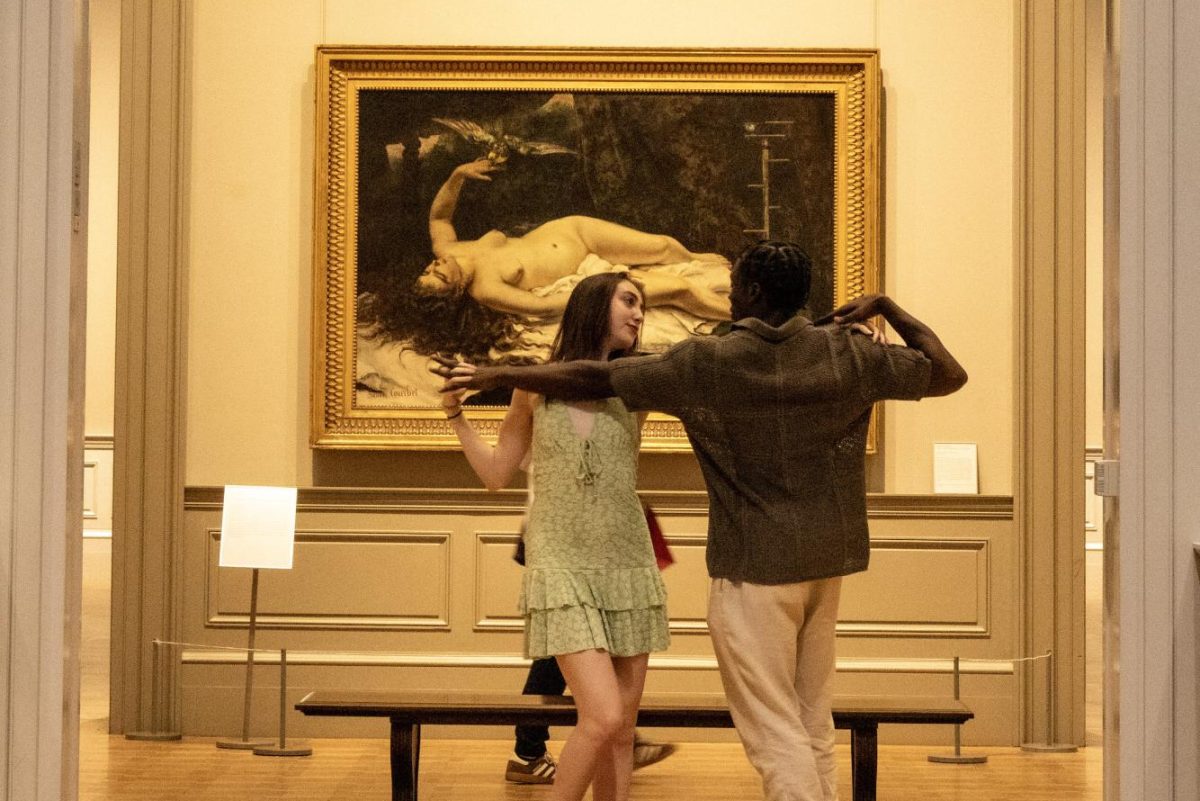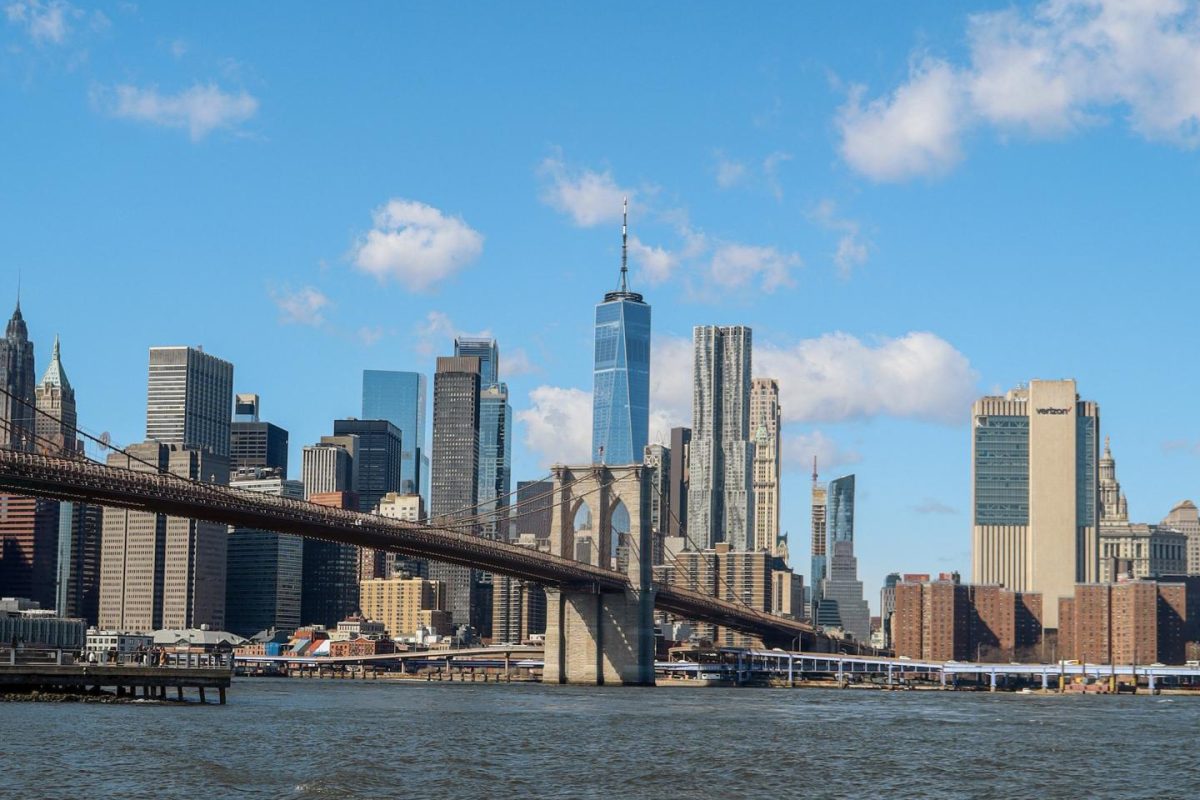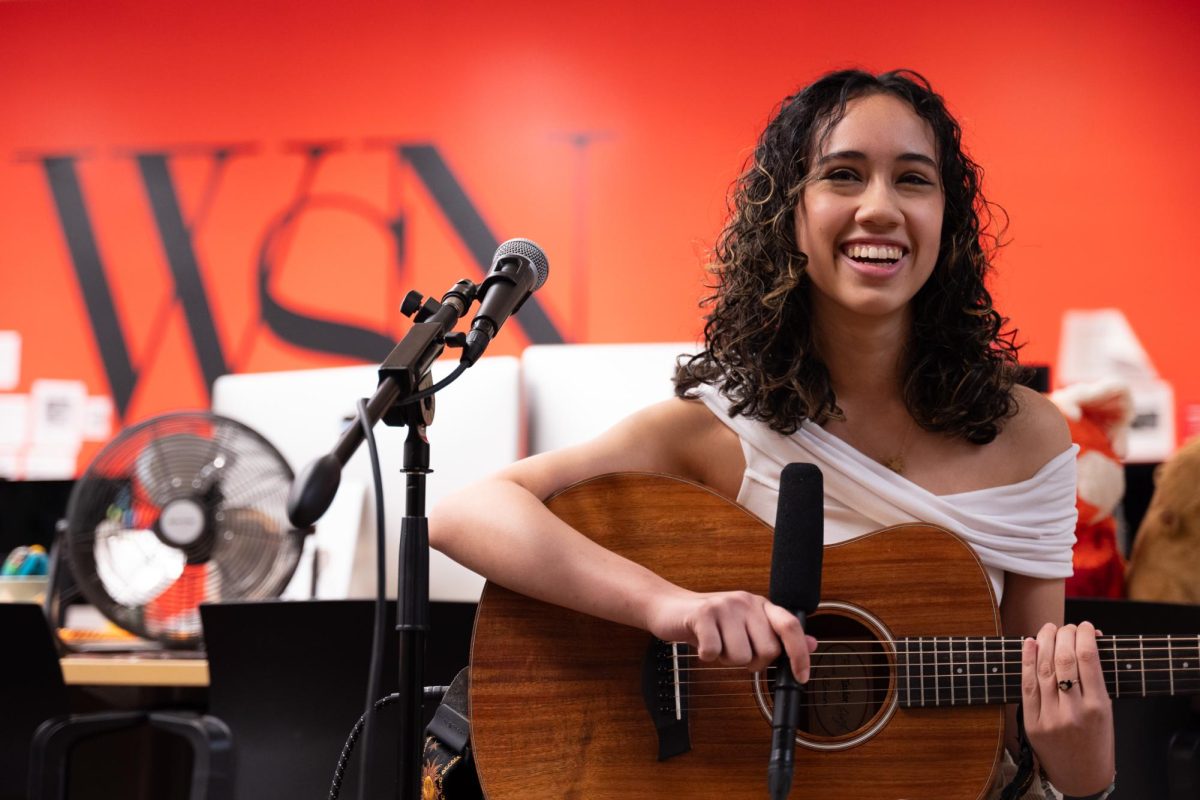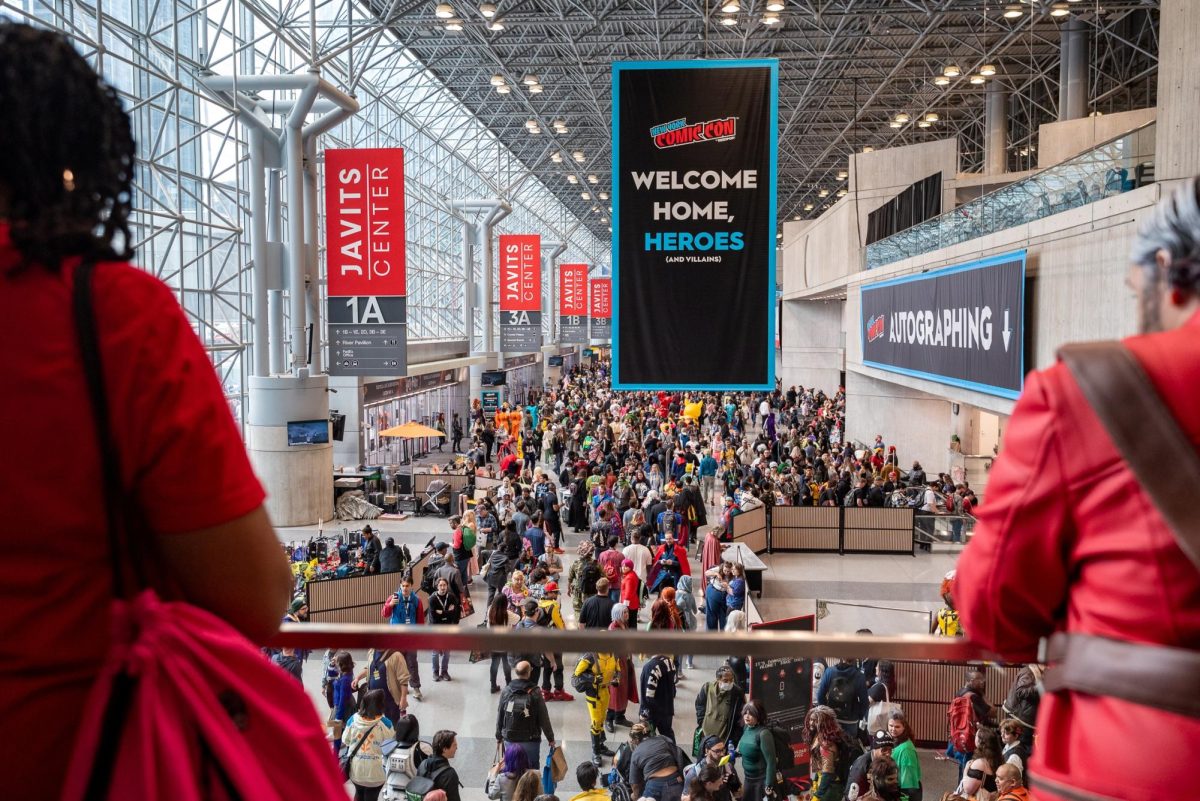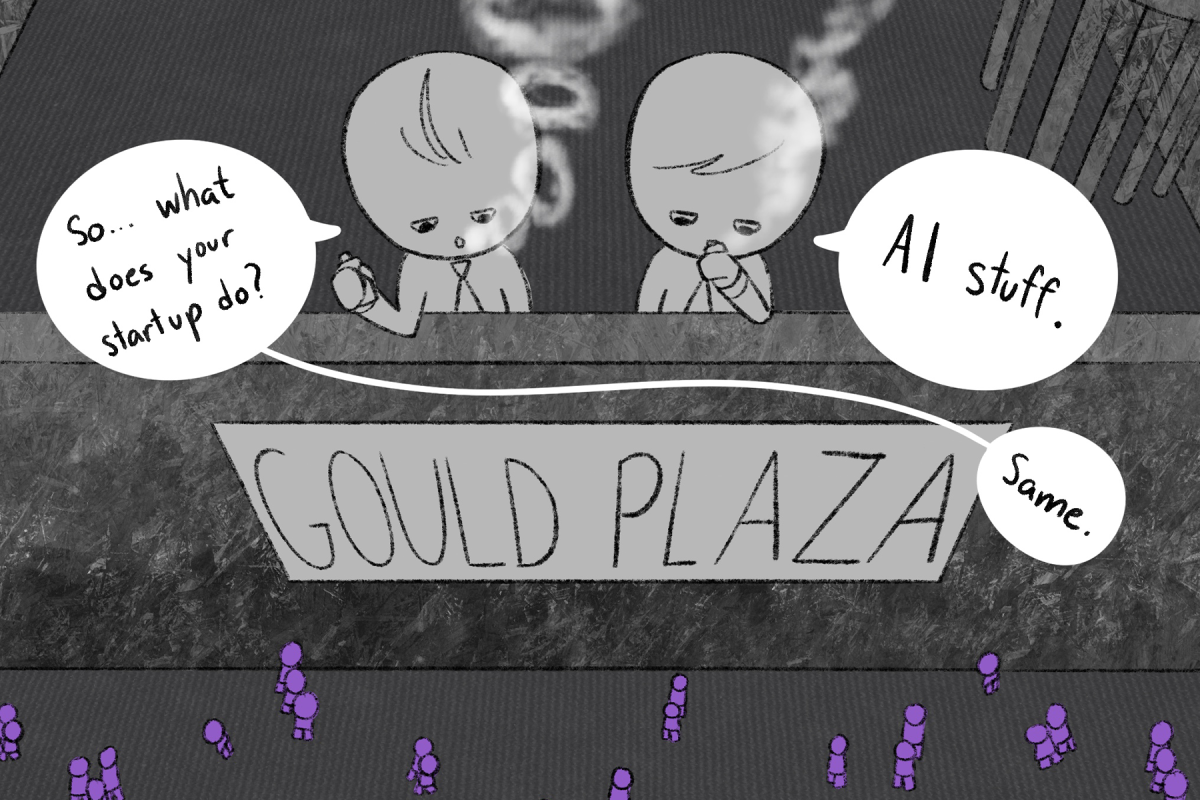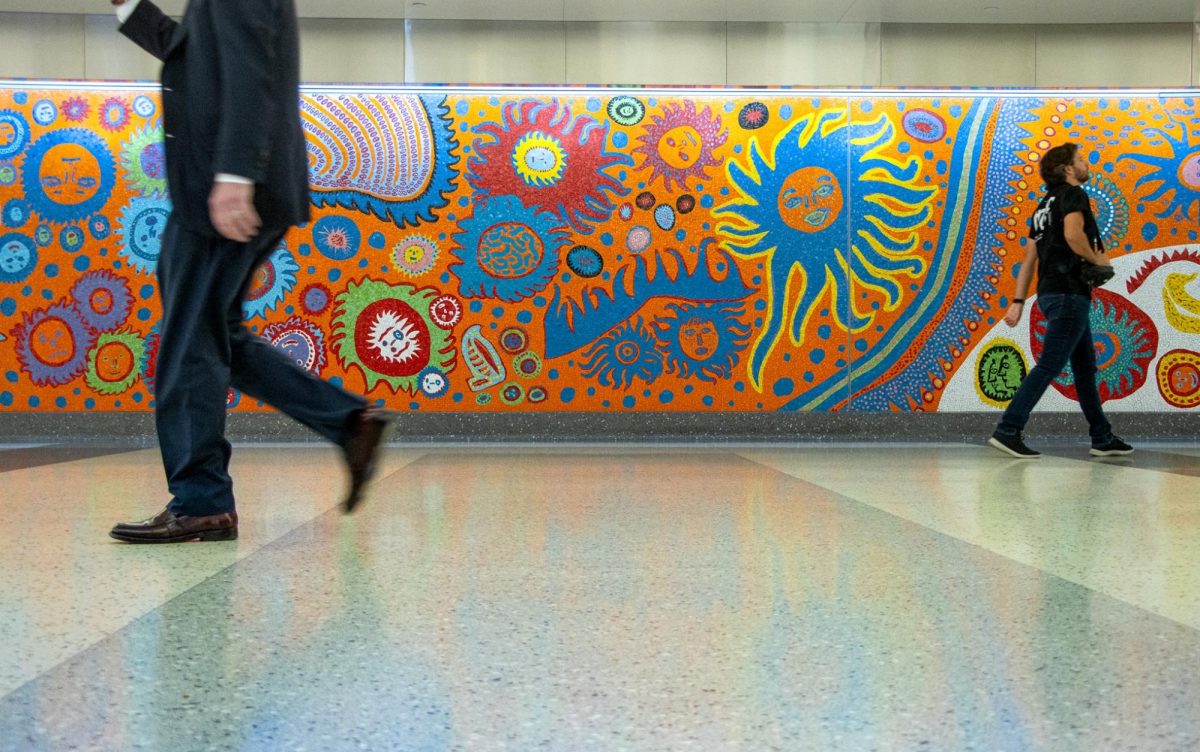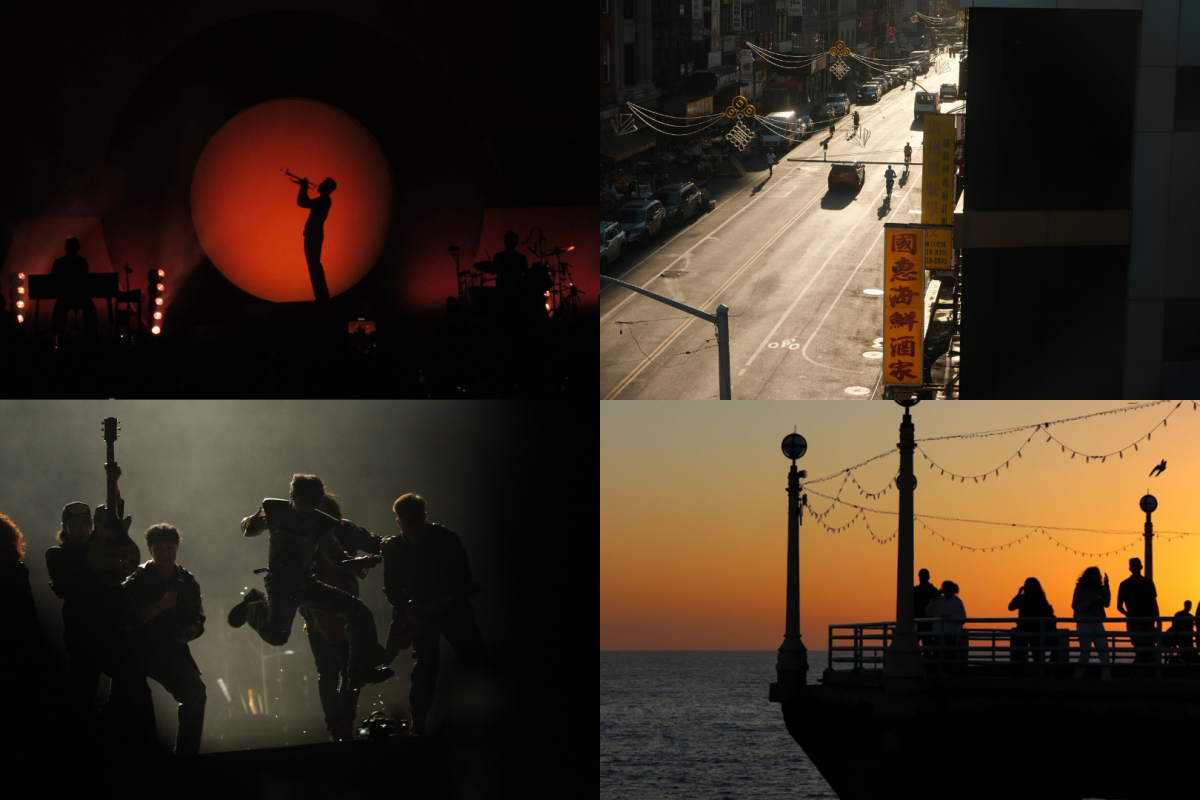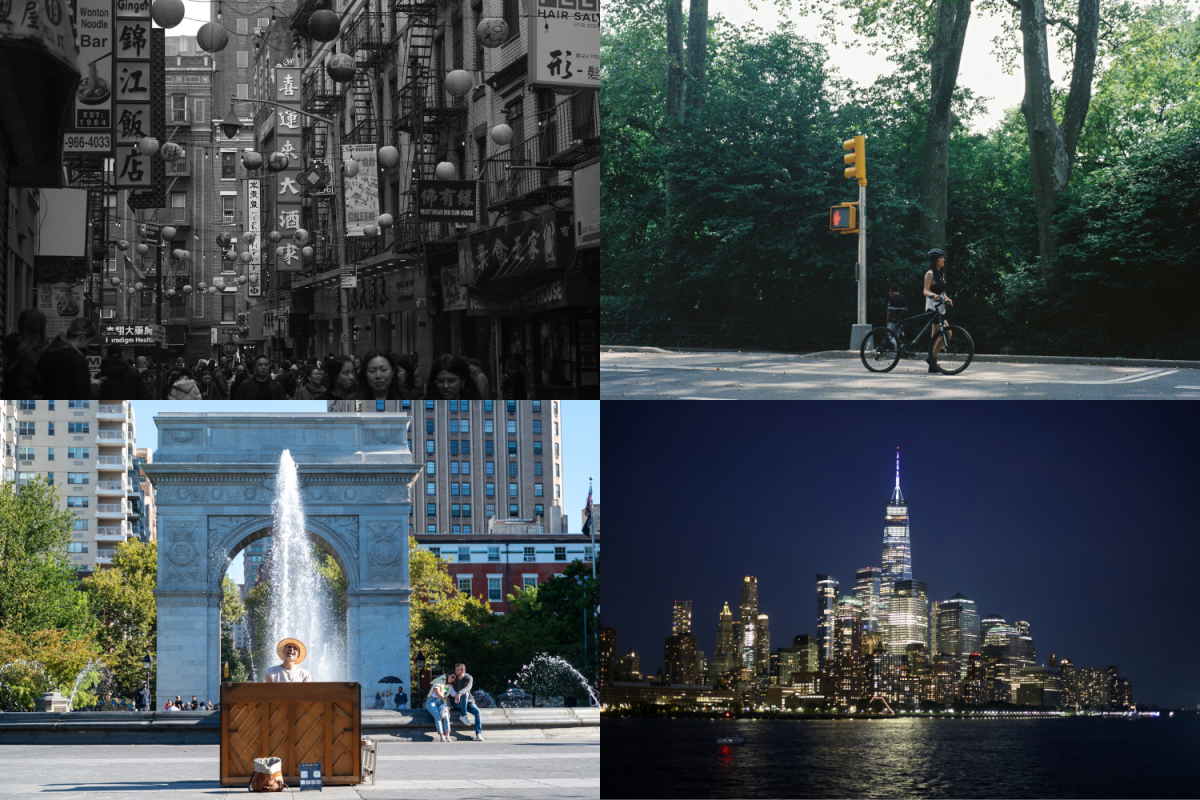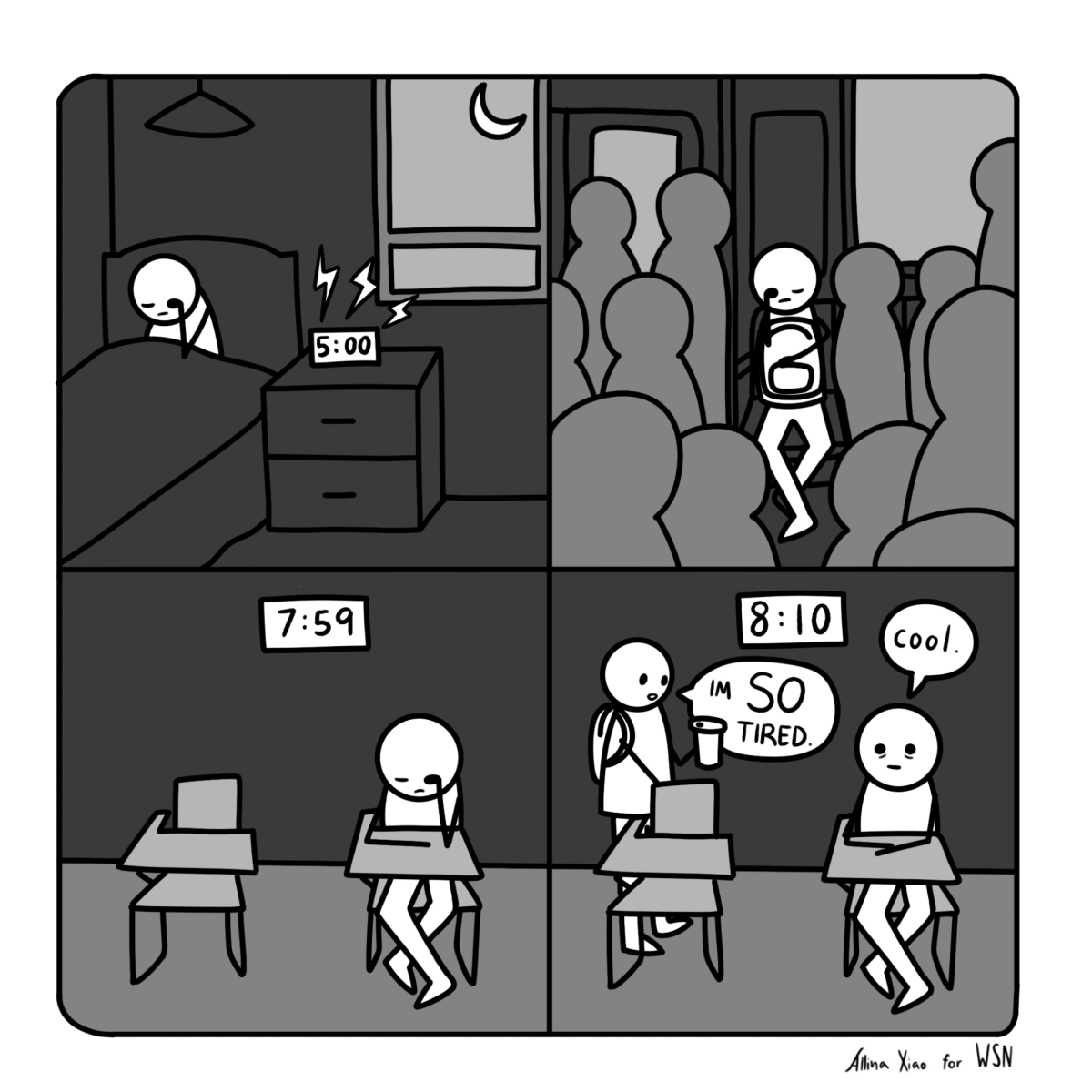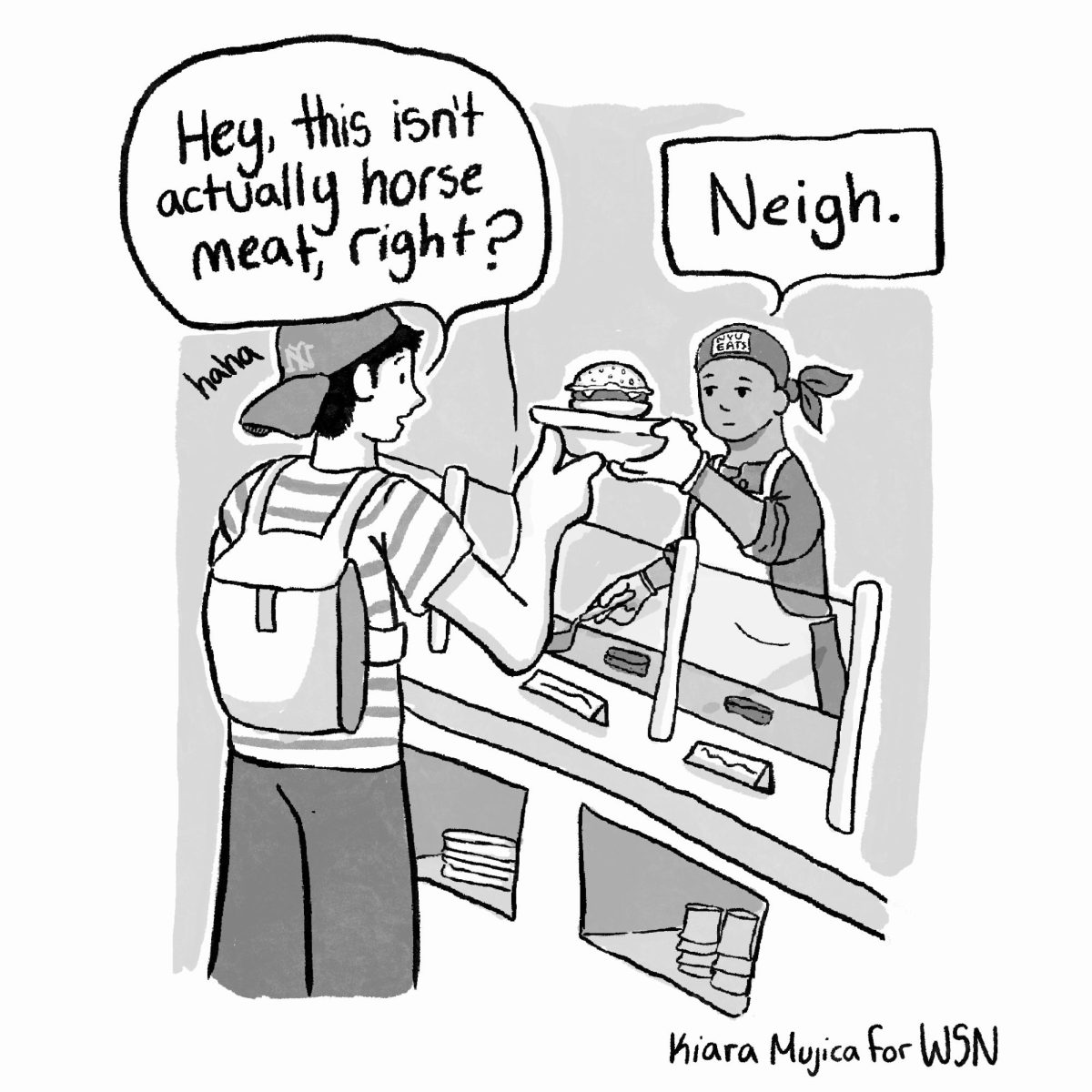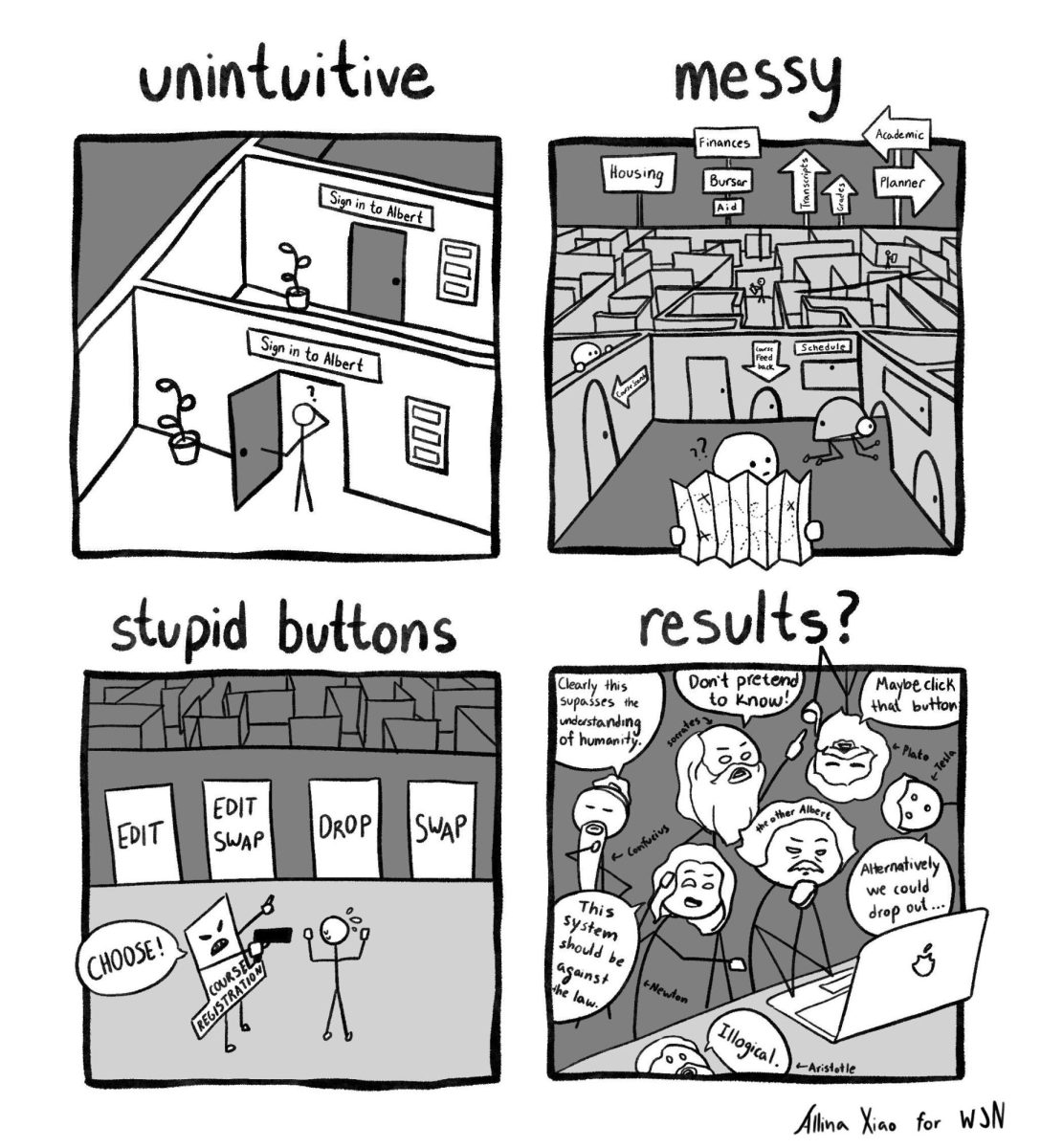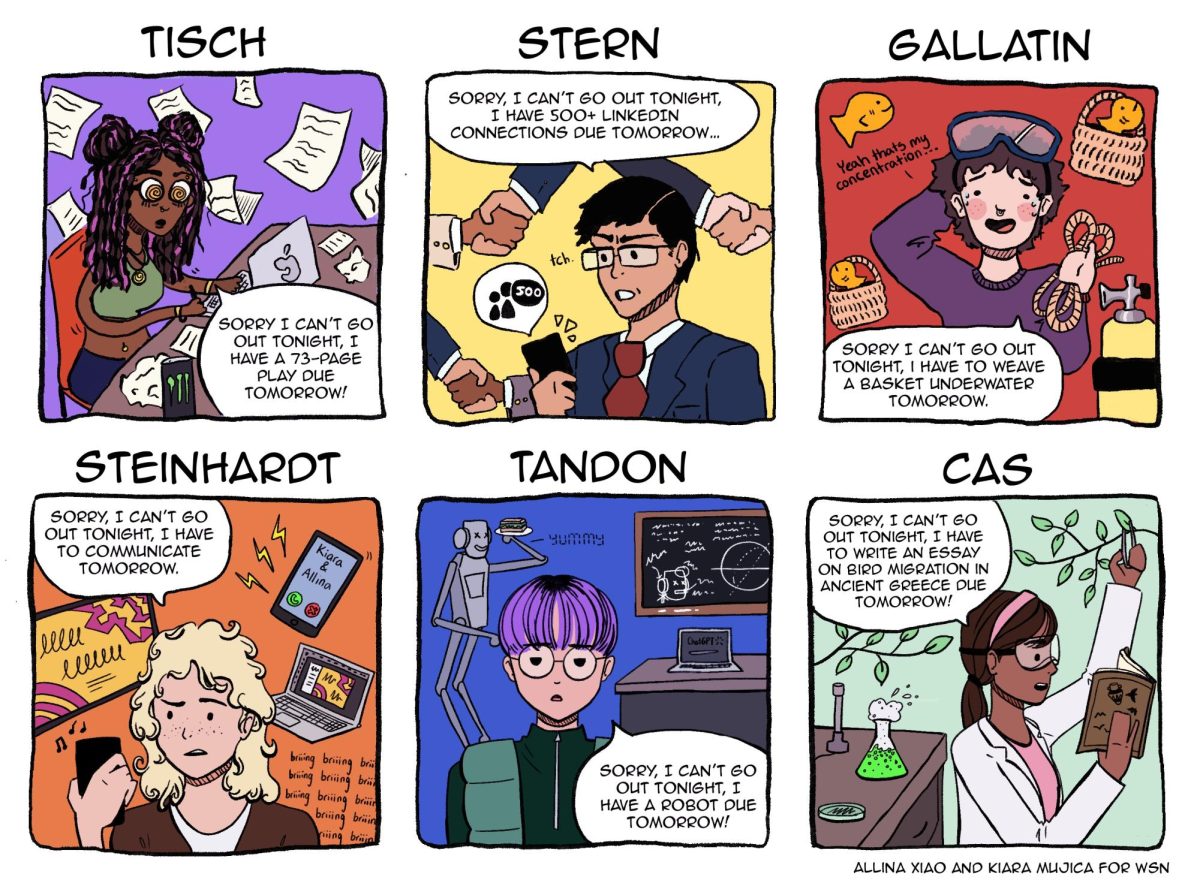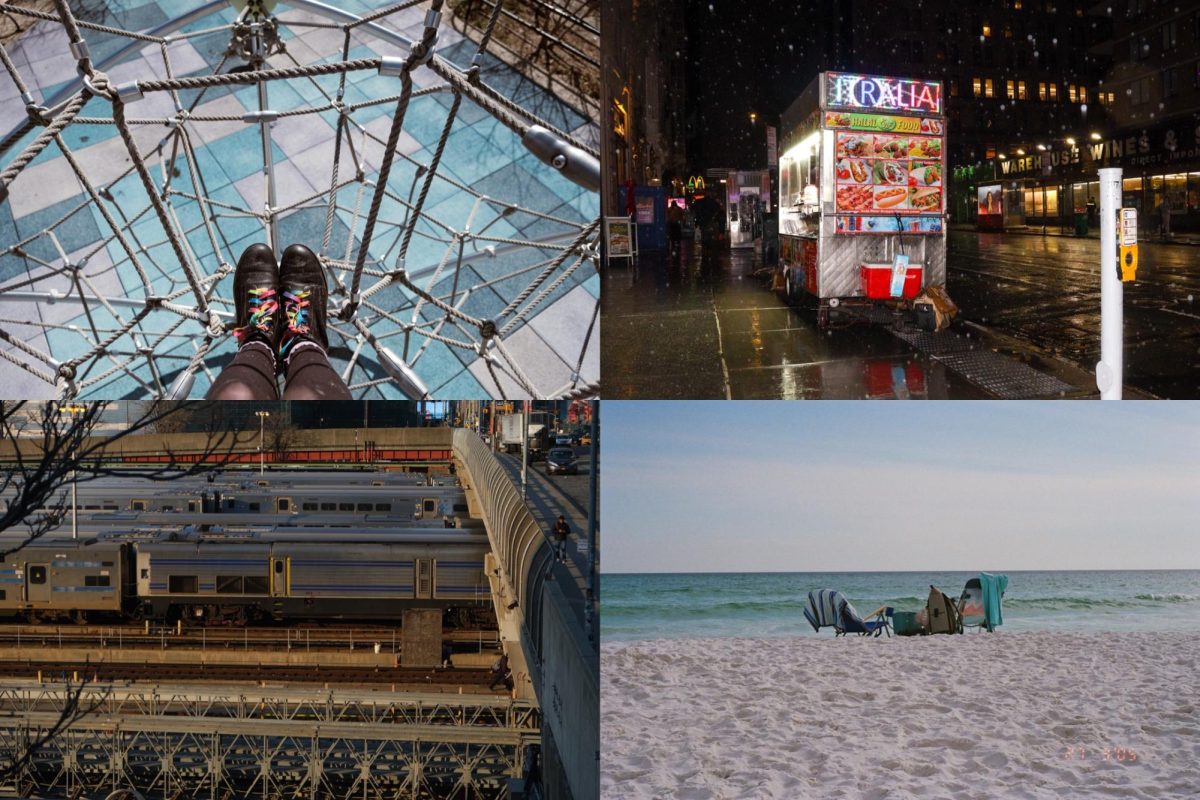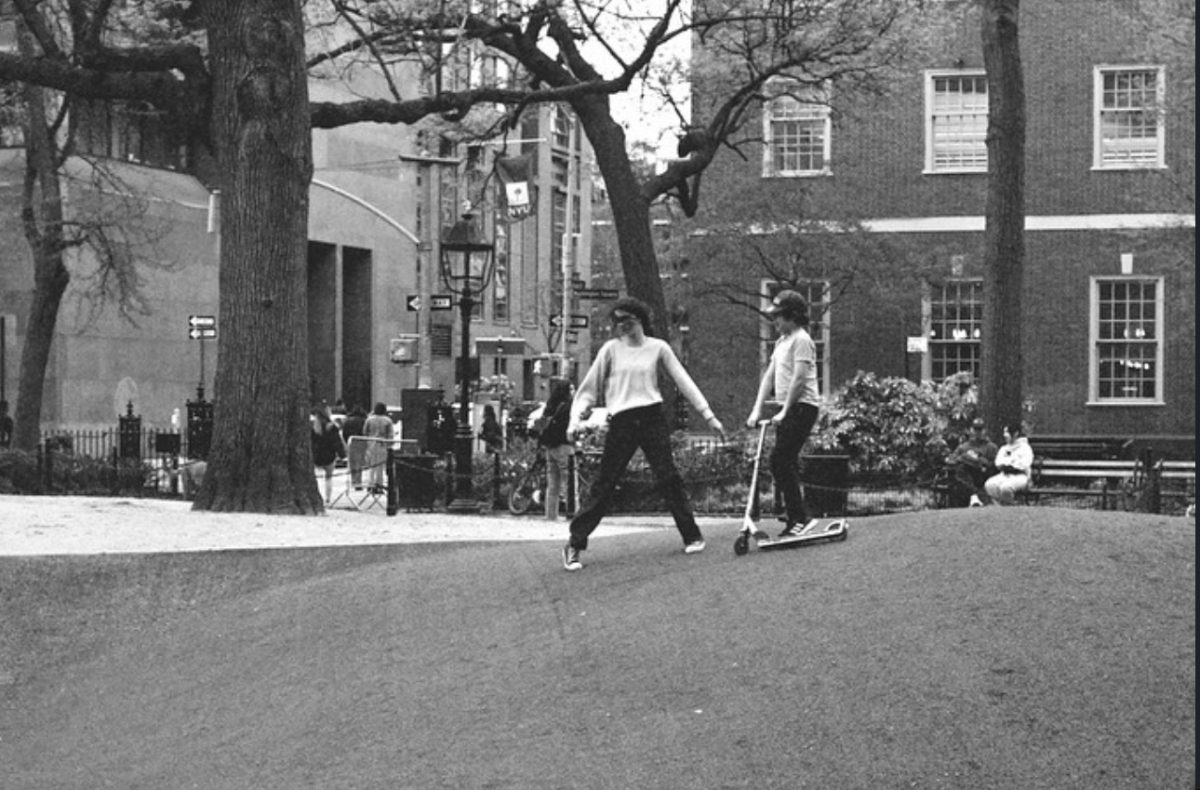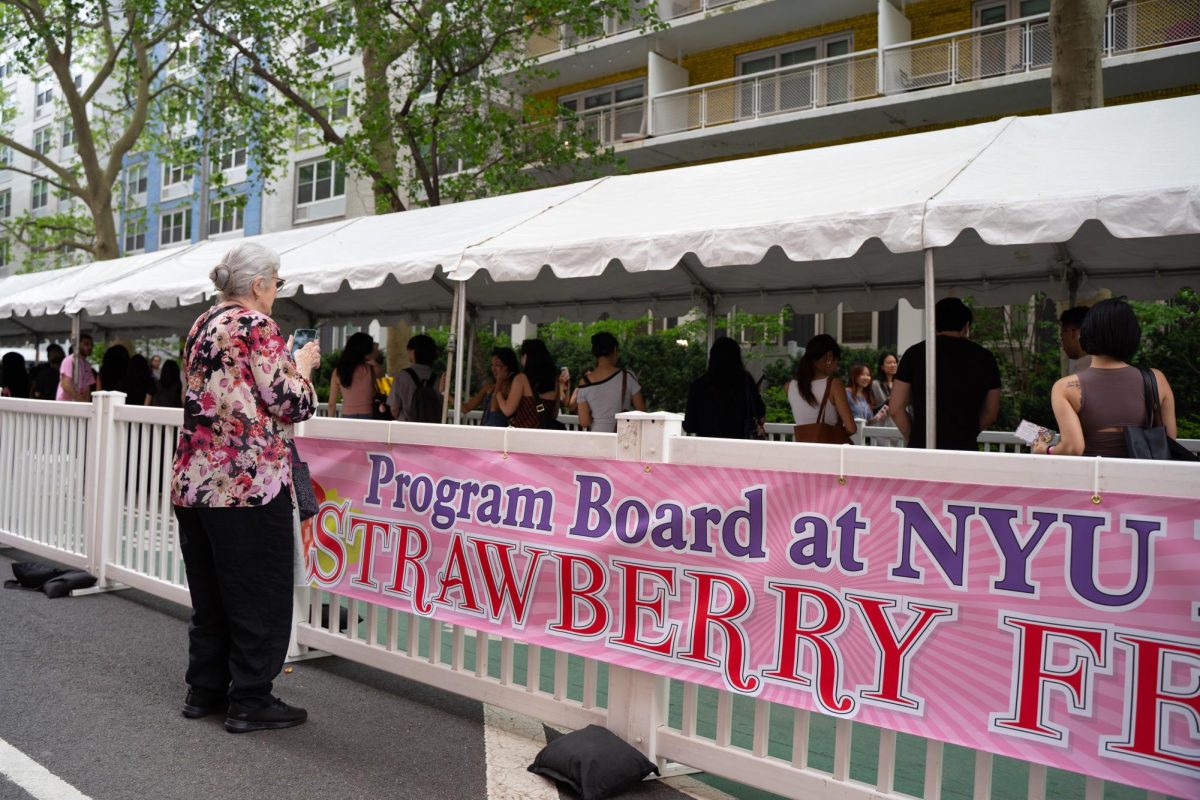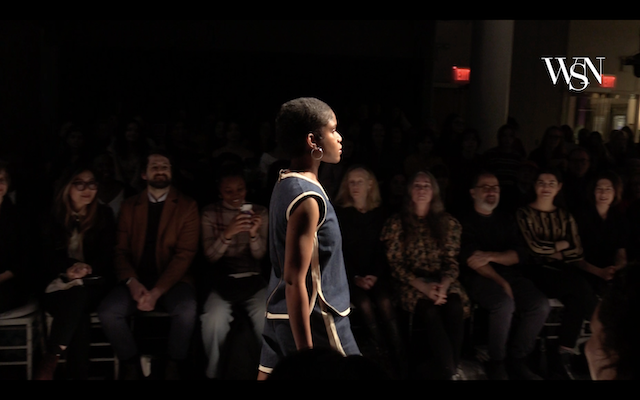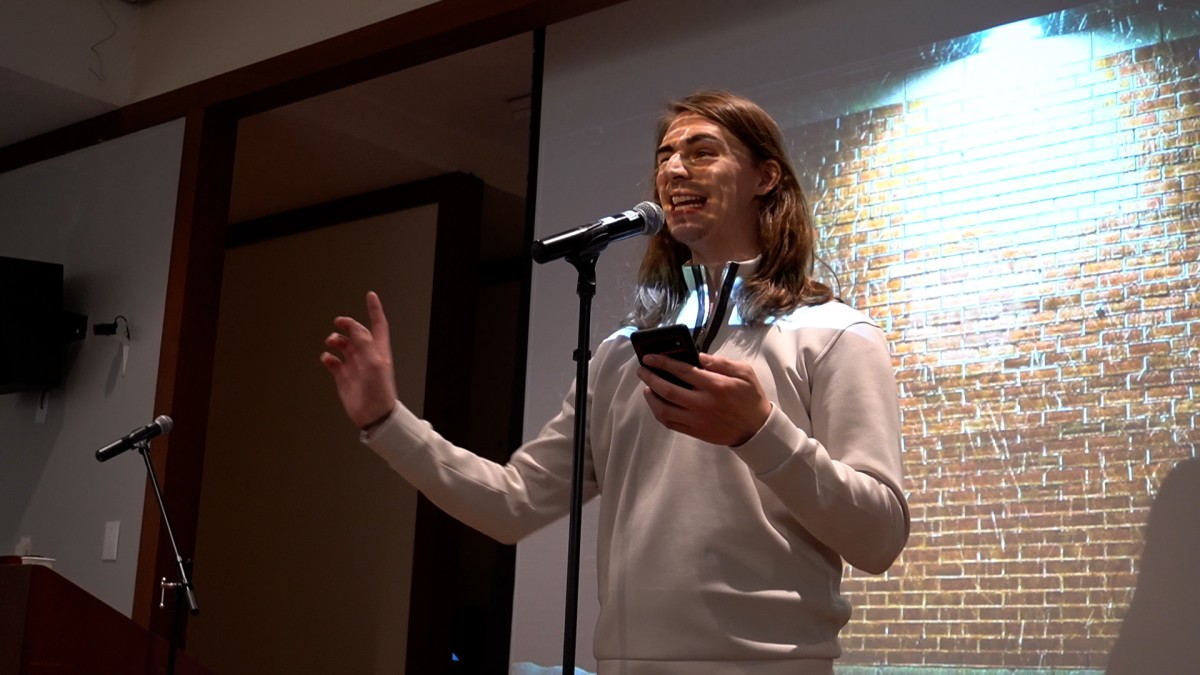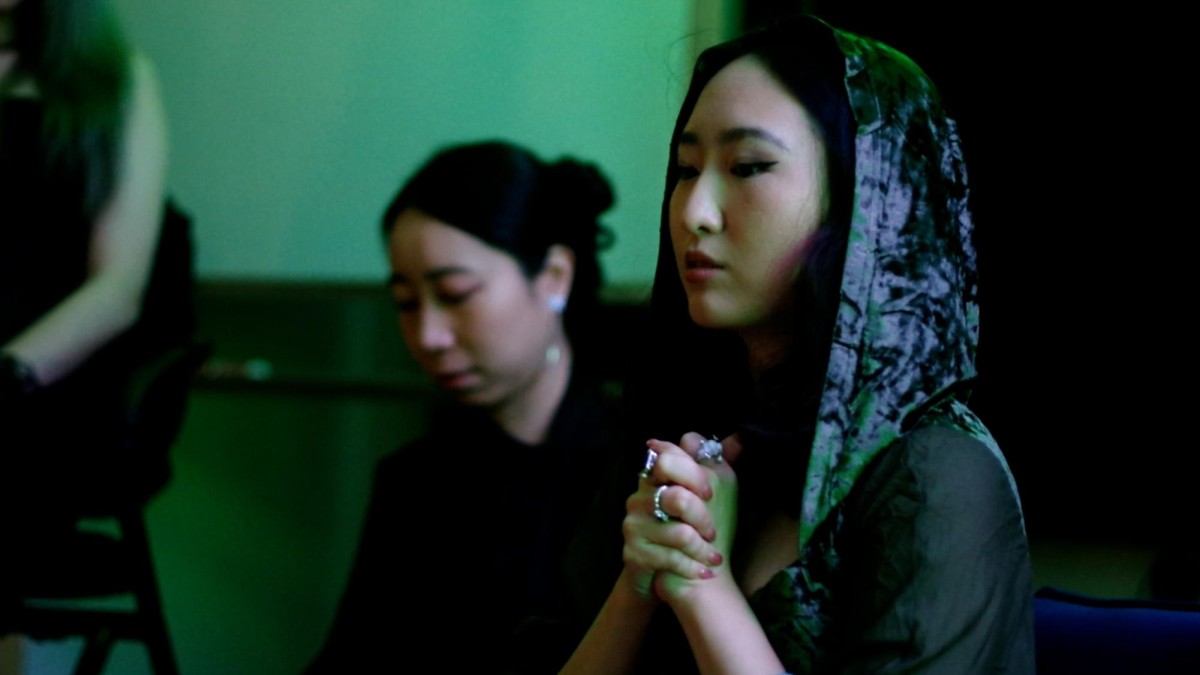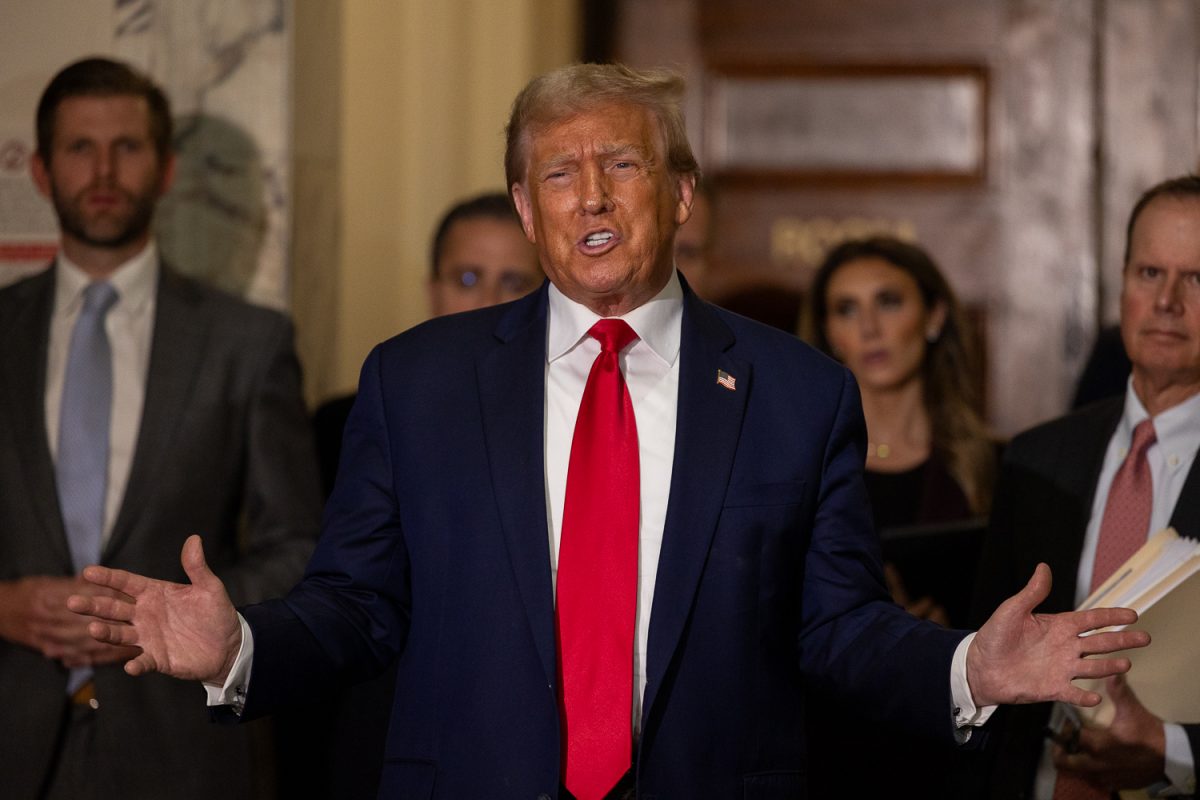Just days into his second term, President Donald Trump signed executive orders that will change the fundamental principles of the United States as we know it. In an alarming string of executive orders, Trump has removed the United States from the World Health Organization and the Paris Climate Agreement, attempted to end birthright citizenship and ordered all executive departments and agencies to lay off their diversity, equity and inclusion staff.
People all over the country are feeling the immediate effects of Trump’s new directives — from U.S. Immigration and Customs Enforcement raids in Chicago to sending US troops to the Texas border. While New York City has often been seen as a progressive stronghold that stands in resistance to right-wing policies, it is not immune to Trump’s agenda. New York faces threats that could roll back progressive social gains and fundamentally redefine the city’s operations. The president has already clashed with state policy, started mass deportations and attacked education, affordable housing and reproductive rights.
Mass deportation
New York City is one of the biggest sanctuary cities in the United States and is home to around 676,000 undocumented immigrants. The term sanctuary city refers to places that have implemented policies that limit cooperation with federal agencies like ICE to protect undocumented immigrants from federal immigration enforcement that seeks to detain or deport them. The fear instilled by ICE has resulted in many undocumented residents avoiding public services, seeking medical care or reporting crimes due to the fear of deportation. By implementing sanctuary policies, more trust is built between immigrant communities and local governments, which leads to cooperation with law enforcement, safer communities and improved public health. Trump, however, has repeatedly denounced sanctuary cities, claiming that they are providing a “safe harbor to some of the most vicious and violent offenders on earth.”
ICE raids are set to escalate in the first weeks of the president’s second term, mirroring the spike in raids and arrests during his first. To combat this during his last term, the city responded with initiatives like the New York Immigrant Family Unity Project, which provides free legal representation to detained, low-income immigrants living in New York City and the Immigration Equal Protection and Sanctuary City Resolution, which limits information sharing between local law enforcement and ICE. In retaliation, Trump issued Executive Order 13768, threatening to withhold federal funding from sanctuary cities.
As Trump vows to double down on illegal immigration in his second term, Mayor Eric Adams has positioned himself as an ally to the administration, calling for changes to the city’s long-held sanctuary policies. With New York City leadership not attempting resistance efforts, the future for migrants is unclear.
On Jan. 22, the Department of Justice called for investigations into local and state officials who stand in the way of immigration enforcement. The Trump administration has also said that it will now allow ICE raids in previously protected spaces, such as schools, daycare centers, places of worship, hospitals and other healthcare facilities. New York City public schools have been preparing their staff for potential run-ins with ICE agents, reminding them that agents are not allowed on school grounds. Nearly 40,000 migrant children have enrolled in the city’s public schools since July 2022.
The returning administration also threatens international students in university by jeopardizing their visas. New York City is a hub for international students, especially with schools like NYU, which hosted over 27,000 international students during the last academic year — more than any other school in the United States. Since the inauguration, students have been waiting in anticipation for the travel ban that Trump has promised to roll out, with universities urging students to return to the States before inauguration day.
To find out more about your rights if confronted by ICE, click here.
Affordable housing and assistance programs
With rising rents, a lack of public housing and a homelessness crisis that affects over 350,000 people, affordable housing is one of the most pressing issues in New York City.
The president has a lot of power over the budget of housing agencies like the U.S. Department of Housing and Urban Development, which oversees numerous programs New Yorkers rely on. During his first term, Trump proposed slashing the HUD budget, eliminating 250,000 Section 8 housing vouchers, which dramatically decrease homelessness, and the Public Housing Capital Fund, which covers public housing repairs. These cuts were thankfully not passed by the then largely Democratic Congress. The New York City Housing Authority faced steep federal funding cuts, leading to unsafe conditions and neglected repairs. One in 17 New Yorkers rely on these programs for their housing. Trump’s administration also weakened federal tenant protections, making it easier for landlords to evict low-income renters and leaving tenants with fewer options to challenge unfair practices. With a Republican-backed Congress, Trump’s 2025 agenda is likely to push work requirements and term limits for recipients of housing assistance — which have been proven not to work.
Project 2025 also calls for large cuts to health programs such as Medicaid and Supplemental Nutrition Assistance Program, which is currently up for renewal. During his first administration, Trump attempted to revoke SNAP eligibility for around 700,000 unemployed recipients. In his second term, Trump will likely attempt to impose stricter work requirements and spending caps on programs like SNAP, which lower participation rates dramatically.
Reproductive rights
Abortion has been legal in New York since 1970, years before Roe v. Wade legalized abortion throughout the country. Since then, the state has added further protections for abortion rights by codifying abortion access into law with the 2019 Reproductive Health Act. In the last election, voters approved Proposition 1, an amendment to the New York Constitution that protects abortion rights and access to reproductive health care under the state constitution. Currently, federal decisions to limit access to abortion will not impact New York City residents seeking one.
While these protections shield New Yorkers from immediate threats, a federal abortion ban under Trump could create significant challenges. The Supremacy Clause of the Constitution could theoretically override state laws, forcing New York to mount legal battles to maintain its protections. Additionally, Trump-appointed federal judges could weaken state protections through rulings designed to restrict abortion access nationwide.
Despite legality, accessibility remains a concern. New York has long been a haven for reproductive rights, one where many travel to get reproductive care that may be limited or restricted in their states. Due to this influx of patients, healthcare providers and clinics have been strained and are in need of expanded funding.
Resistance to an alt-right agenda
Resistance to such a regressive agenda requires vigilance and collective action. The city has often been a beacon of resilience — and it must remain one as Trump rolls out new policies that will impact our communities. As voters, New York City residents can ensure that Trump’s agenda is thwarted by electing officials who are committed to protecting migrants, women and the climate.
WSN’s Opinion section strives to publish ideas worth discussing. The views presented in the Opinion section are solely the views of the writer.
Contact Mehr Kotval at [email protected].

